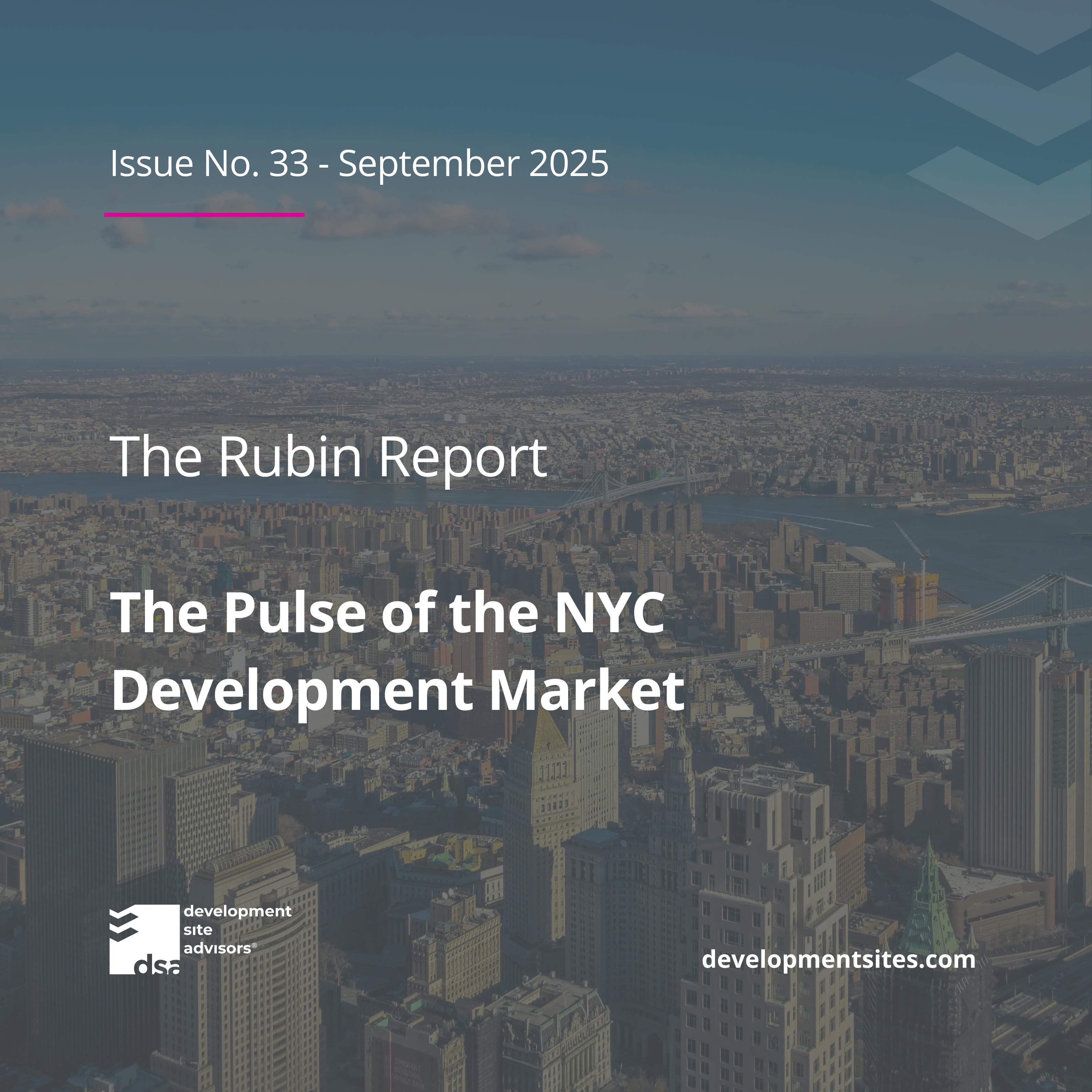
Rubin Report - The Pulse of the NYC Development / Issue No. 33 - September 2025
Welcome to Issue #33 of The Rubin Report: The Pulse of the NYC Development Market! It was a busy summer as it pertains to zoning in NYC. On September 3, 2025, The OneLIC Neighborhood Plan, slated to create 14,700 new homes including 4,300 permanently affordable units and 3.5m sf of new commercial & industrial space, was approved by the City Planning Commission. On August 14, 2025, The Midtown South Mixed-Use Plan, which hopes to generate 9,700 new homes including 2,800 permanently affordable units across 42-blocks, was adopted by the City Council.
Read More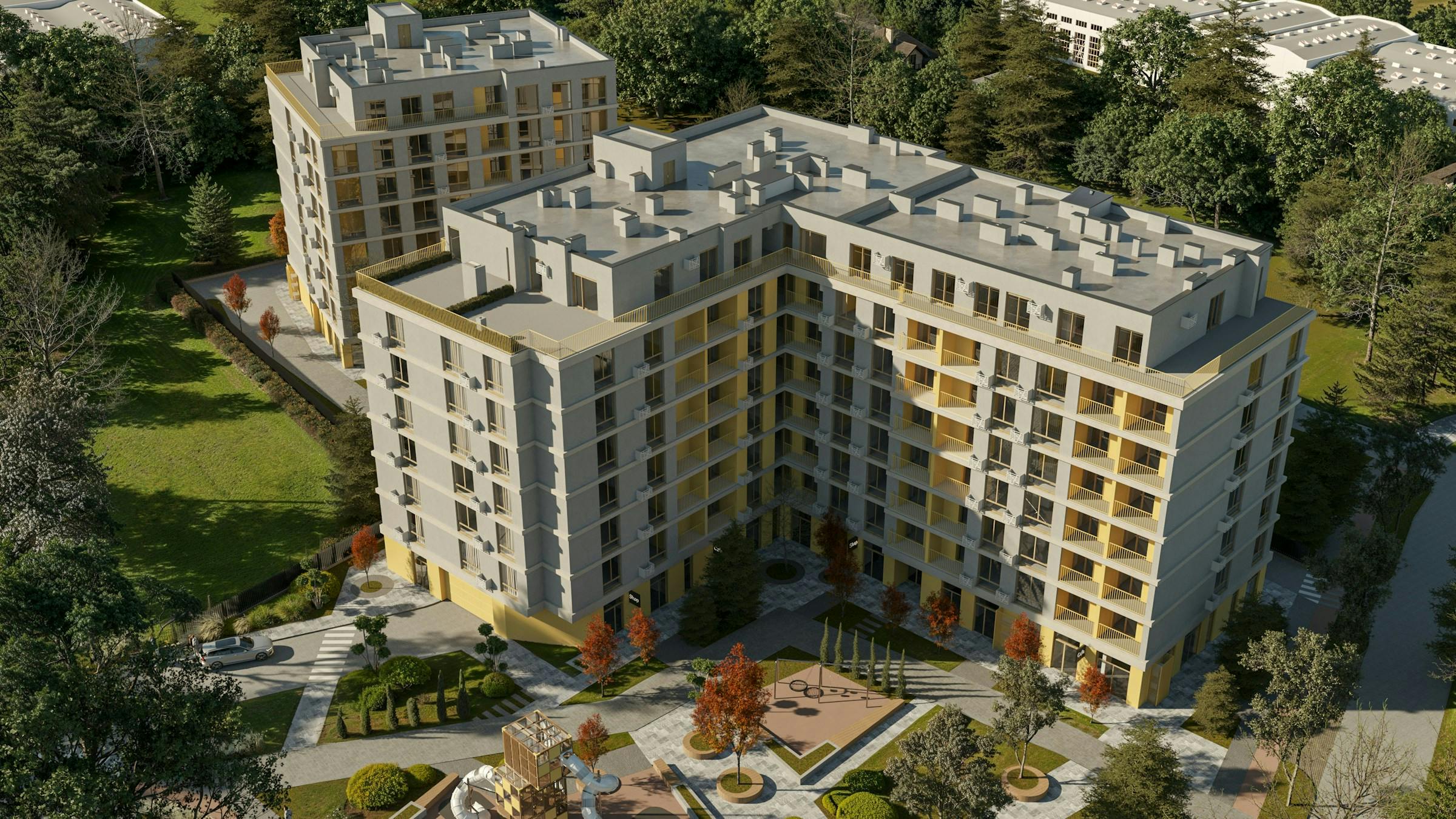
Inclusionary Housing in NYC: Voluntary vs. Mandatory Programs Explained
Inclusionary Housing is one of New York City’s most powerful tools to promote mixed-income communities while incentivizing development. By offering floor area bonuses in exchange for affordable housing, the program aligns public policy goals with private development incentives. But not all Inclusionary Housing is created equal. Understanding the distinction between Voluntary and Mandatory Inclusionary Housing (MIH)—and how each applies—is critical for developers looking to navigate land use, financing, and unit mix strategy effectively.
Read More
Mixed-Use Development in NYC: Integrating Residential, Commercial & Community Facility Uses
In a city as complex and vertically layered as New York, mixed-use development is more than a trend—it’s an essential planning and investment strategy. Zoning regulations across all five boroughs allow for the integration of residential, commercial, and community facility uses within a single building or on a single zoning lot, provided the use group allowances are properly navigated. With the rise of transit-oriented development, walkable neighborhoods, and 24-hour districts, mixed-use projects offer developers the ability to diversify income streams, mitigate risk, and meet evolving community needs.
Read More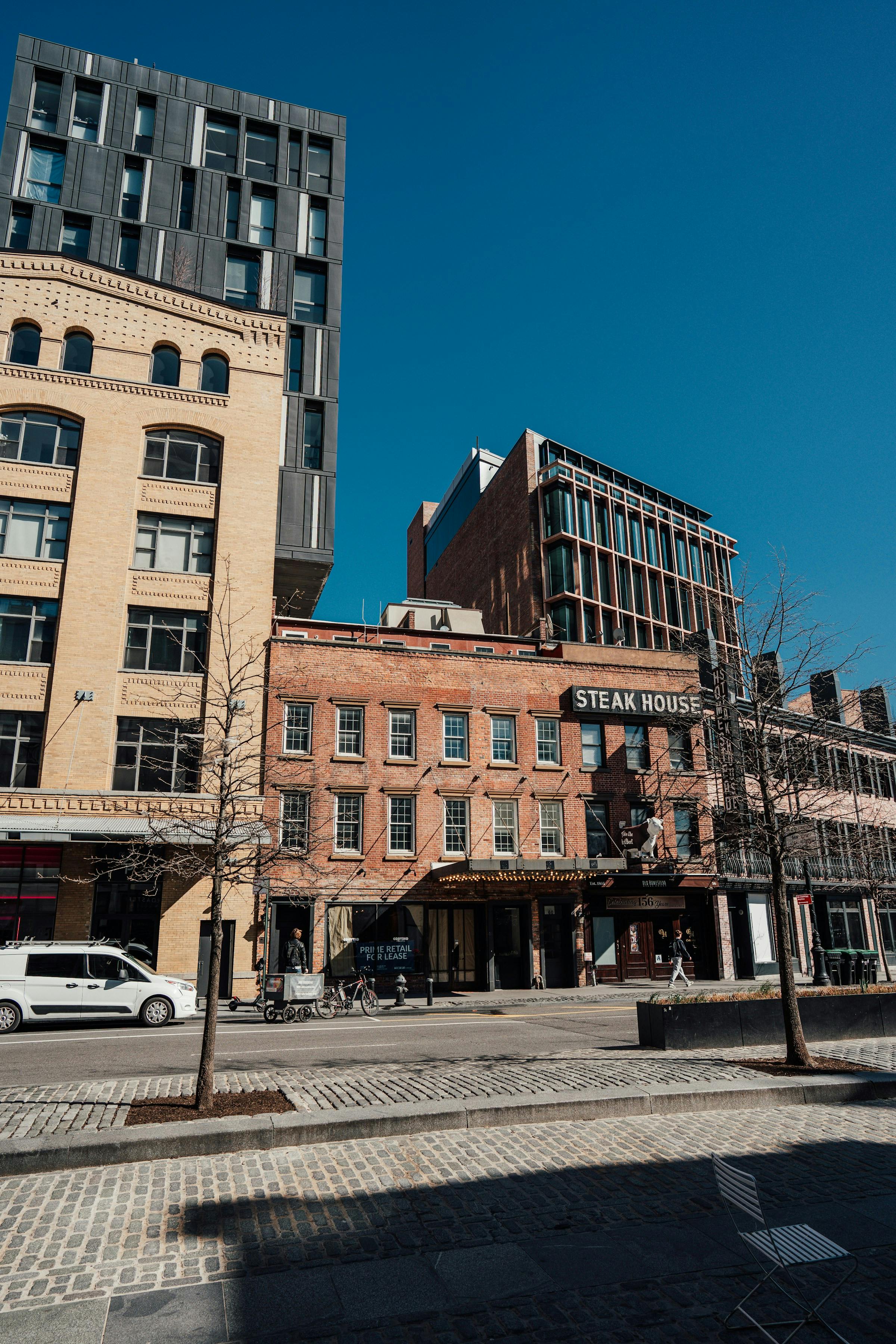
Rezoning & ULURP: Timeline, Process & Strategy
In the dense, tightly regulated landscape of New York City development, land use is not static. When a site’s underlying zoning doesn’t support a proposed project—whether due to use restrictions, density caps, or outdated regulations—rezoning becomes a necessary and often high-stakes pathway forward. Rezoning in NYC typically proceeds through the Uniform Land Use Review Procedure (ULURP), a legally defined public review process that can reshape neighborhoods, unlock development potential, or add significant value to a property. But with opportunity comes complexity.
Read More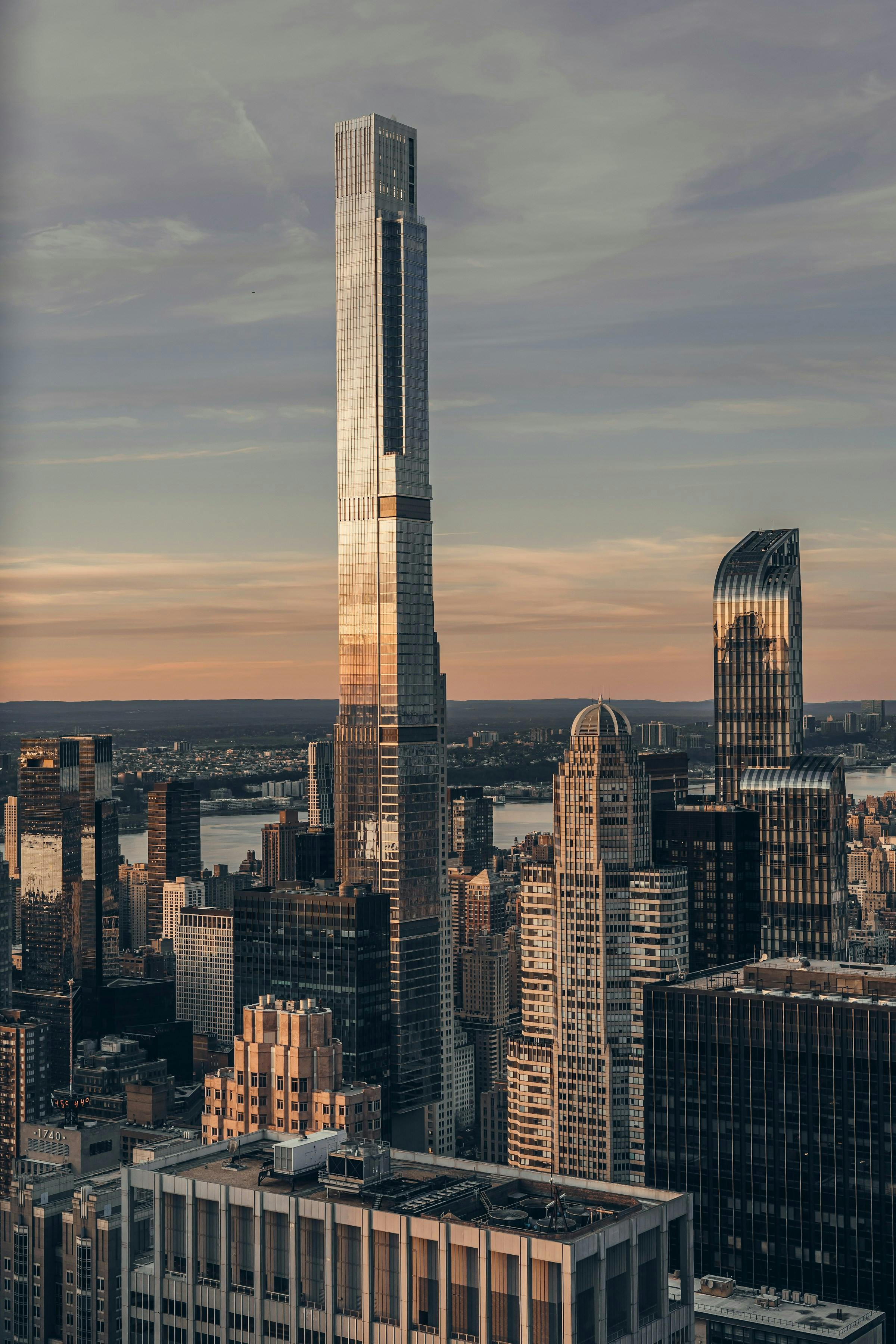
Transfer of Development Rights (TDRs): Trading Air Rights for Value
In a dense, built-out city like New York, land is finite—but floor area is a tradable asset. Through the Transfer of Development Rights (TDR) program, also known as “air rights transfers,” property owners can sell unused development potential from one lot to another, creating value where physical expansion isn’t possible. For developers, TDRs represent a powerful tool to increase allowable bulk, aggregate larger development footprints, and unlock value in constrained zoning environments. But the process is highly regulated and requires strategic guidance to execute successfully.
Read More
Zoning Lot Mergers: Creating Value Without Rezonings
In a city where every square foot counts, smart developers know that zoning potential isn’t limited to what lies within a single tax lot. Through Zoning Lot Mergers, it’s possible to create additional development rights—and unlock hidden value—without going through a formal rezoning or ULURP process. Zoning lot mergers have long been a quiet yet powerful tool in the NYC development playbook. When executed strategically, they allow for greater bulk, taller buildings, and creative massing configurations—all within the bounds of existing zoning law.
Read More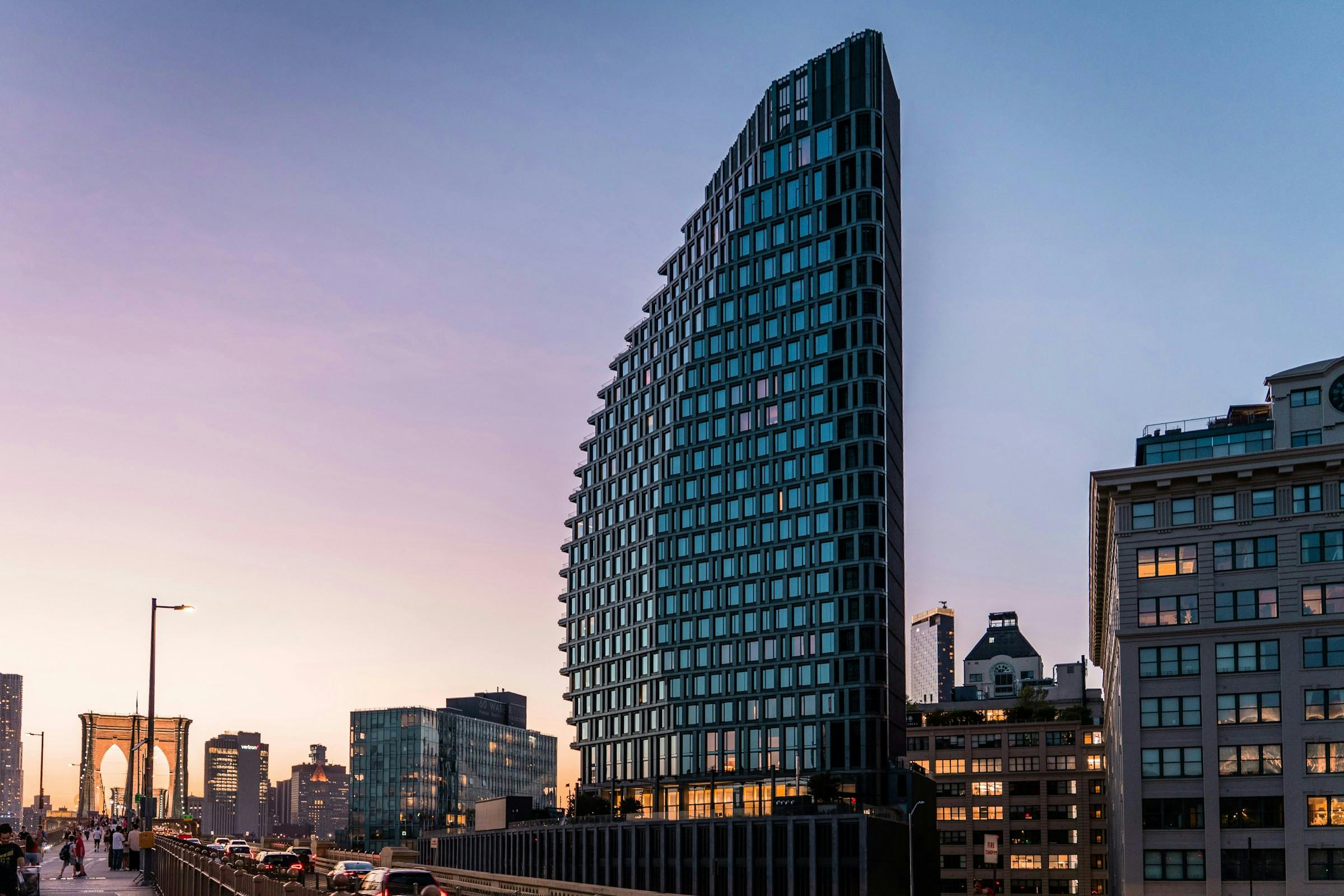
Understanding FAR: Floor Area Ratio Demystified
In New York City real estate development, few zoning metrics carry more weight than Floor Area Ratio (FAR). FAR determines how much total building area you can construct on a given zoning lot—and directly influences site valuation, design strategy, and investment viability. For developers, brokers, and owners alike, understanding how FAR works is fundamental to unlocking the true potential of any property.
Read More
Rubin Report - The Pulse of the NYC Development / Issue No. 32 - August 2025
Why do I put out this report? Let me take you back for a moment. I started my real estate career in 1998, 27 years ago, selling & renting residential properties mostly across the borough of Queens. I pivoted 100% into commercial real estate, specifically Investment Sales, after a Google search for “Top Commercial Real Estate Firms in NYC.” That led me to my first interview at the famed Massey Knakal Realty Services, at 275 Madison Avenue, on a summer day in 2006. (Ironically, that’s now the very office building where Development Site Advisors is headquartered!) I won that job, got issued a territory (Astoria, Sunnyside & Woodside at the time with 2,516 targeted properties) and the rest as they say is history.
Read More
Height Factor vs. Quality Housing: Understanding NYC’s Dual Design Paths
When developing residential buildings in New York City, the zoning envelope isn't determined by FAR alone. Two distinct frameworks—Height Factor and Quality Housing regulations—govern the form, bulk, and livability of new construction across most medium- and high-density residential districts. Understanding when and how each applies is critical for optimizing site yield and design strategy. For developers, this decision can affect everything from unit count and ceiling heights to marketing value and construction costs.
Read More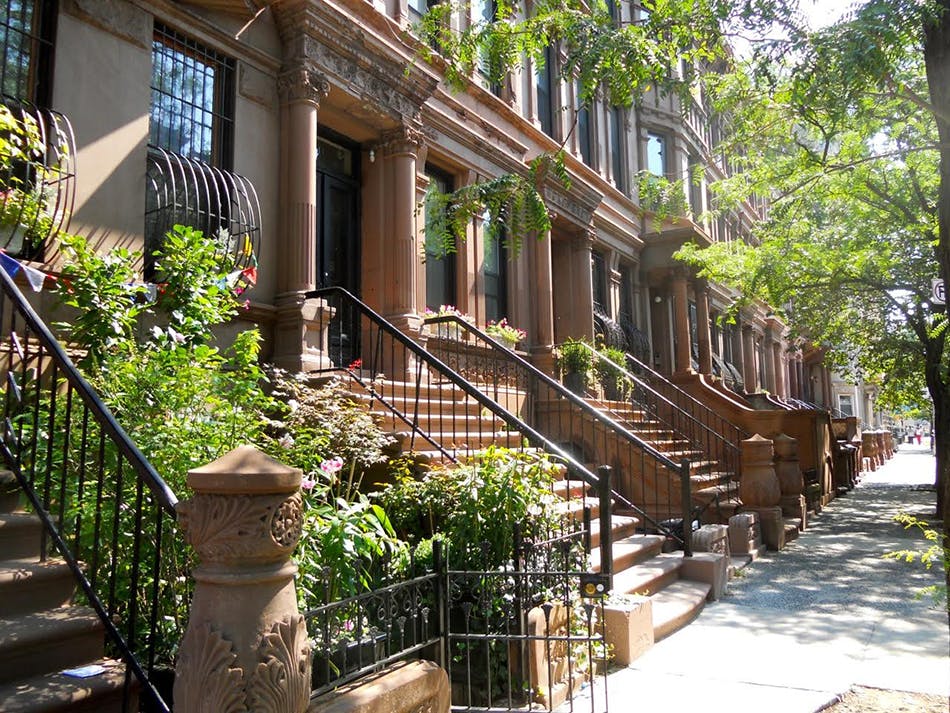
Floating Zones & Special Purpose Districts: Tailoring Zoning to Local Needs
While NYC’s base zoning districts provide a broad regulatory framework, the city often applies more nuanced zoning tools to address neighborhood-specific goals. Two of the most powerful among these are Floating Zones and Special Purpose Districts (SPDs). Both mechanisms allow for targeted zoning overlays or modifications without altering the underlying zoning district entirely.
Read More
Use Groups & Use Tables: How NYC Regulates Land Use
Behind every zoning district lies a detailed system that defines what you can (and cannot) do with a given property. These classifications are governed by Use Groups—an essential tool in New York City zoning that determines allowable land uses across Residential, Commercial, and Manufacturing districts.
Read More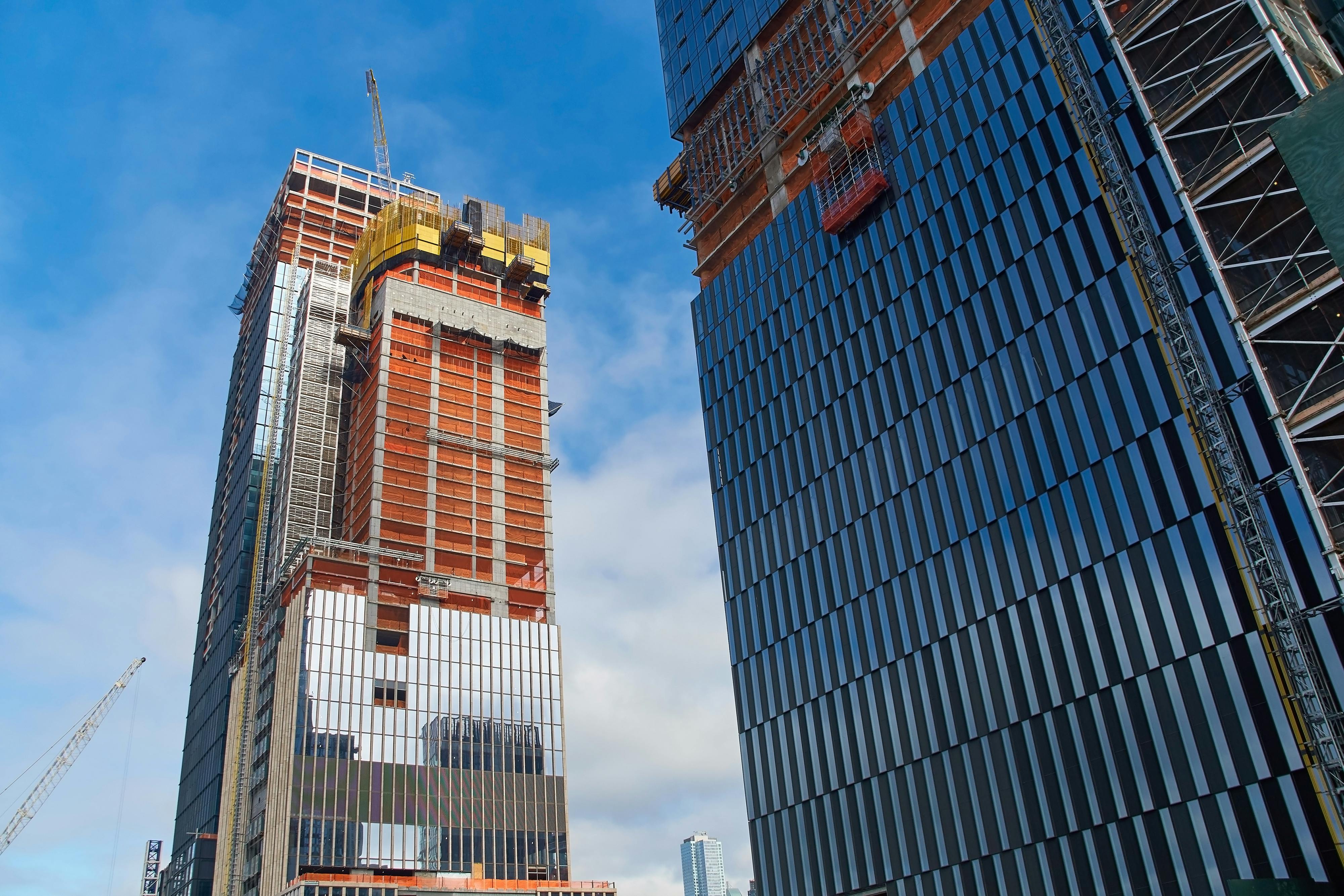
Zoning Districts Explained: Residential, Commercial & Manufacturing in NYC
New York City’s zoning framework is organized into three primary district types—Residential (R), Commercial (C), and Manufacturing (M) — each with its own set of rules governing permitted uses, density, and building form. Understanding how these districts work is fundamental to identifying development potential and executing as-of-right projects.
Read More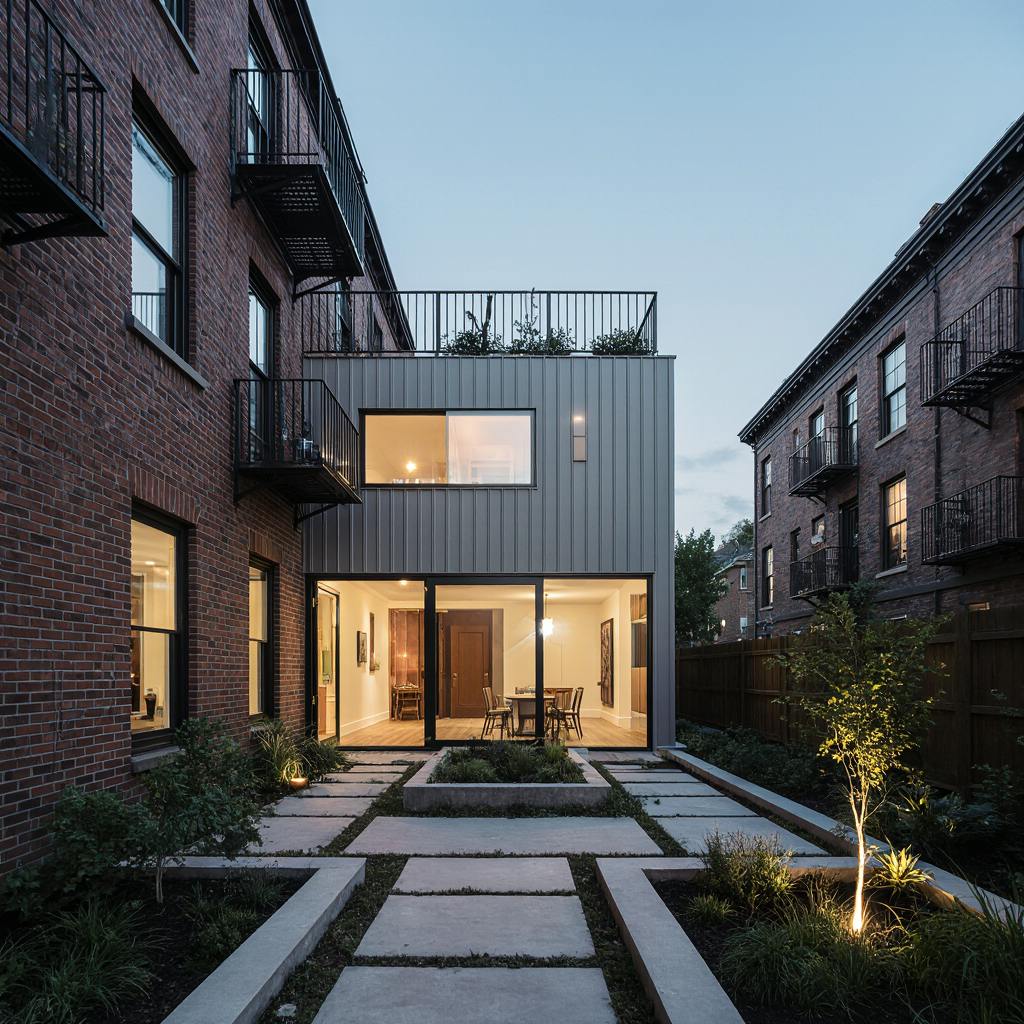
Unlocking Hidden Value: ADU Eligibility in Low-Density Zones
New York City’s City of Yes for Housing Opportunity zoning initiative marks one of the most significant zoning reform efforts in decades. Designed to address the city's chronic housing shortage, the plan enables incremental density across a broader range of neighborhoods—particularly through small-scale, as-of-right development solutions. A central feature of this initiative is the formal legalization of Accessory Dwelling Units (ADUs) as a residential typology across much of the city.
Read More
Bulk & Massing: How Zoning Shapes NYC’s Building Envelope
New York City’s skyline may seem organic, but it’s anything but accidental. Behind every setback, height limit, or rooftop angle lies a series of zoning regulations that define what developers can—and can’t—build on a given parcel. Known collectively as bulk and massing requirements, these controls form the framework of the city's "building envelope."
Read More
Conditional & Special Permits: When Development Requires More Than Zoning
While most projects in New York City aim to proceed “as-of-right,” not all development fits neatly into the zoning use tables. When a proposed use or bulk condition doesn't align with base zoning—but isn’t explicitly prohibited—it may fall into the category of conditionally permitted or require a special permit.
Read More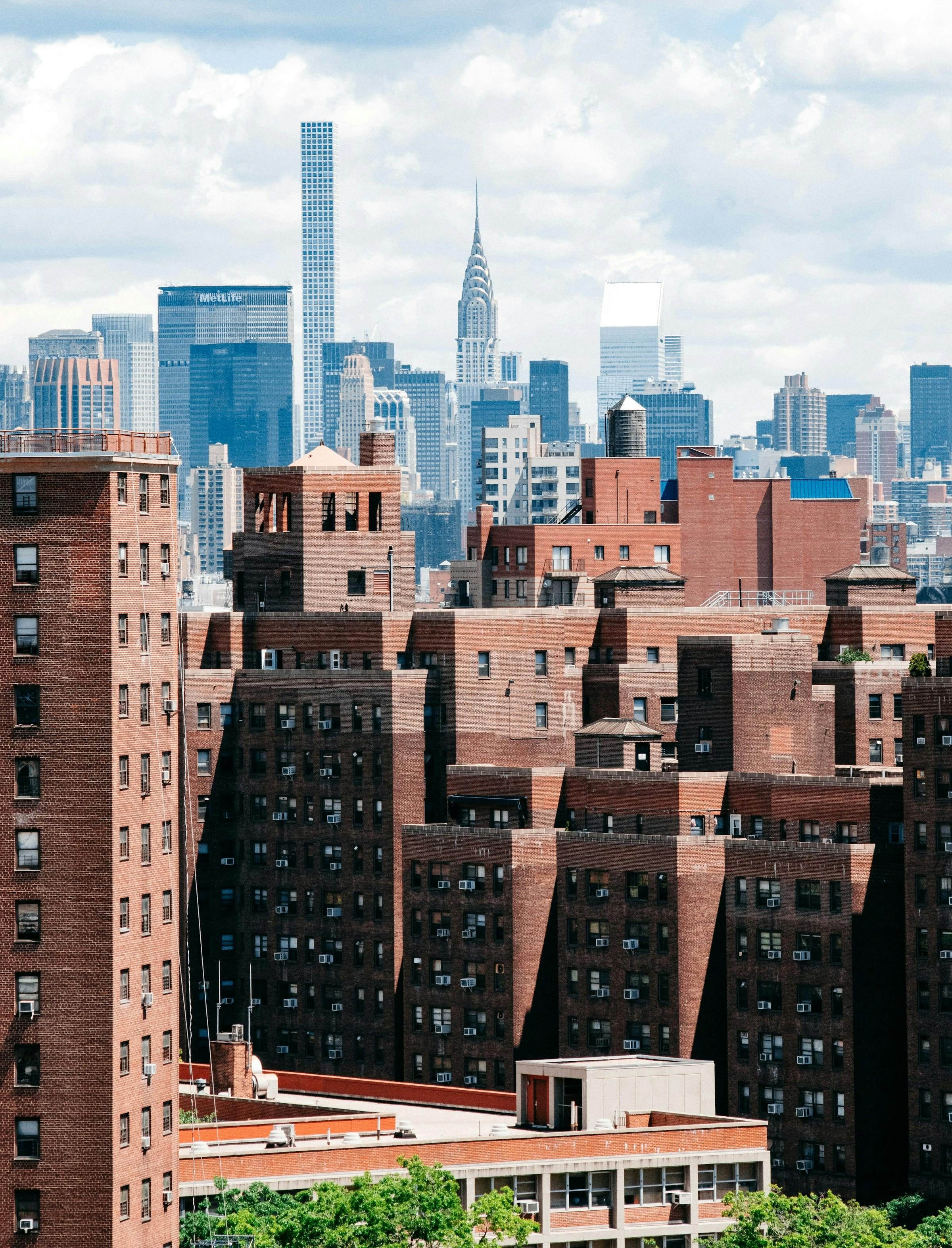
Inclusionary Housing Bonus Programs: Trading Density for Affordability
New York City’s housing challenges are as much about affordability as they are about supply. To address this, the city offers developers the opportunity to increase their project’s size in exchange for the creation or preservation of affordable housing. This exchange happens through the Inclusionary Housing (IH) Program, a central pillar of the zoning toolkit. For developers, understanding how to utilize the Inclusionary Housing Bonus—whether through the Voluntary Program, Mandatory Inclusionary Housing (MIH), or off-site mechanisms—can be the key to unlocking additional FAR and enhancing financial returns while contributing to the city’s long-term housing goals.
Read More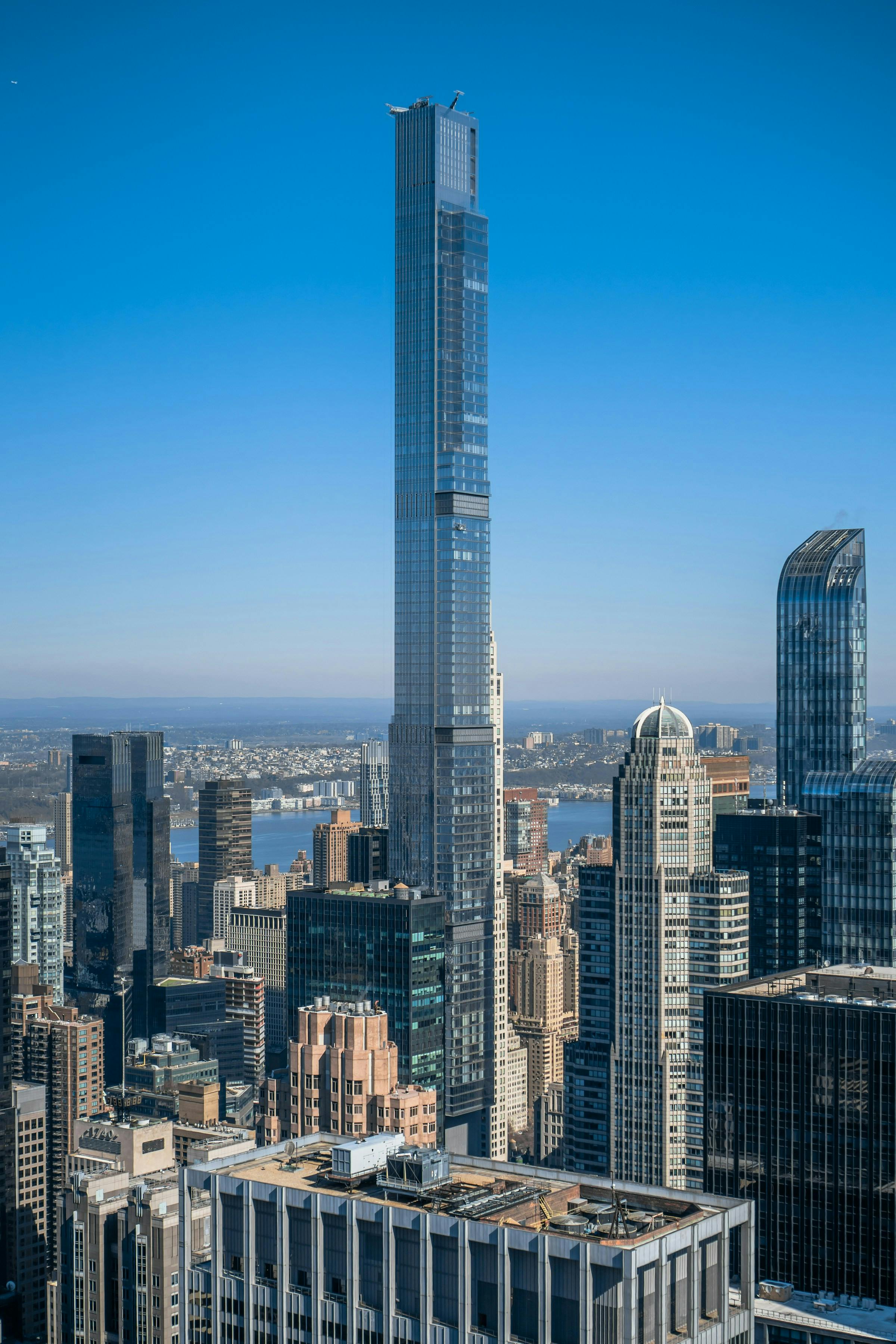
Transfer of Development Rights (TDRs): Trading Air Rights for Value
In a dense, built-out city like New York, land is finite—but floor area is a tradable asset. Through the Transfer of Development Rights (TDR) program, also known as “air rights transfers,” property owners can sell unused development potential from one lot to another, creating value where physical expansion isn’t possible.
Read More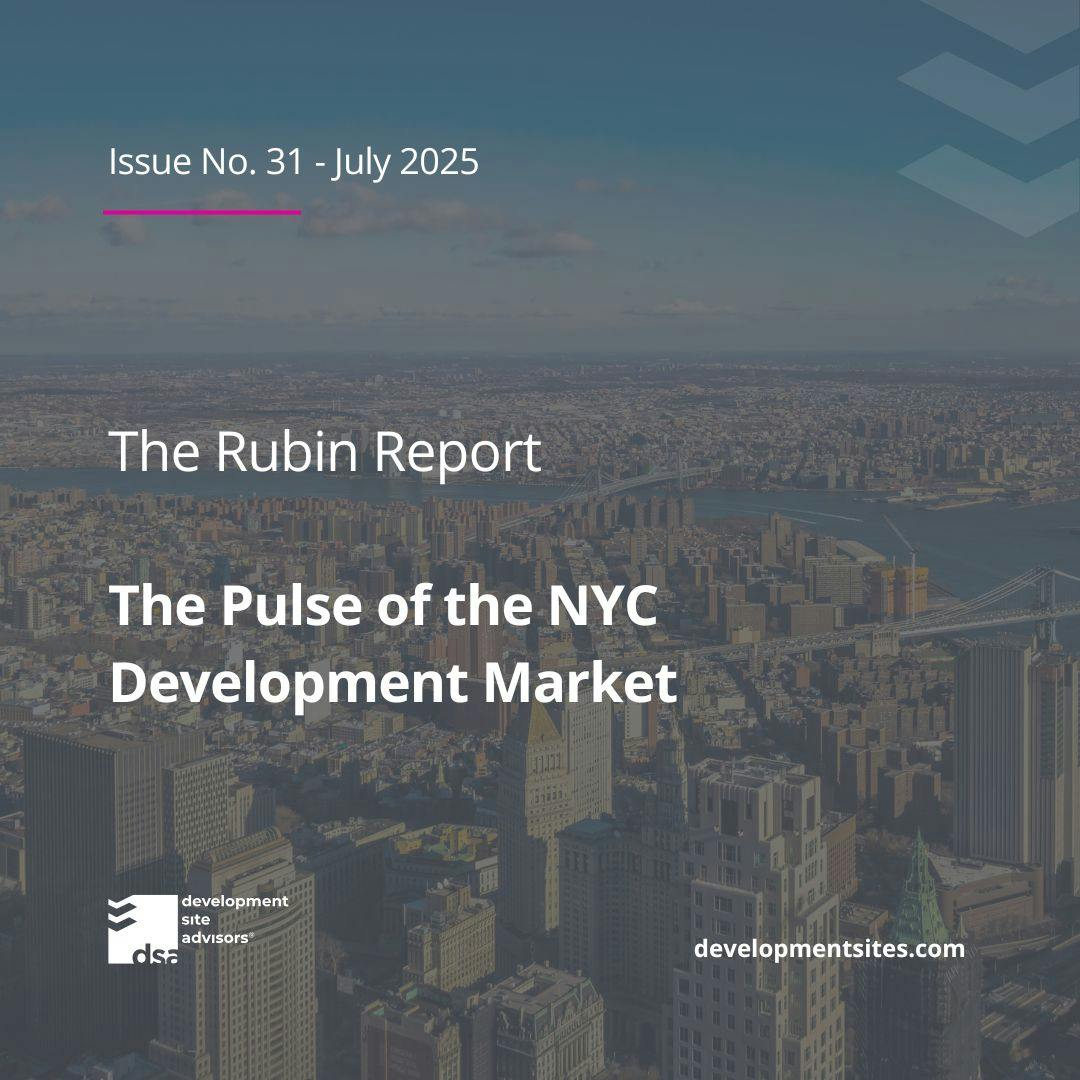
Rubin Report - The Pulse of the NYC Development / Issue No. 31 - July 2025
Welcome to Issue Number 31 of The Rubin Report: The Pulse of the NYC Development Market. This is where to come every month to learn about everything development, zoning & policy across the 5 boroughs.
Read More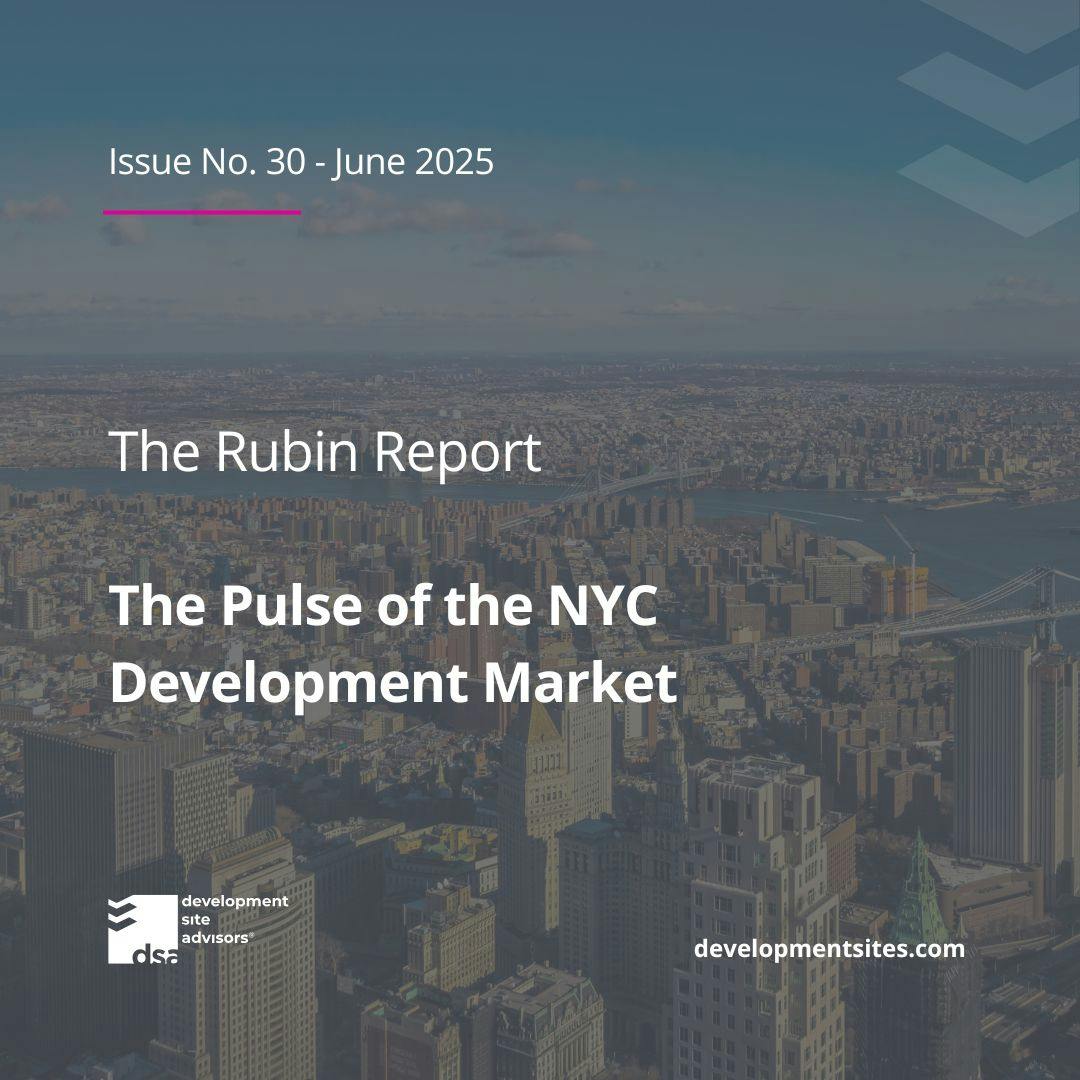
Rubin Report - The Pulse of the NYC Development / Issue No. 30 - June 2025
Welcome to Issue Number 30 of The Rubin Report: The Pulse of the NYC Development Market. This is where to come every month to learn about everything development, zoning & policy across the 5 boroughs. It has been a HOT and interesting start to this summer.
Read More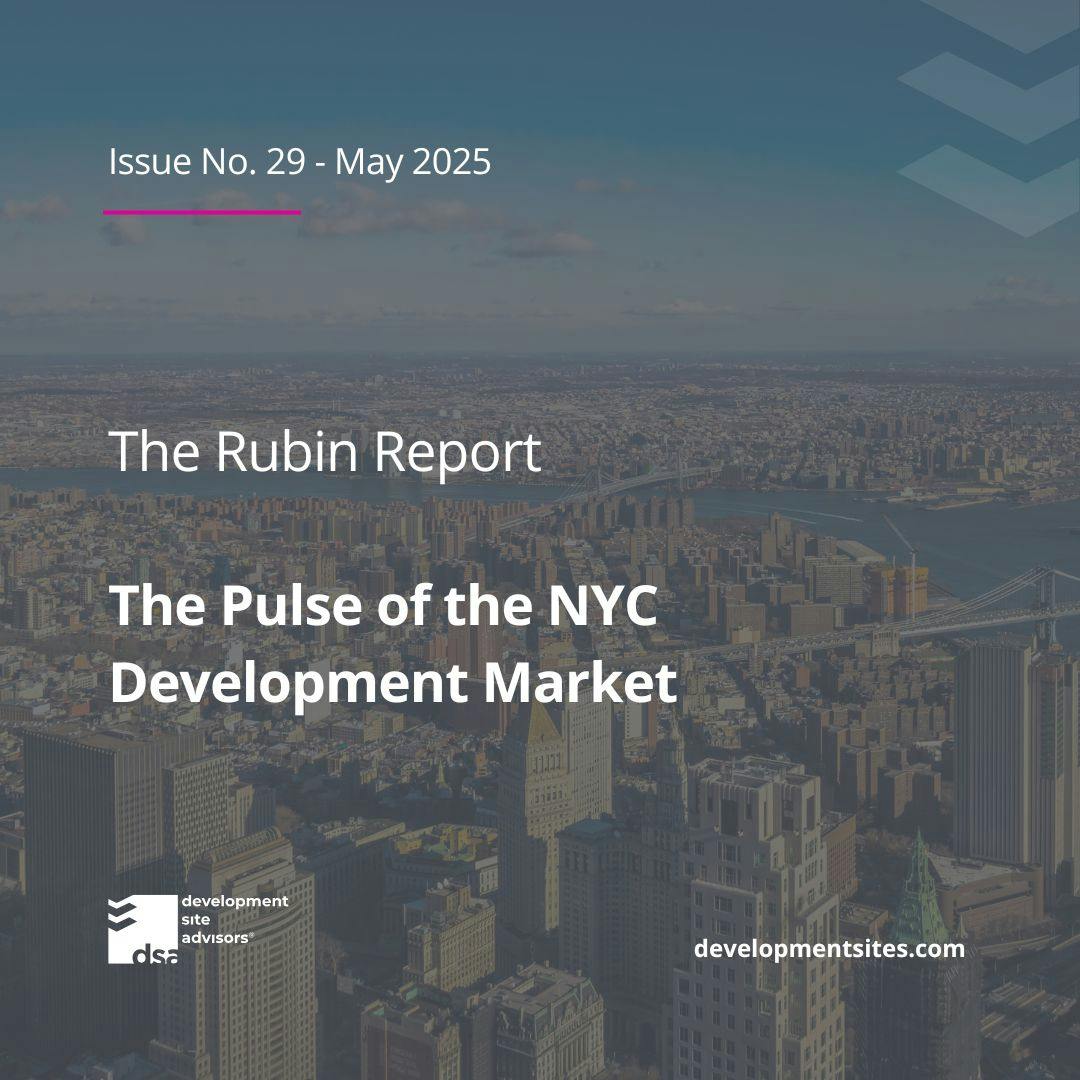
Rubin Report - The Pulse of the NYC Development / Issue No. 29 - May 2025
Welcome to Issue Number 29 of The Rubin Report: The Pulse of the NYC Development Market. The development site market is surging. At DSA we sold four (4) development sites, totaling north of $55 Million in just the last 60 days that accounts for well over 200,000 Zoning Floor Area (ZFA), with many more exclusively listed and also under hard contract. In this report I also cover 50 New Building and Major Alteration Development Projects filed in just the last 3 weeks alone. These filings account for over 6.1 million ZFA and over 3,000 Dwelling Units.
Read More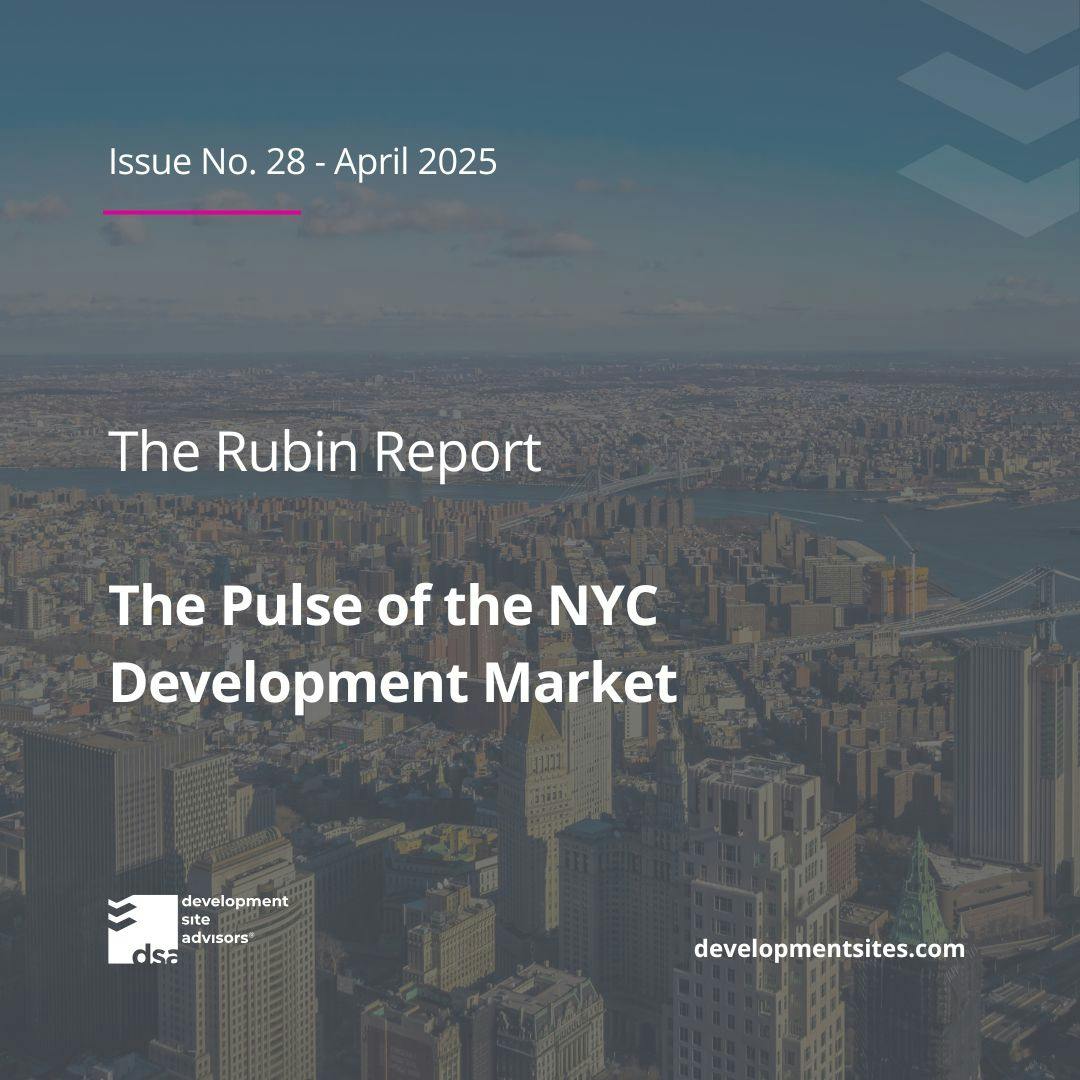
Rubin Report - The Pulse of the NYC Development / Issue No. 28 - April 2025
Welcome to Issue #28 of The Rubin Report, and with it, a new & exciting layer of insider insight. Introducing: Developer Dirt: The Rumblings, Concerns and Real Talk from NYC’s Developers. This is where you’ll hear what local developers are really saying: what’s keeping them up at night, what they’re up against with red tape, what’s breaking their proformas, and what’s still driving deals. From rising costs to red tape, Developer Dirt brings you raw, unfiltered sentiment straight from the front lines of New York City development (anonymously of course). In This Issue: We just sold a $38,500,000 development site in Midtown, 7 new building filings in Manhattan and Queens, today’s financial market snapshot, debut of Developer Dirt! Coming soon: Our Spring 2025 Development Whitepaper!!! If you’re in or around the NYC development world, this is your pulse check. Wishing you and your families a meaningful Passover and Easter holiday.
Read More
DEVELOPMENT SITE ADVISORS® ZONING HANDBOOK | CITY OF YES EDITION, VOLUME 1
The City of Yes for Housing Opportunity initiative represents a bold and transformative vision for New York City’s future. As the most significant overhaul of the city’s zoning laws since the 1961 Zoning Resolution, this initiative aims to address the city’s growing housing crisis by modernizing zoning regulations, encouraging inclusive development, and promoting sustainability. For over six decades, New York City’s zoning framework has shaped urban growth, balancing density and community character. However, as the city has evolved, so too have its challenges. The City of Yes initiative removes outdated barriers and adapts zoning regulations to better reflect contemporary urban needs, ensuring the city remains adaptable, equitable, and sustainable.
Read More
Rubin Report - The Pulse of the NYC Development / Issue No. 27 - March 2025
Development is rolling. Since January 2025, we’ve already made some incredible strides here at Development Site Advisors®: one development site just sold for $5.25M (40K ZFA), Seven (7) more sites Under Hard Contract totaling 420,146 ZFA representing $80M in sales volume. In addition to that, we were retained exclusively on another eight (8) development sites with a total value of $93.85M and 420,586 ZFA. If you own a property that has development potential or you are looking to develop, we should be speaking. The smartest place to sell a development site, is also the smartest place to buy a development site.
Read More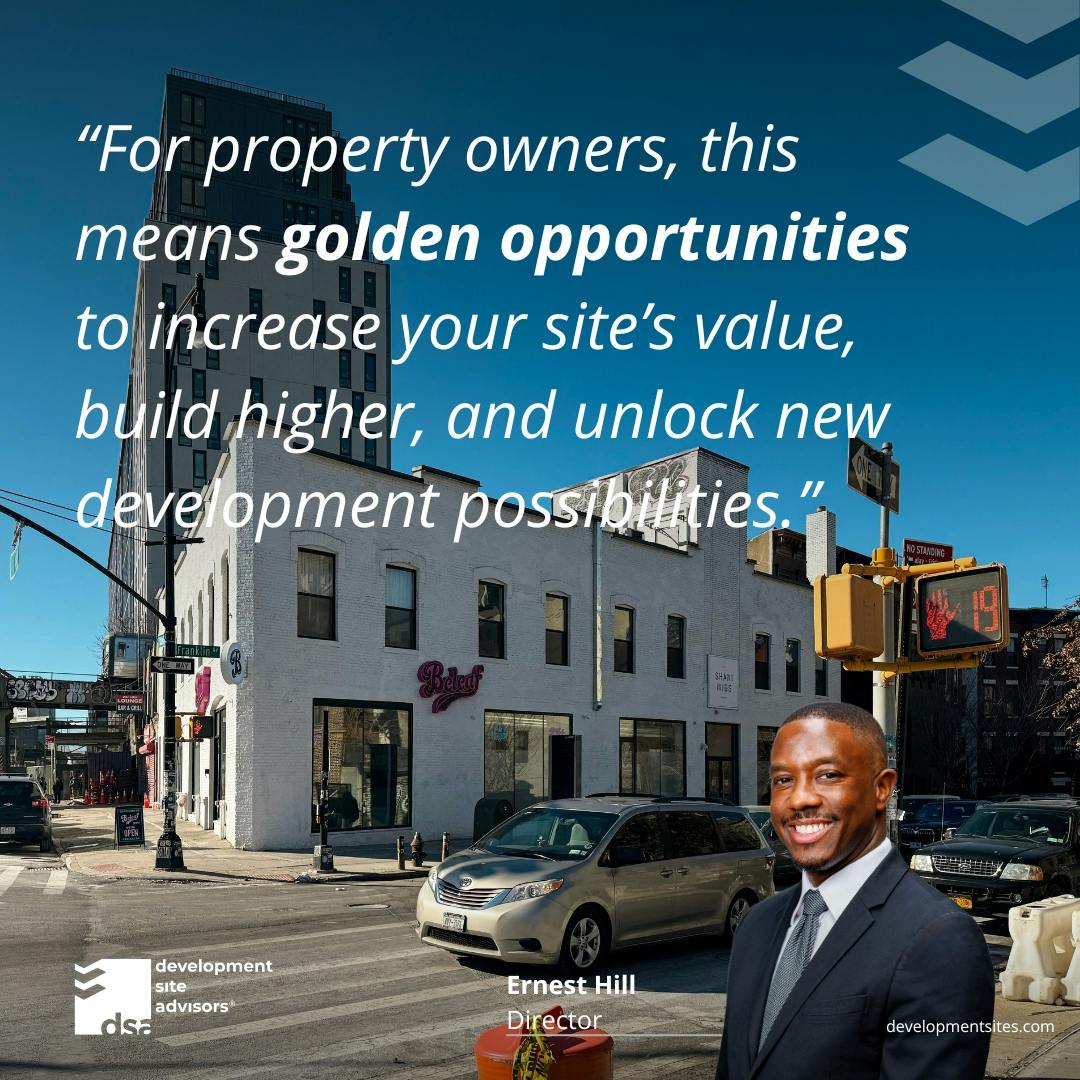
BROOKLYN’S ATLANTIC AVENUE MIXED-USE PLAN: A GOLDEN TICKET FOR PROPERTY OWNERS
If you own property along Atlantic Avenue or nearby, you’ve probably heard about the Atlantic Avenue Mixed-Use Plan (AAMUP). If not, let me be the first to tell you: you’re sitting on what could soon feel like a winning lottery ticket. This huge rezoning proposal is shaking things up (in a good way), and if you play your cards right, you could be looking at bigger buildings, higher property values, and new development possibilities. But like most opportunities, you’ve got to know the rules of the game to make the most of it. Let’s break it down, and I promise, no boring zoning jargon.
Read More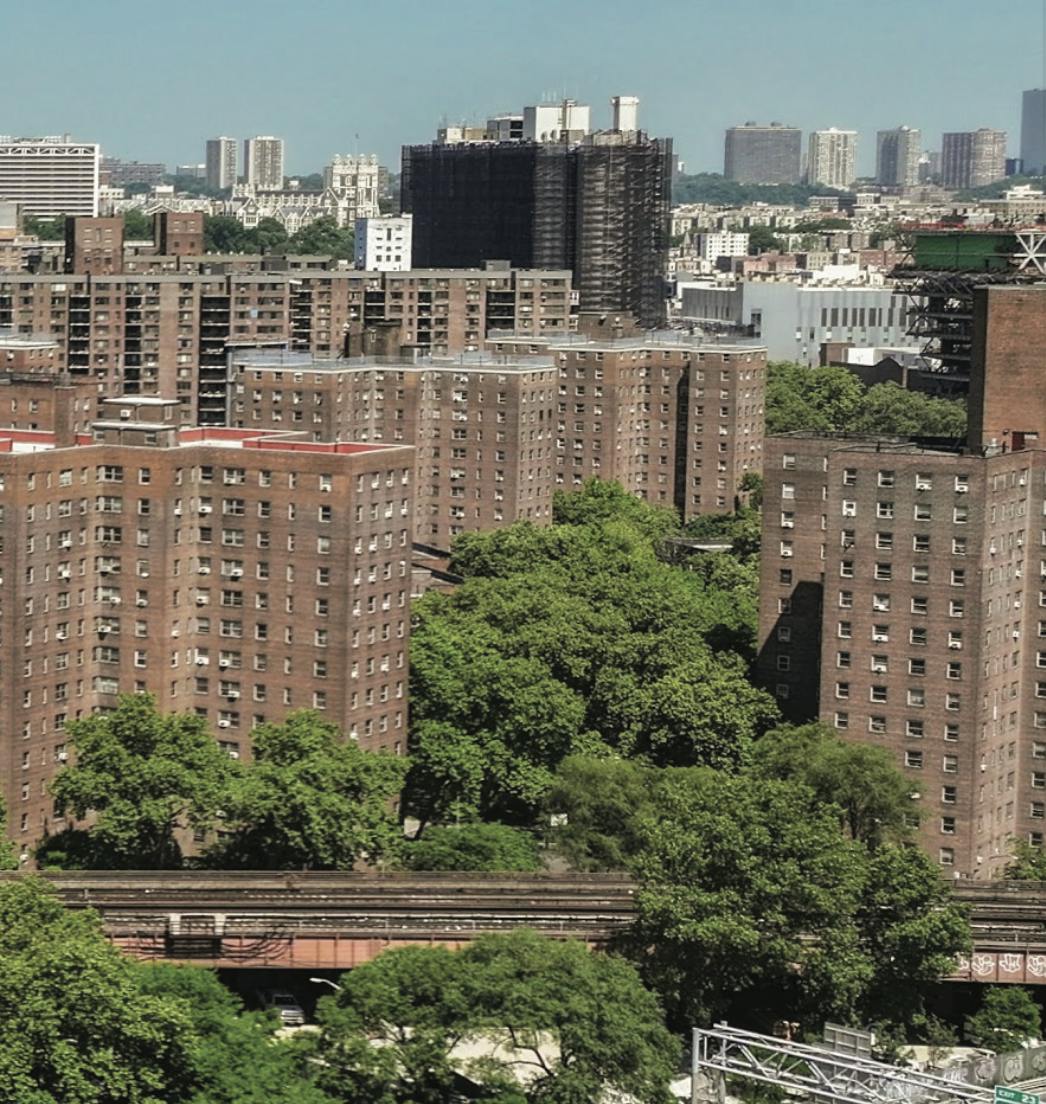
467-M AND CITY OF YES
New York City is at a pivotal moment in its approach to housing and urban redevelopment. As the demand for affordable housing continues to grow, the city is taking decisive action to create new opportunities for residential development while maintaining its economic vitality. The City of Yes for Housing Opportunity initiative and the 467- M tax incentive program represent two powerful tools designed to transform the city housing market.
Read More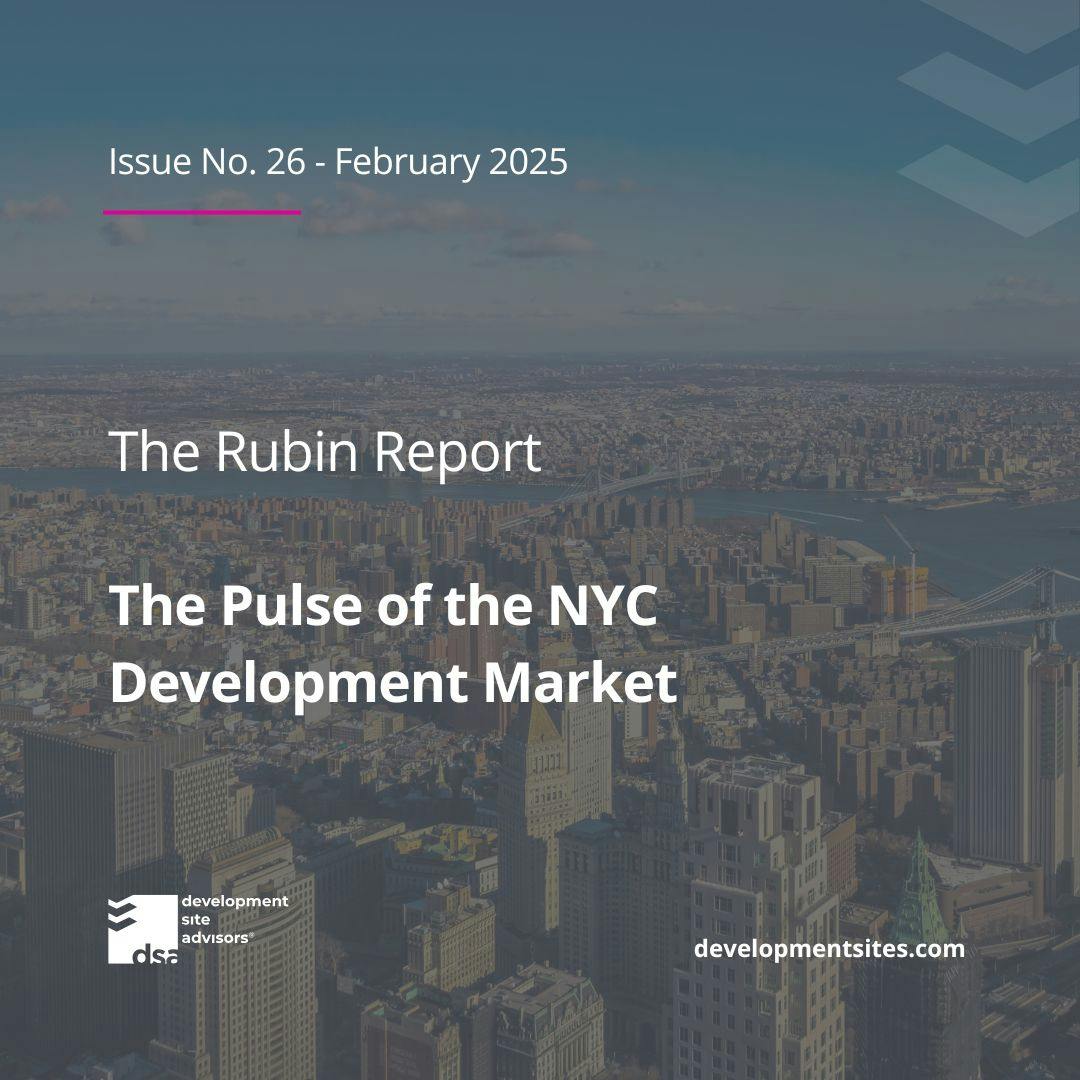
Rubin Report - The Pulse of the NYC Development / Issue No. 26 - February 2025
I’m pleased to present you with issue Number 26 of The Rubin Report: The Pulse of the NYC Development Market. In this issue: An Updated Breakdown of NYC Zoning Initiatives, Today’s financial market snapshot, Download a copy of The Development Site Advisors® Zoning Handbook: City of Yes Edition. Vol. 1, New York City Charter Revision Commission Update, New Building Filings in Manhattan & Queens
Read More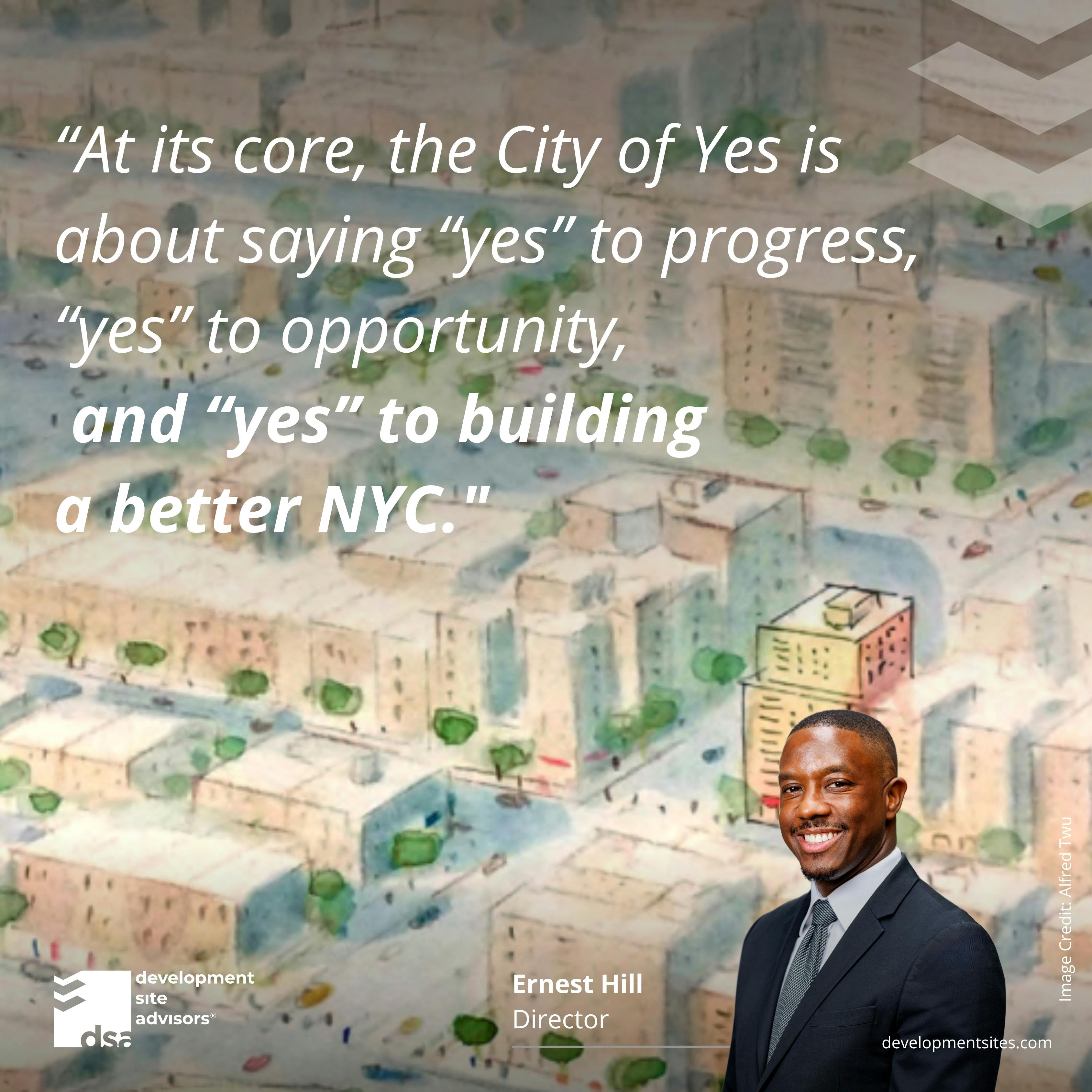
The City of Yes: How New York City is Giving East New York and Brownsville a Major Glow-Up
Ladies and gentlemen, New York City is rolling out its boldest plan yet, and it’s called the City of Yes. Now, if you’re thinking, “That sounds like a motivational poster,” you’re not wrong. But unlike that dusty framed quote hanging in your office break room, this initiative is actually making a difference. It’s rewriting the rules to tackle NYC’s housing, economy, and climate challenges.
Read More
Rubin Report - The Pulse of the NYC Development / Issue No. 25 - January 2025
Welcome to Issue 25 of The Rubin Report: The Pulse of the NYC Development Market; with a special video dive into my firm & how it could be of value to you (if you want to buy, sell, borrow or build on a development site).
Read More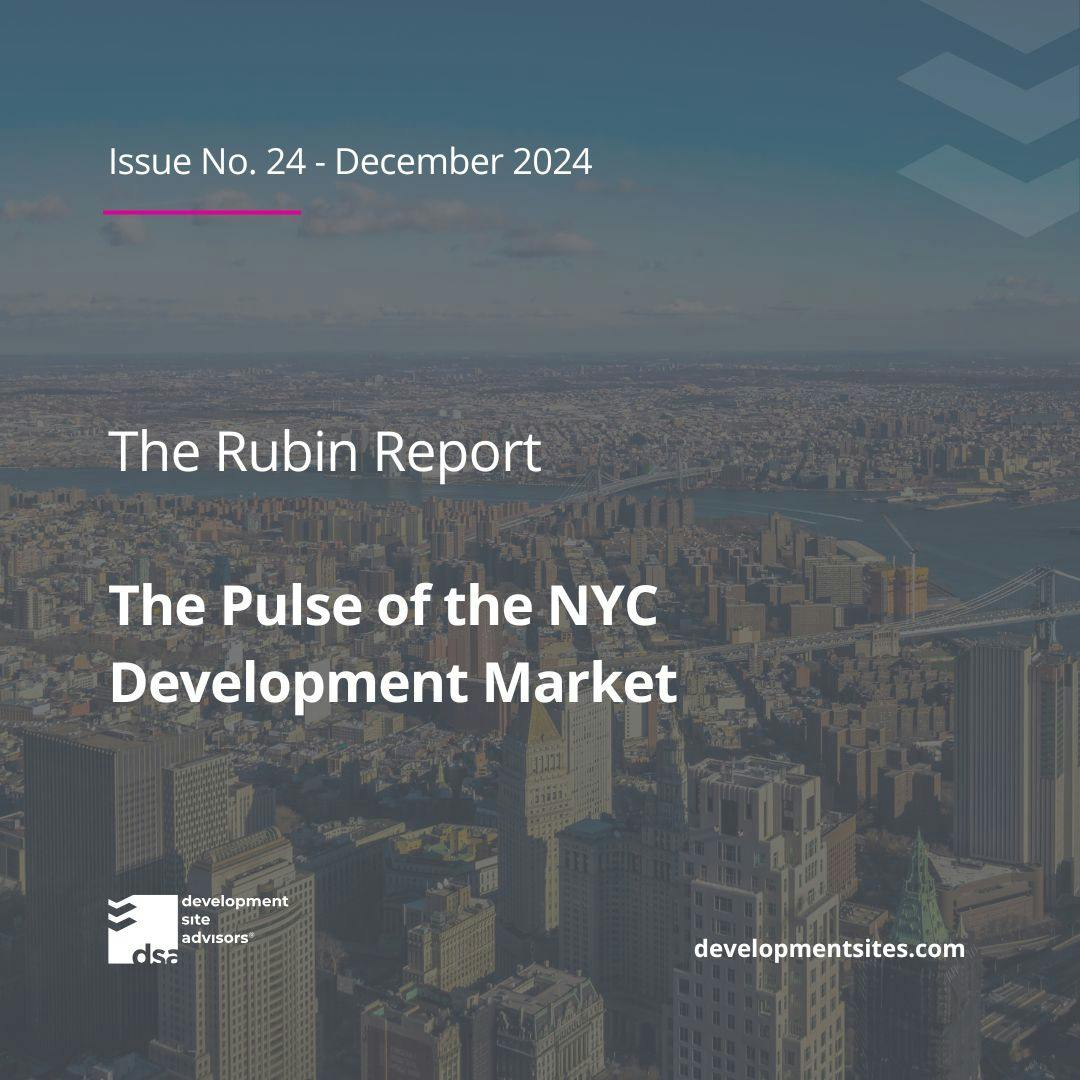
Rubin Report - The Pulse of the NYC Development / Issue No. 24 - December 2024
Welcome to Issue 24 of The Rubin Report: The Pulse of the NYC Development Market. As 2024 comes to a close, we stand at the dawn of a new era for the NYC development market — one that is more promising than ever. This year, we laid the groundwork for transformative change, and as we look toward 2025, it’s clear that the future is brighter than it has been in decades. With the introduction of game-changing policies like the 485-x, 467-m, and the City of Yes (COY) 3-Prong initiatives — for Housing Opportunity, Economic Opportunity, and Carbon Neutrality — developers now have a comprehensive arsenal of tools to build with confidence.
Read More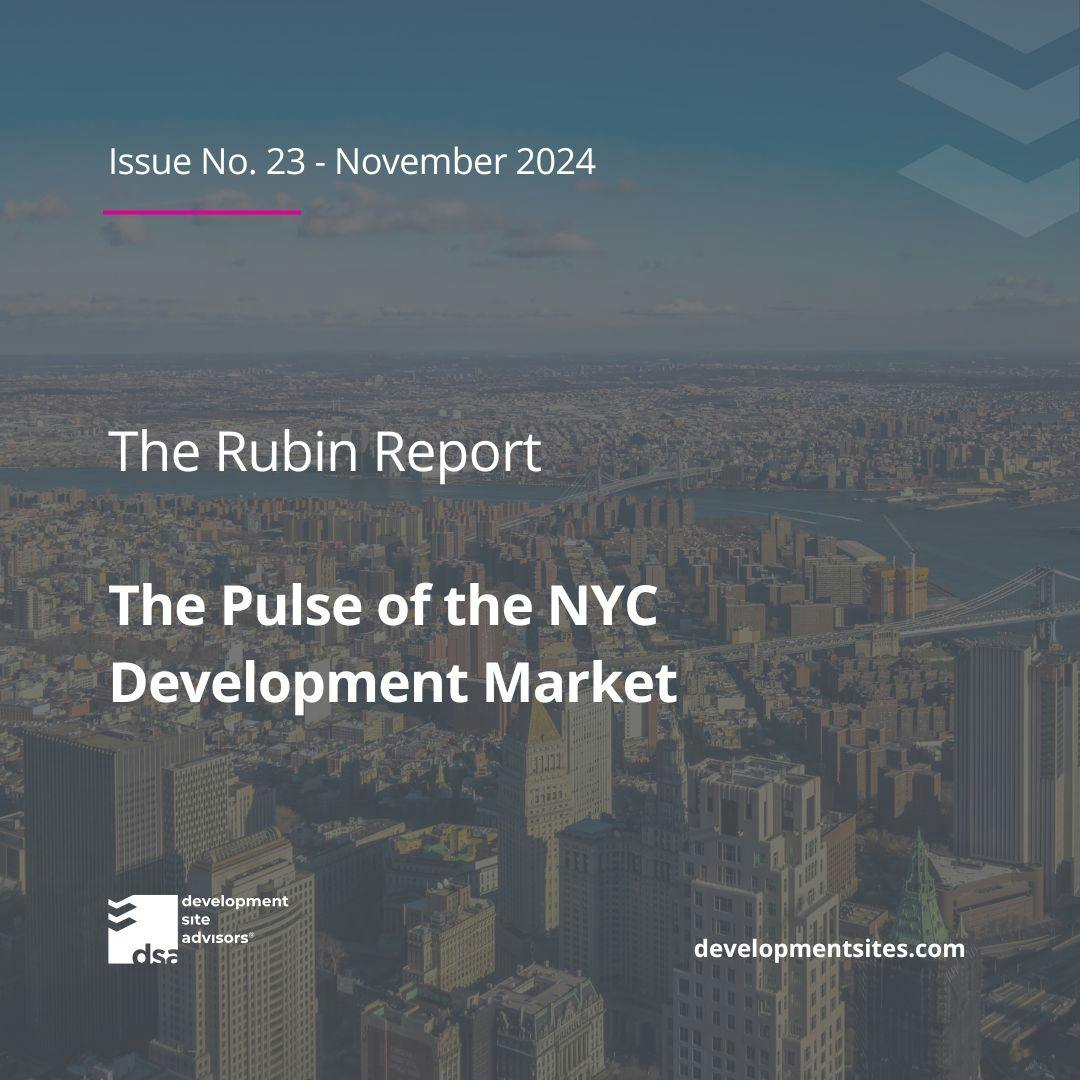
Rubin Report - The Pulse of the NYC Development / Issue No. 23 - November 2024
Welcome to a pivotal month in the NYC development landscape. A lot has changed since our last report, and as always, we’re here to dive into the details and their implications for the future of development in New York City. Right now, owners, developers, and lenders alike are primarily seeking certainty. Uncertainty breeds hesitation and disrupts decisions, especially in the development site sector. With inflation trending downward, the Fed actively cutting interest rates, an upcoming presidential administration with single-party control in Congress, and the anticipated positive vote on the City of Yes zoning overhaul next month, the market is positioned for a more stable outlook.
Read More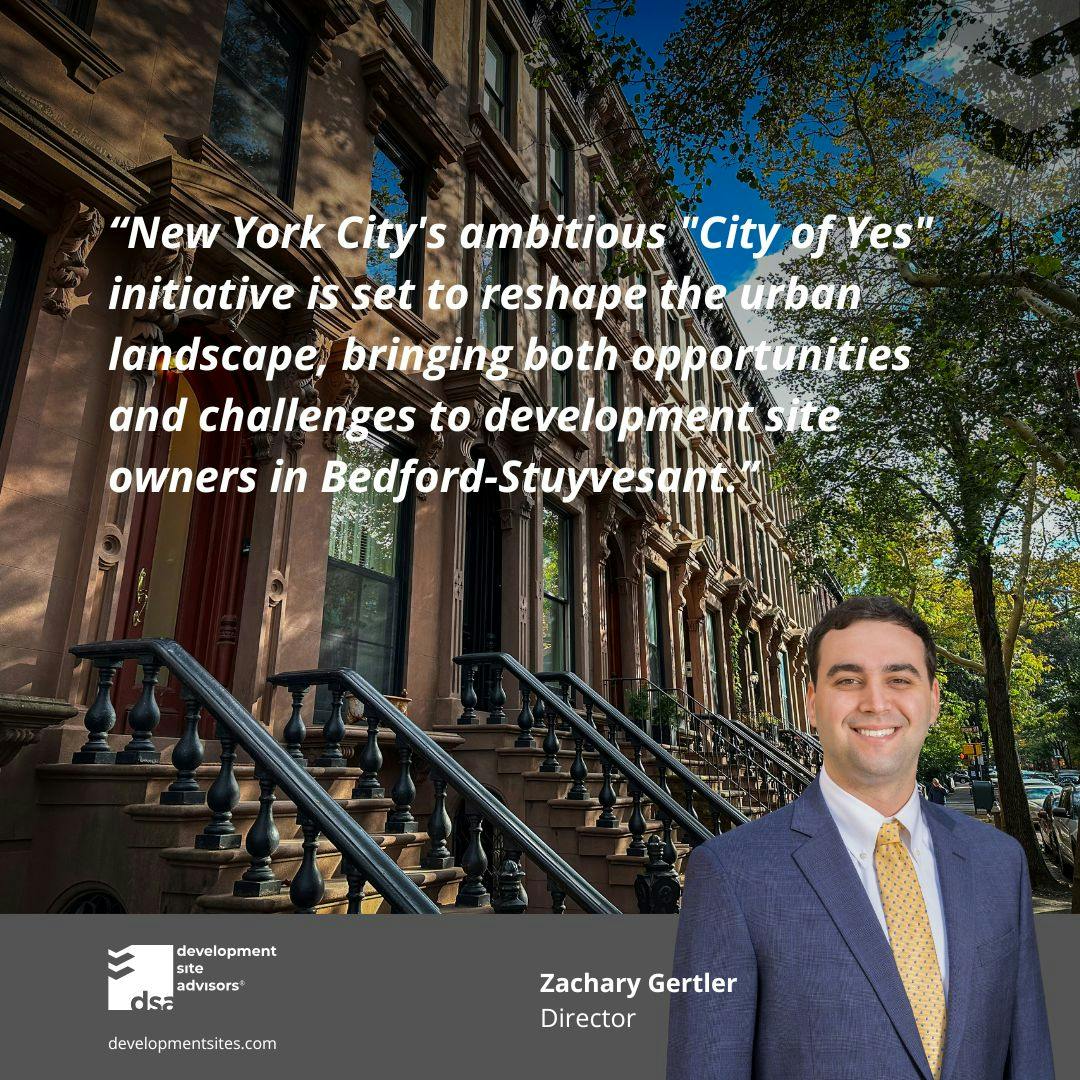
The "City of Yes" Initiative: A Game-Changer for Property Owners in Bed-Stuy
The "City of Yes" initiative in New York aims to reshape urban development in Bedford-Stuyvesant (Bed-Stuy) by allowing larger, more affordable housing projects. The plan includes a Universal Affordability Preference (UAP) to increase housing by 20% in medium and high-density zones if the additional homes are permanently affordable. It also promotes Transit-Oriented Development (TOD), encouraging larger residential projects near transit hubs, improving connectivity, and promoting sustainable living.
Read More
Rubin Report - The Pulse of the NYC Development / Issue No. 22 - October 2024
Welcome back! I’m pleased to present you with issue Number 22 of The Rubin Report: The Pulse of the NYC Development Market. In this issue: Next Steps for City of Yes; 485-x, 467-m Updates; Inflation is down, Interest Rates & Mortgages are up, while Savings Rates are Down; Financial Market Snapshot.
Read More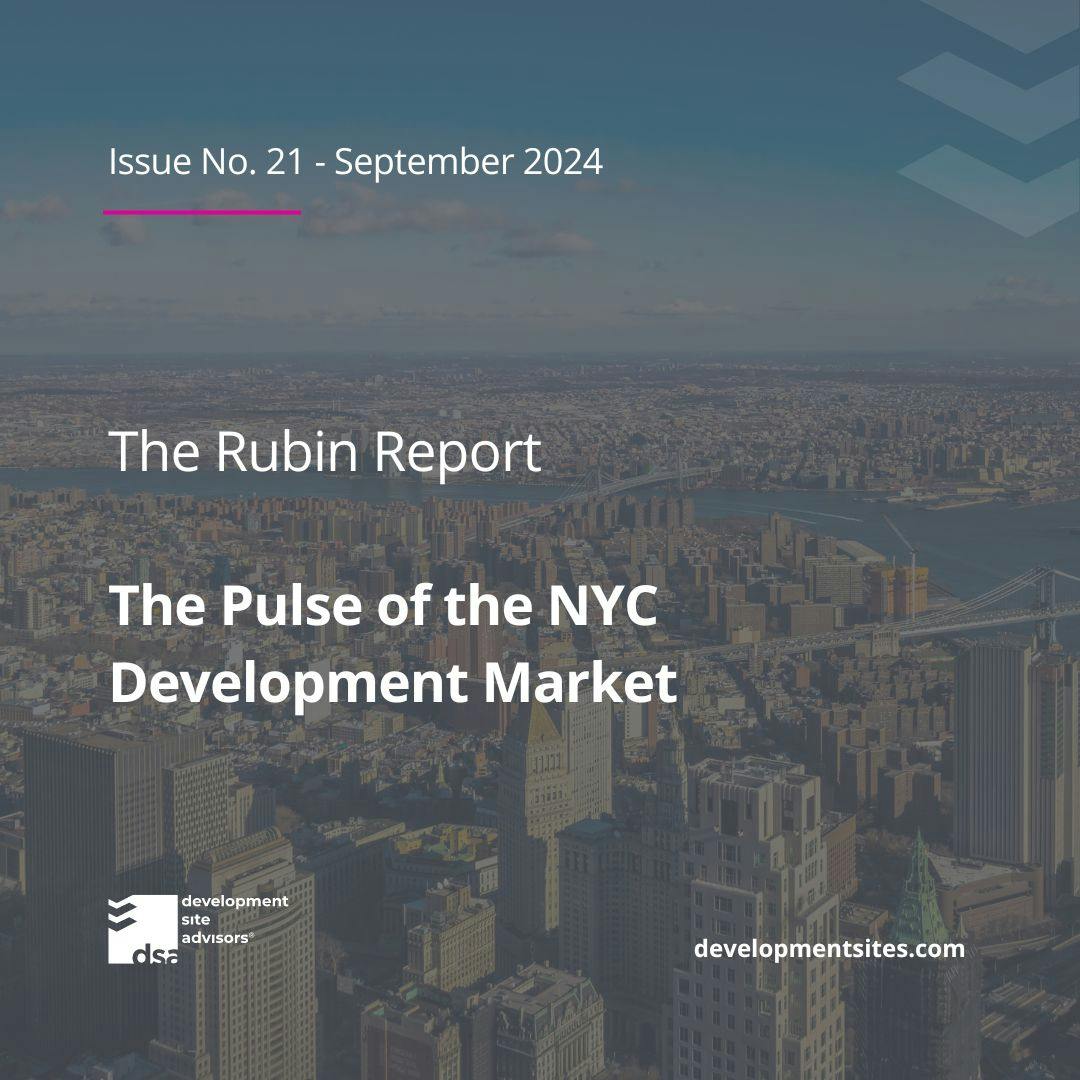
Rubin Report - The Pulse of the NYC Development / Issue No. 21 - September 2024
Welcome back! I’m pleased to present you with issue Number 21 of The Rubin Report: The Pulse of the NYC Development Market. In this issue: A Detailed Breakdown of NYC Zoning Initiatives, Today’s financial market snapshot & inflation watch, FED Meeting results, New Building Filings Around Town
Read More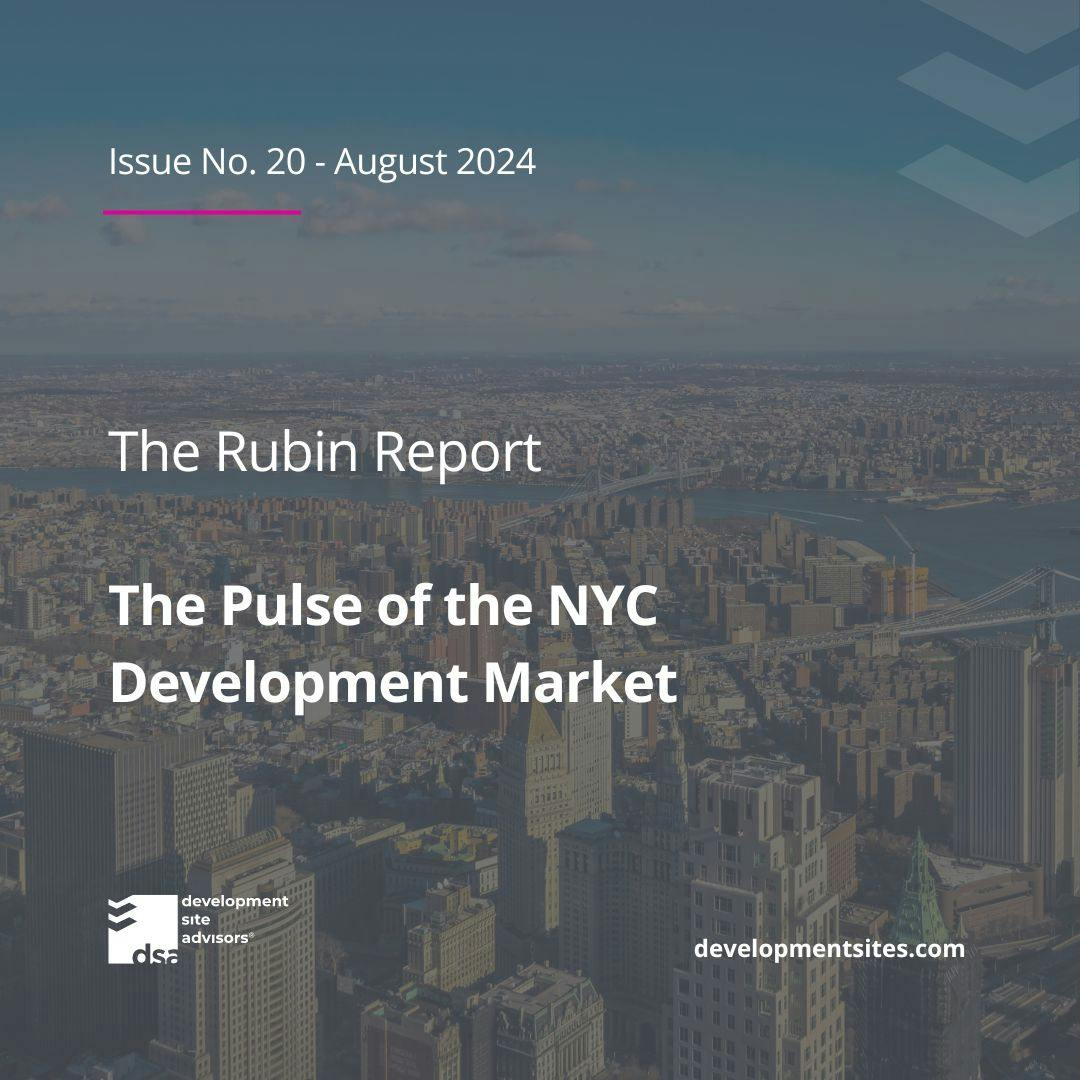
Rubin Report - The Pulse of the NYC Development / Issue No. 20 - August 2024
The US Inflation rate is down to 2.89%, the lowest since 2021, falling slightly from 2.97% last month and also marking four (4) consecutive drops in inflation readings. The next reading will take place on September 11, 2024. Depending on what happens then, we can start seeing the Federal Reserve start cutting rates as soon as the September 17 and 18 FOMC meeting. Interest Rates & Mortgage Rates have also coming been easing over the last 4 weeks. Signifying a belief by the market that the fed will most likely start cutting rates soon. Enjoy the rest of the Summer. See you after Labor Day!
Read More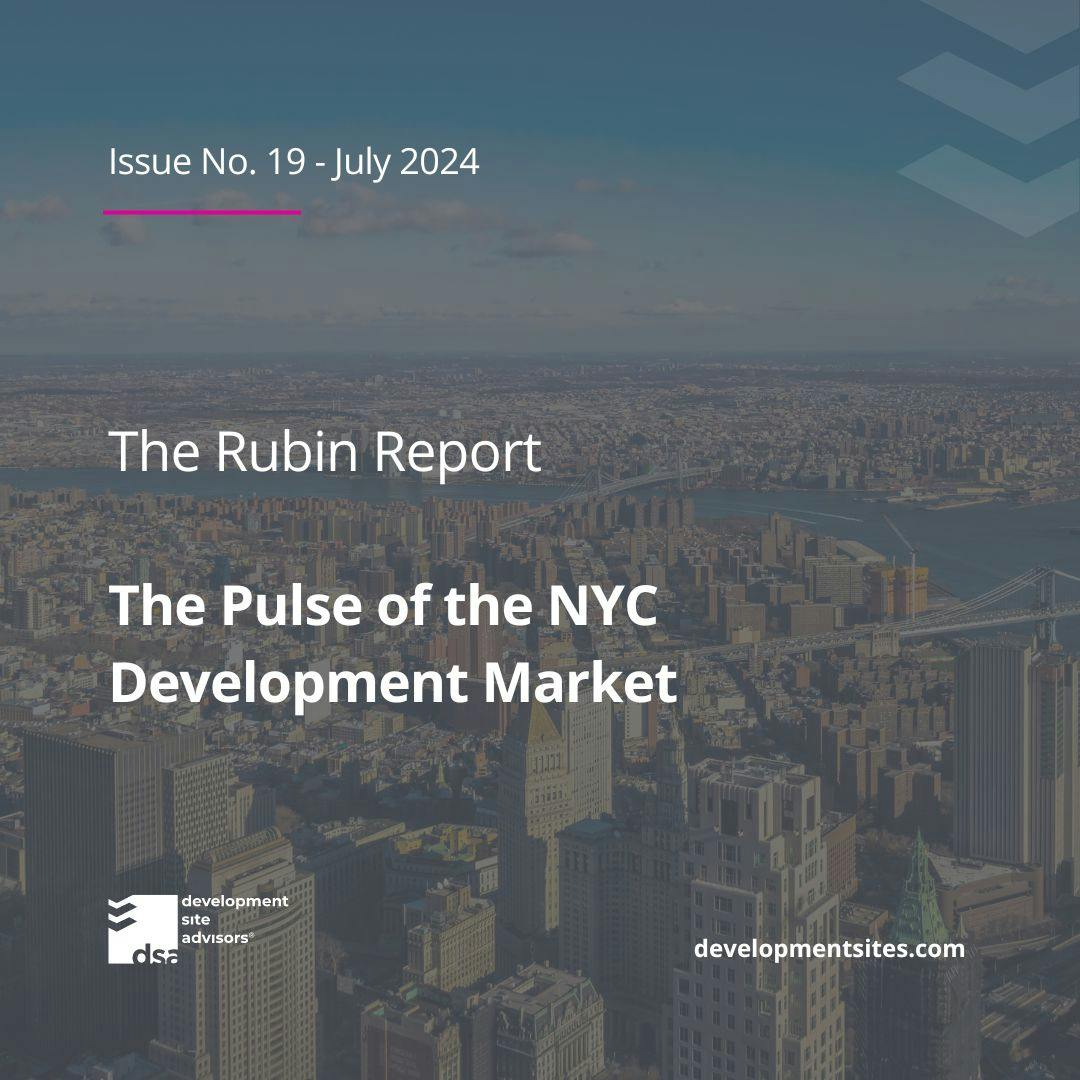
Rubin Report - The Pulse of the NYC Development / Issue No. 19 - July 2024
In this issue: My recently published article: “The Risky Game of Real Estate Development in New York City” - Read what it takes to develop in NYC, why it’s risky, and steps to take to mitigate risk; Recent New Building Filings; Today’s financial market snapshot; A Construction Costs Report based on building type. Inflation Watch: The US Inflation rate is down to 2.97%, matching the lowest it’s been since June of last year. This also represents three (3) straight decreases over the last 3 months (3.48% to 3.36% to 3.27% to now 2.97%). The next reading will take place on August 14, 2024. I do not believe we will see an interest rate cut in the July 30-31 FOMC meeting; and if we do see cuts, I see it starting in mid-September of this year.
Read More
Rubin Report - The Pulse of the NYC Development / Issue No. 18 - June 2024
Summer is upon us! In this issue we will run our first “The Developers Corner” where we highlight discussions from NYC real estate developers. By tracking developer conversations, interviews, and activity, we will understand real-time developer sentiment. The first one is from a June 5, 2024 Bloomberg TV interview with NYC Developer MaryAnne Gilmartin of MAG Partners. A lot of great takeaways from the interview. I trust you will enjoy it.
Read More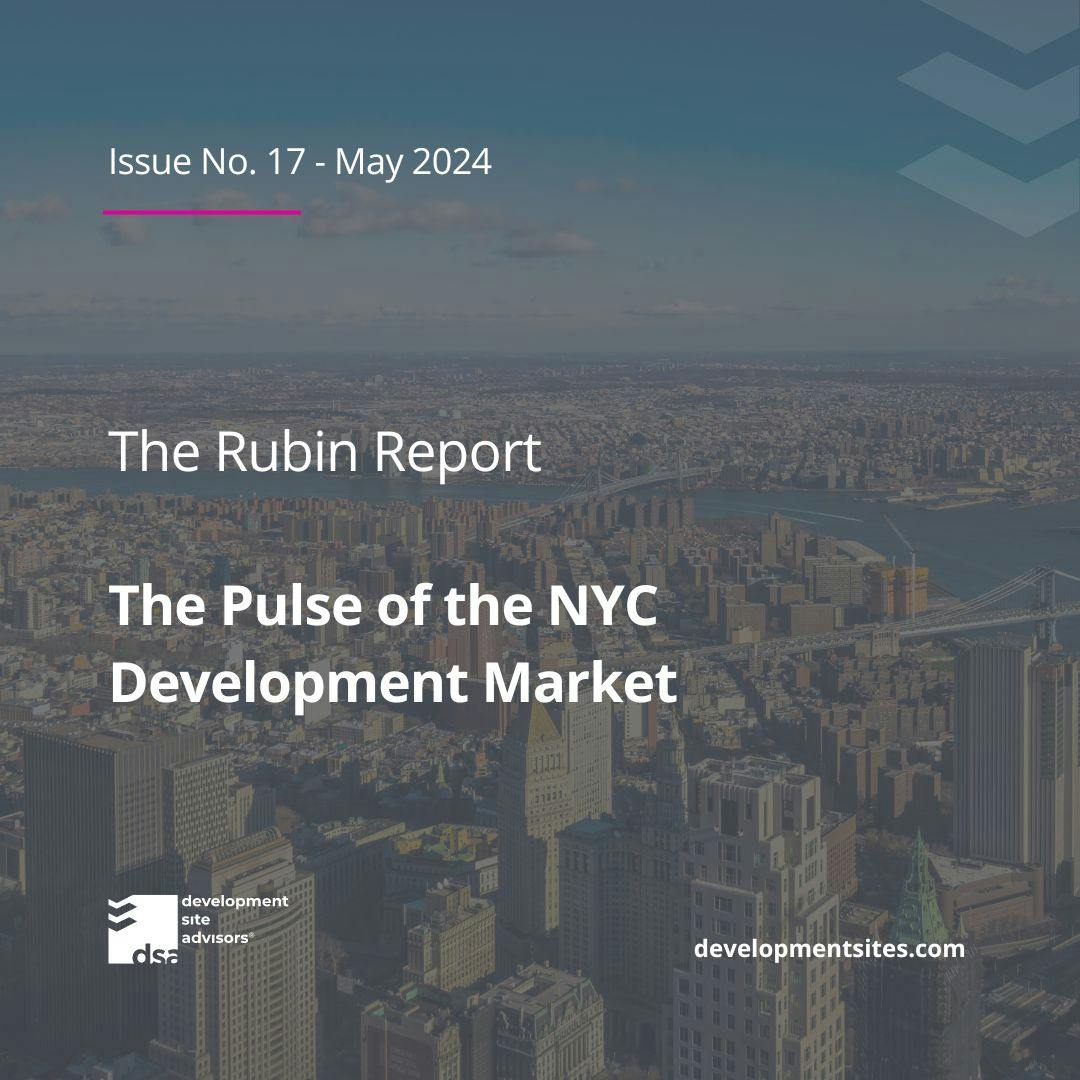
Rubin Report - The Pulse of the NYC Development / Issue No. 17 - May 2024
Welcome to issue Number 17 of The Rubin Report: The Pulse of the NYC Development Market. This issue will be full of development happenings across the five boroughs: what sites have traded as well as what new building projects have been filed. You will see that since April 1st until today, on a sampling of 75 recent New Building filings across Manhattan, Bronx, Brooklyn & Queens, there have been an astounding 5,170,725 ZFA and 4,579 Residential Units planned. Impressive.
Read More
Development Site Advisors® 485-x Cheat Sheet
The "Development Site Advisors® 485-x Cheat Sheet" provides a concise overview of the benefits and requirements under section 485-x of the real property tax law in New York City. It outlines different options for small, modest, large, and very large rental projects, as well as homeownership projects, specifying benefits, affordability criteria, filing fees, and commencement dates.
Read More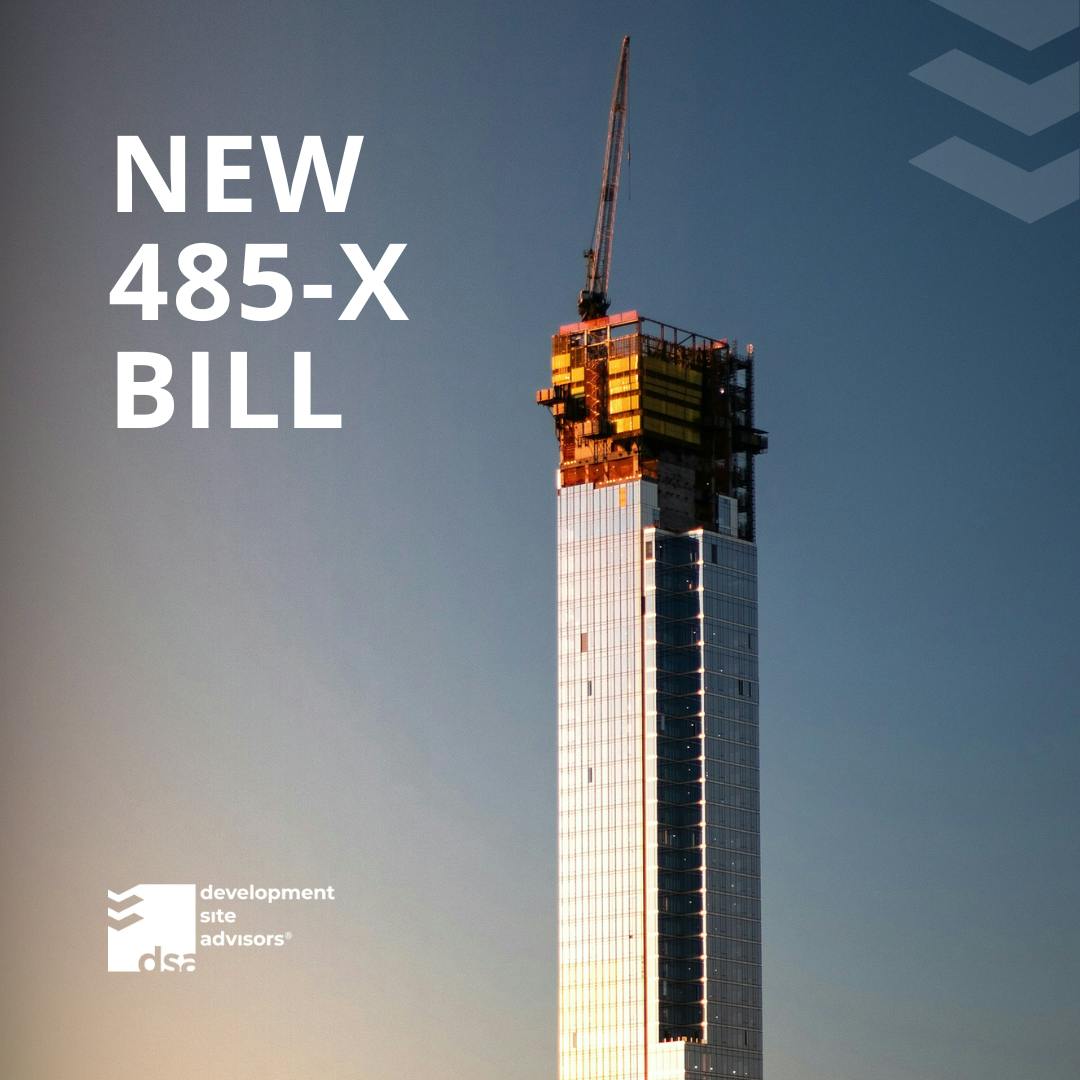
New 485-x Bill
The "New 485-x Bill" article highlights the introduction of section 485-x in the real property tax law, aiming to boost affordable housing in New York City through tax incentives. It outlines affordability options, construction requirements, and penalties for non-compliance. Additionally, it covers applicant registration, fees, enforcement powers, and reporting obligations. The initiative aims to encourage affordable housing development while ensuring adherence to regulations.
Read More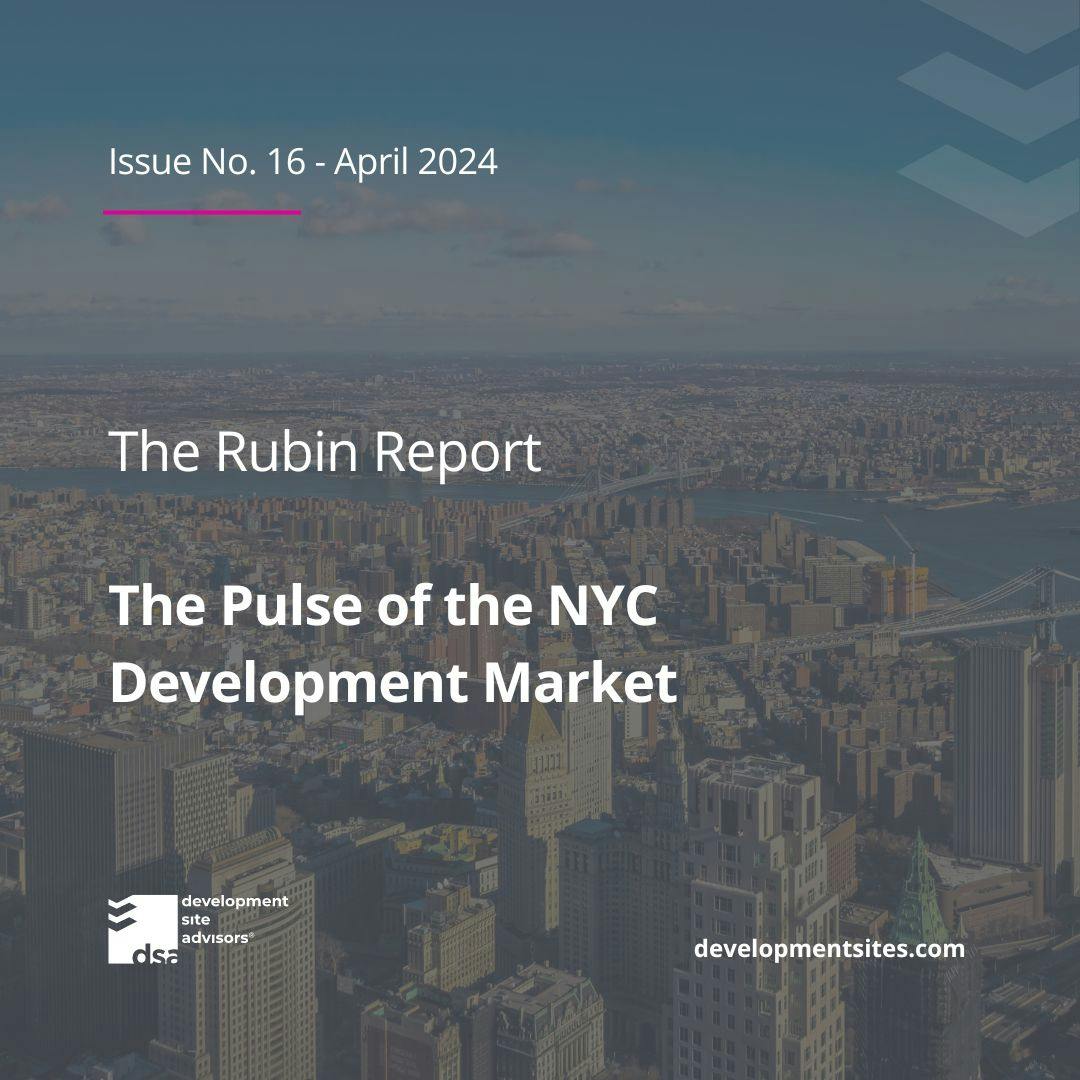
Rubin Report - The Pulse of the NYC Development / Issue No. 16 - April 2024
Welcome to issue Number 16 of The Rubin Report: The Pulse of the NYC Development Market! It’s official: Governor Hochul announced that they have reached a conceptual agreement with legislative leaders on the $237 Billion budget. The successor program to 421-a is here: 485-x!
Read More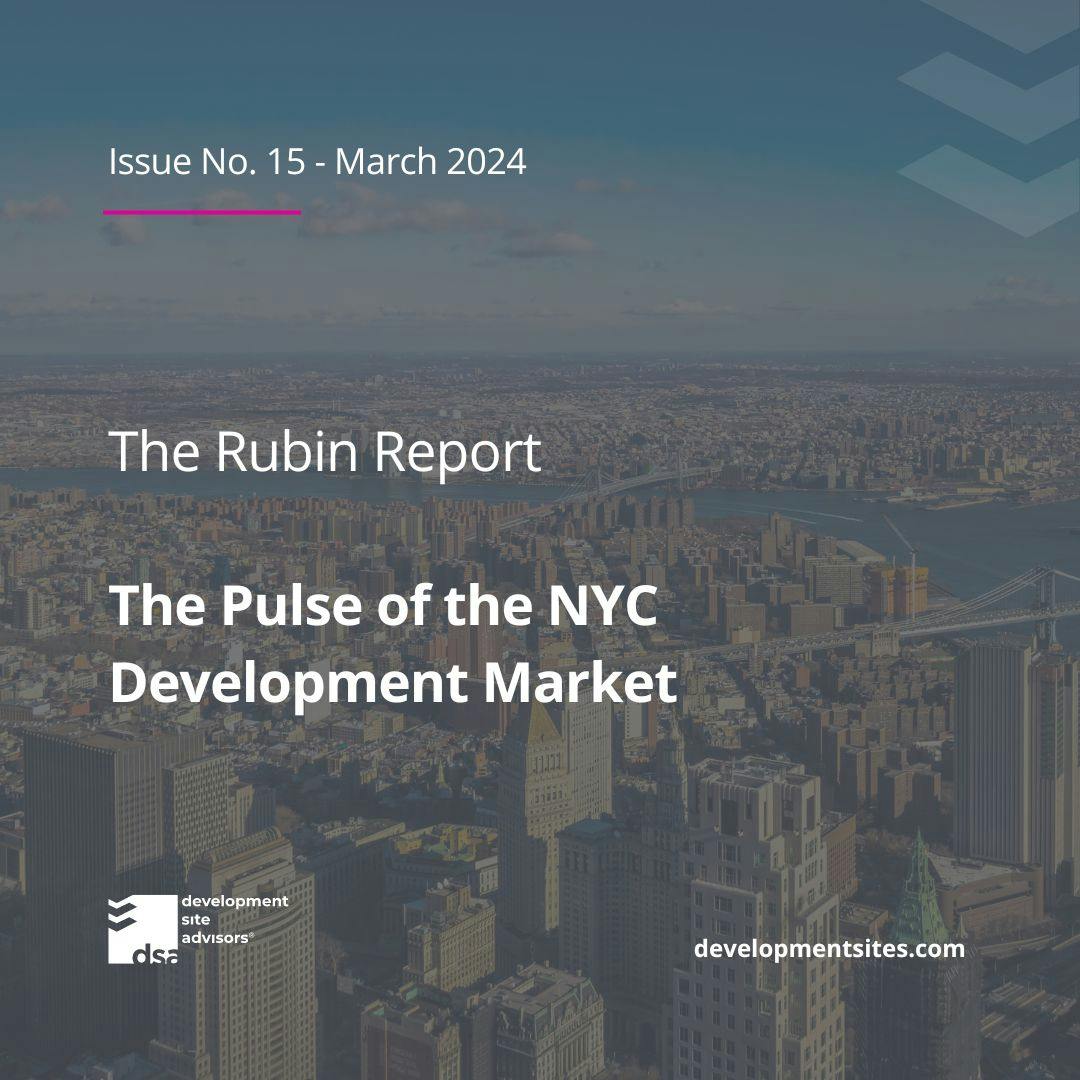
Rubin Report - The Pulse of the NYC Development / Issue No. 15 - March 2024
Welcome to issue Number 15 of The Rubin Report: The Pulse of the NYC Development Market. Spring is upon us! I also want to point out the sheer strength of the land sales market. We are seeing land prices higher than ever before in certain markets.
Read More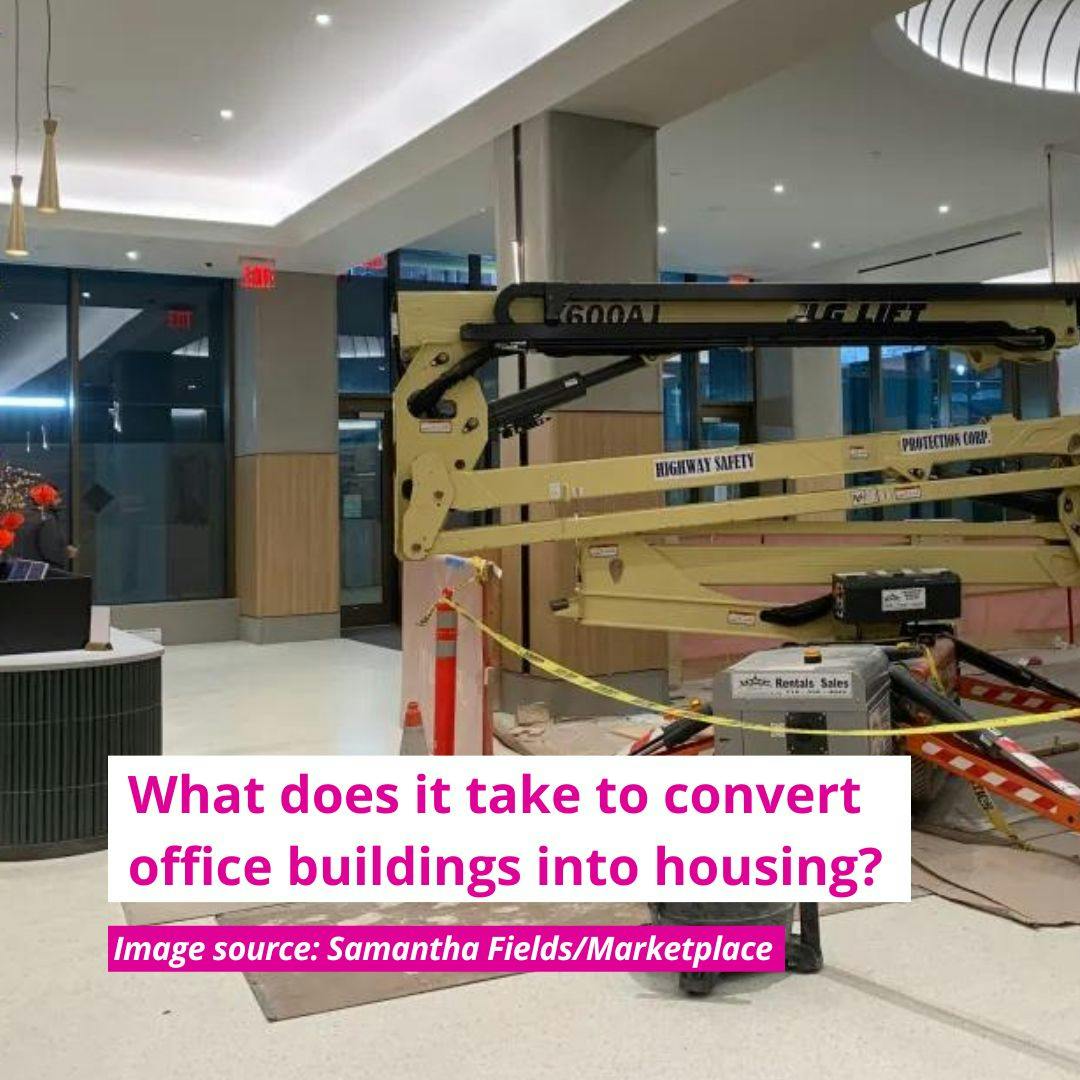
What does it take to convert office buildings into housing?
For half a century, 160 Water St. in New York City’s Financial District was an office building. Today, from the outside, it still looks like one — a 30-story glass box on a street lined with them. But by the front door, there’s a sign now that says, “Pearl House: Now leasing studio, one and two bedroom residences.”
Read More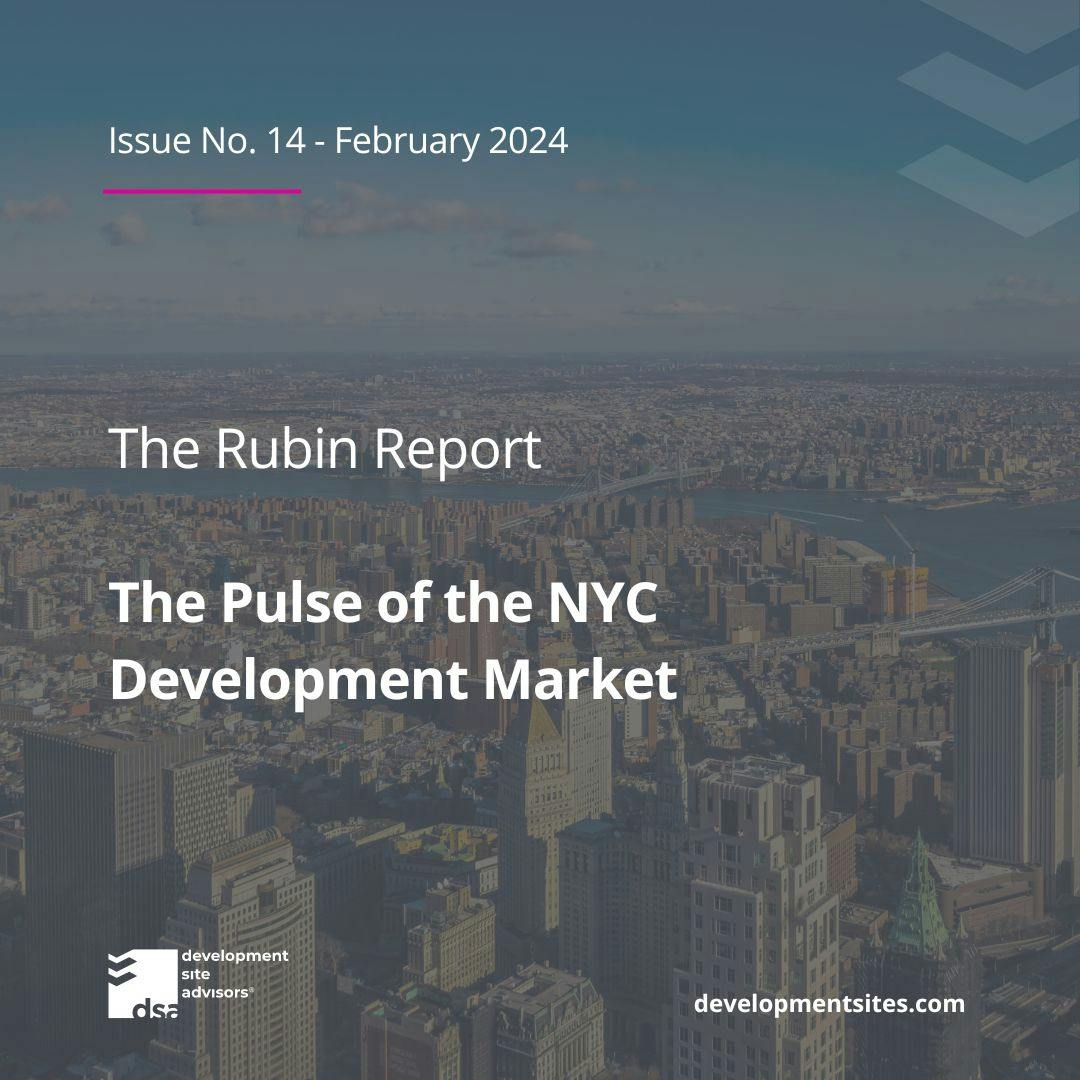
Rubin Report - The Pulse of the NYC Development / Issue No. 14 - February 2024
With an April 1st due date looming for the 2025 budget, the NYS senate will be busy debating housing, a tax abatement and “good cause” eviction. This topic is a very contentious one in the senate. If they again fail to pass a 421-a type tax abatement program, my belief is that Governor Hochul will do what she did with Gowanus (which worked) and sign an Executive Order in an effort to create housing. Keeping a close eye on this.
Read More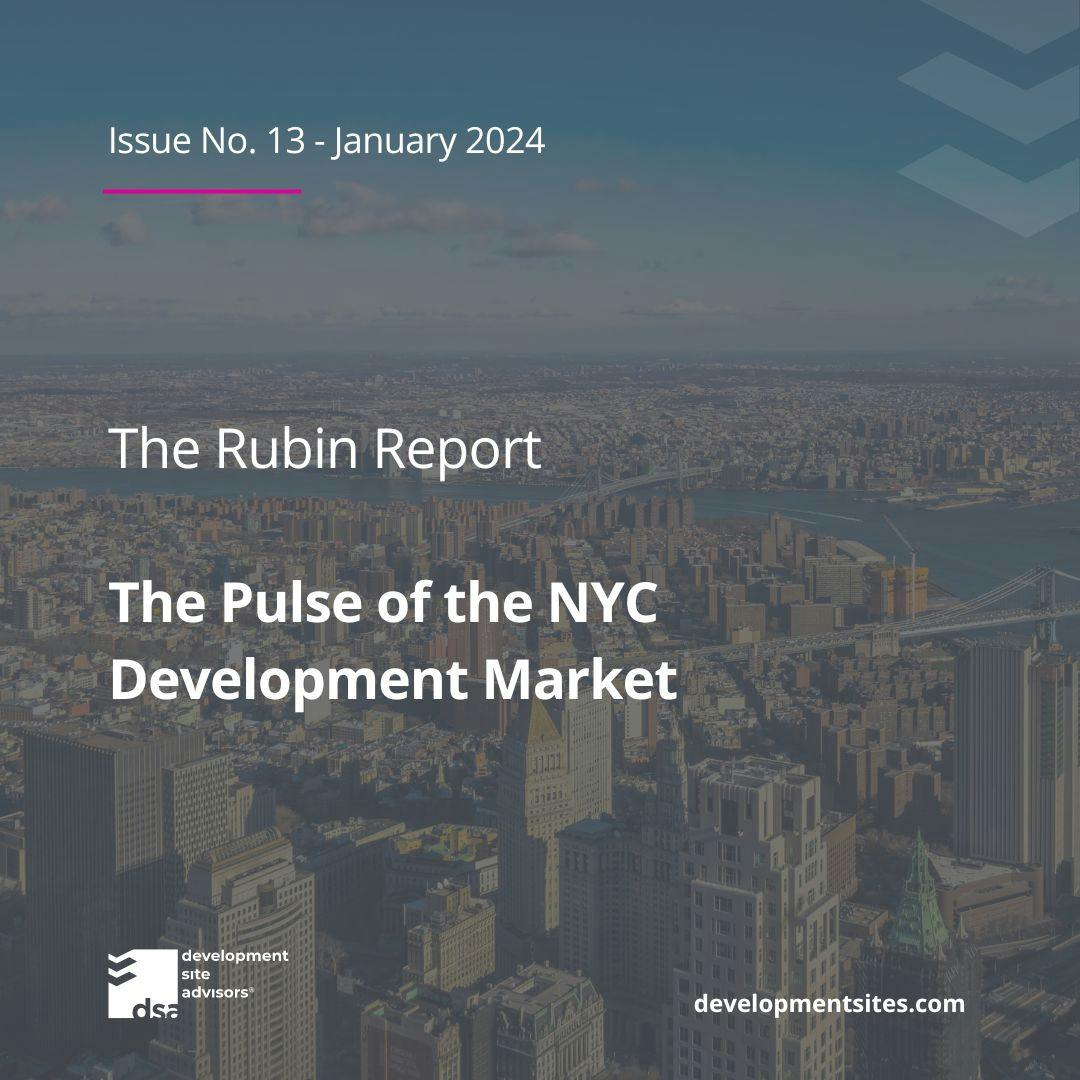
Rubin Report - The Pulse of the NYC Development / Issue No. 13 - January 2024
421-a will take center stage again this year after making no progress in 2023. It’s an election year, so all elected officials will be voting cautiously. While I am optimistic 421-a legislation will be passed this year, I do recognize their are significant challenges to overcome; some of the powers-that-be are requiring that a “Good Cause Eviction” bill be included as a requirement for any 421-a tax exemption to be passed.
Read More
Quality Housing Program and Height Factors in NYC Zoning
New York City, renowned for its pencil-like skyscrapers and architectural diversity, owes some of its unique skyline to two key Residential zoning regulations: The Quality Housing Program (QHP) and Height Factor Zoning (HF). These regulations not only play a pivotal role in maintaining the city’s neighborhood characteristics and promoting diversity in building designs but also in the feasibility of real estate development.
Read More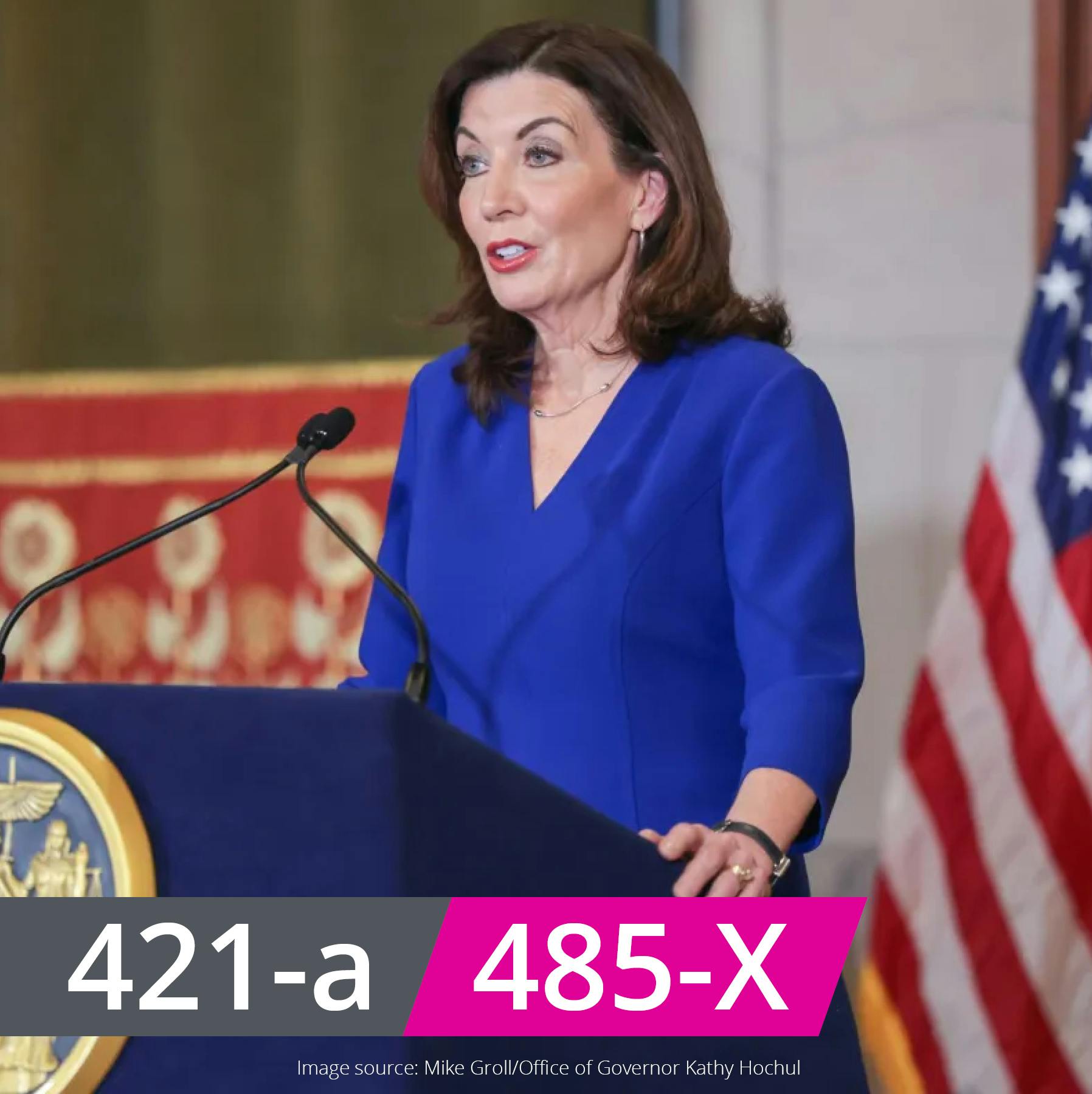
Replacement of 421-a: 485-X
This act shall take effect immediately; provided, however, that the department of housing preservation and development shall notify the legislative bill drafting commission upon the occurrence of the execution of the memorandum of understanding provided for in subdivision twenty-two of section 485-x of the real property tax law as added by section one of this act in order that the commission may maintain an accurate and timely effective data base of the official text of the laws of the state of New York in furtherance of effectuating the provisions of section 44 of the legislative law and section 70-b of the public officers law.
Read More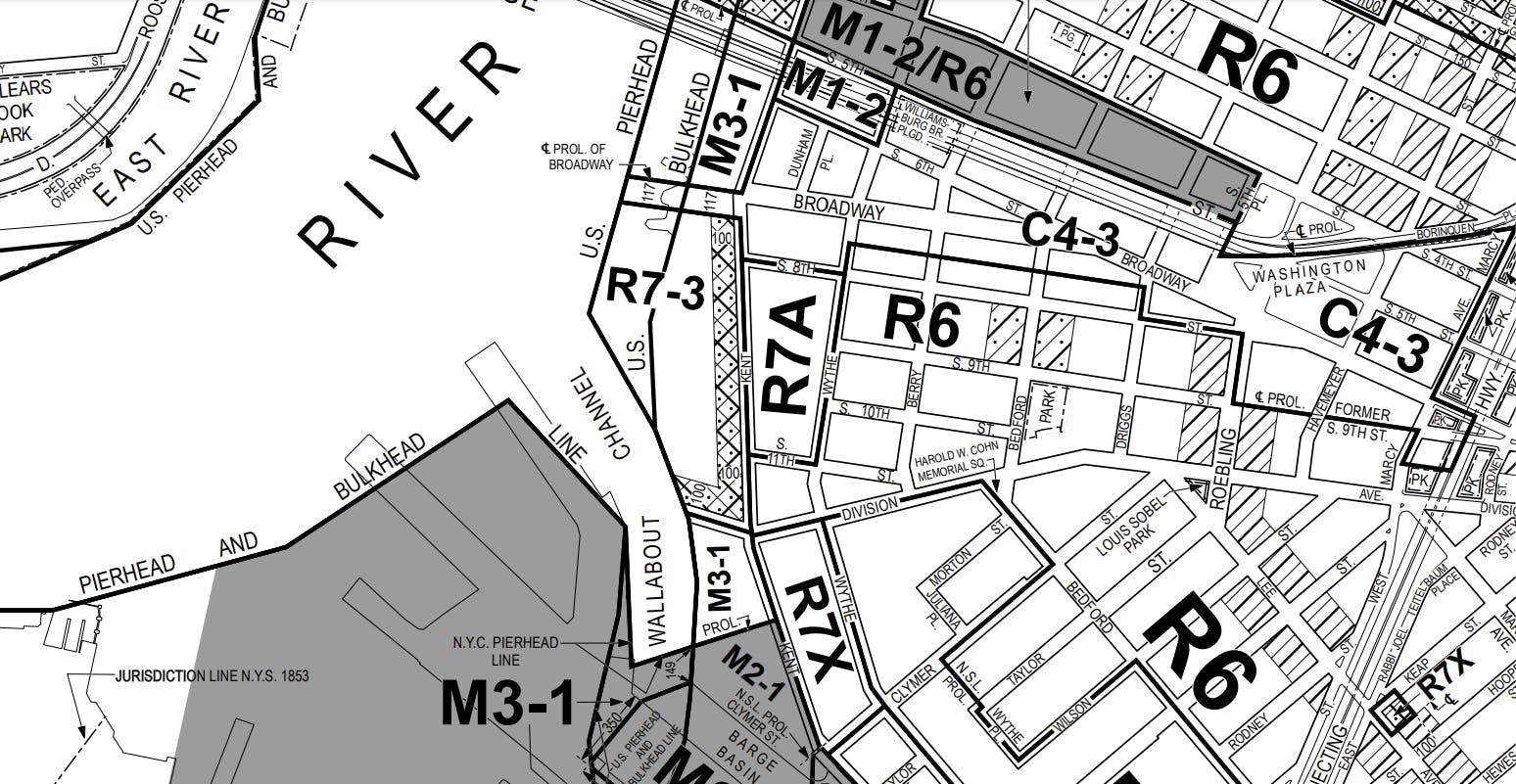
Development Checklist
Developing a property in New York City can be challenging due to the complexity and the need to do a thorough analysis of the site and its potential. There are many factors that can affect the feasibility, cost, and profitability of a property development project. Here are some of the most important ones to consider:
Read More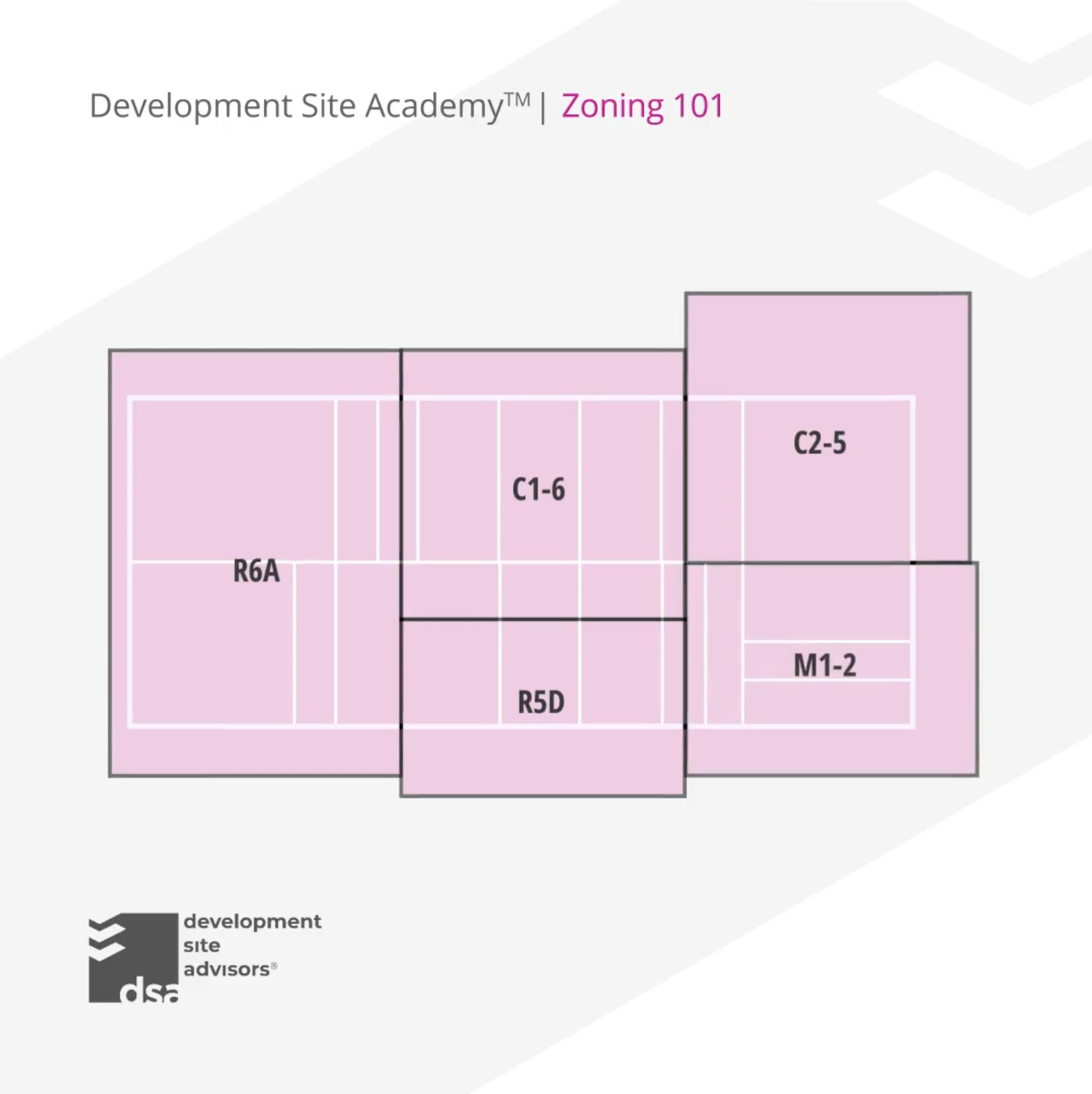
Zoning Analysis
In the world of real estate development, especially in NYC, zoning regulations are enforced by Department of Buildings (DOB) plays a pivotal role to ensure safe and lawful use of buildings and construction sites. Zoning determines how land can be used and zoning resolution contains NYC’s zoning regulations. These regulations determine specific building uses in designated areas and set criteria for aspects like height, floor area, setbacks and parking.
Read More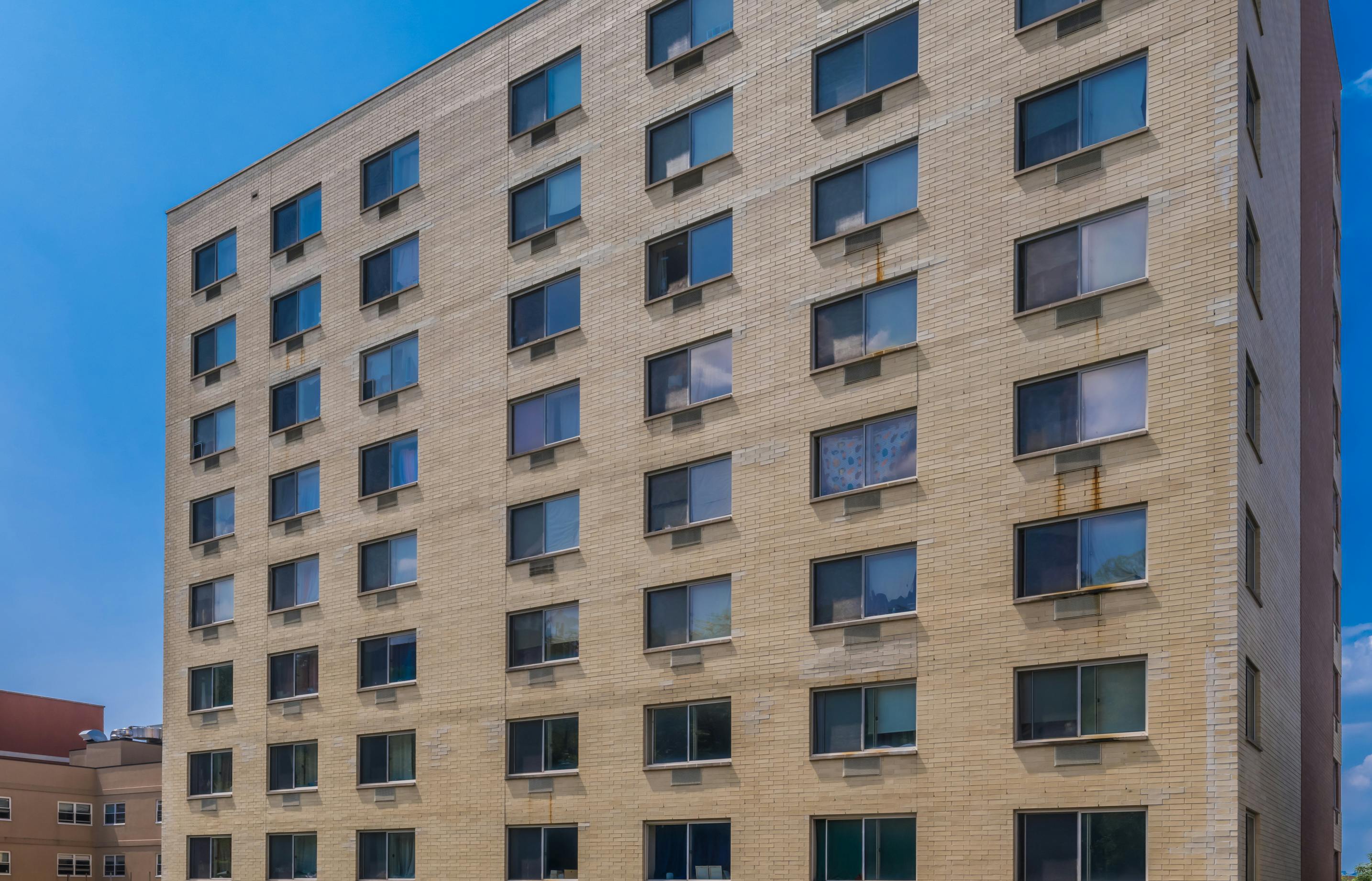
Affordable Aspirations: The Challenges and Promises of New York City's Mixed Income Market Initiative
NYC's MIMI initiative requires 70% of housing units to be affordable, but it poses financial challenges for developers in affluent areas, potentially hindering diverse neighborhood development. While aiming for socio-economic integration, concerns arise about unintentional economic segregation. Reassessment is needed, especially in high-value districts, to ensure effective implementation and overcome skepticism regarding economic barriers in the real estate market.
Read More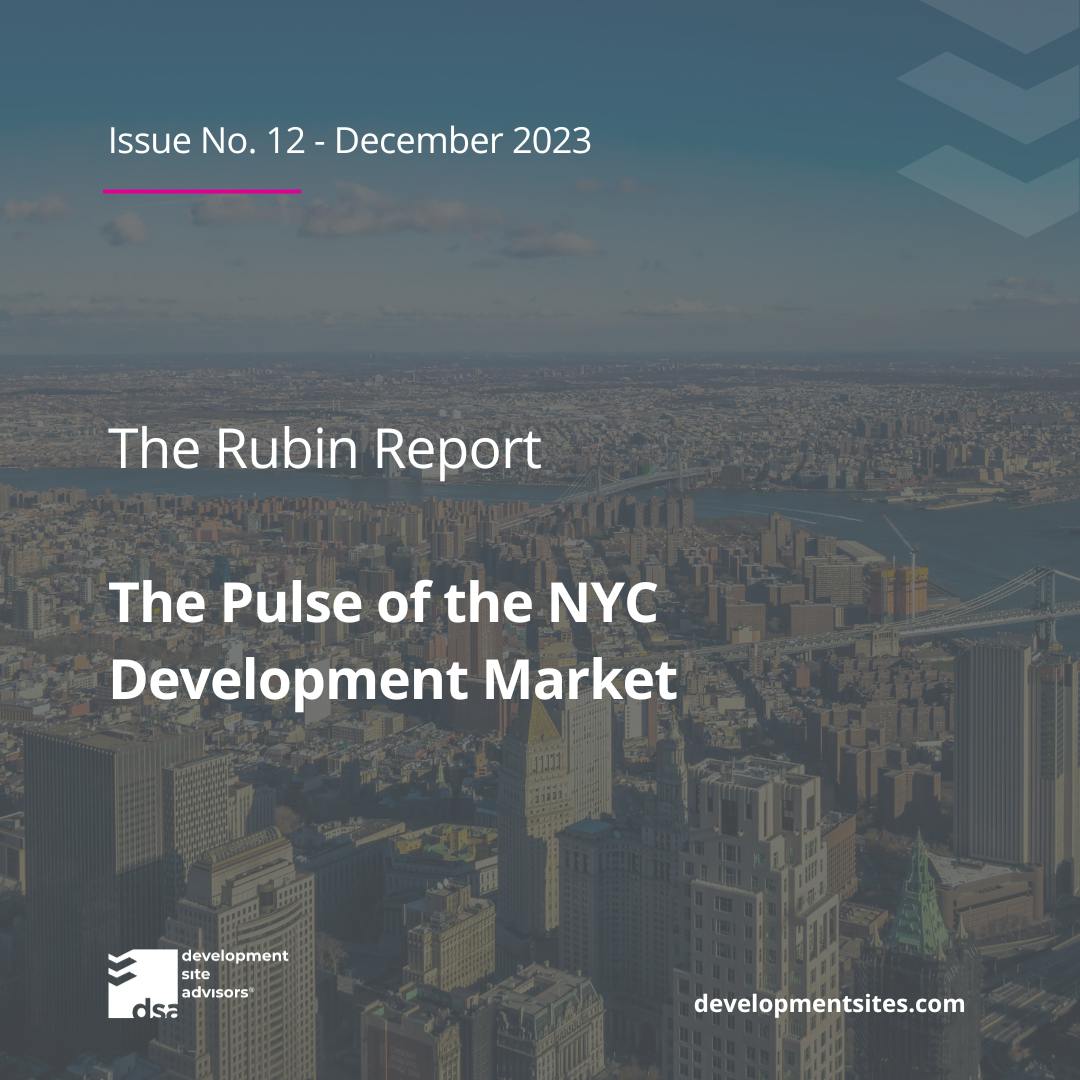
The Rubin Report - The Pulse of the NYC Development / Issue No. 12 - December 2023
The US inflation rate has dropped for the second consecutive month to 3.12%. This allowed the Fed to keep rates steady at 5.25% to 5.5% while also giving guidance on what they intend to do with rates moving forward, stating that if the economy evolves as projected, the appropriate level of the federal funds rate will be 4.6% at the end of 2024, 3.6% at the end of 2025, and 2.9% at the end of 2026.
Read More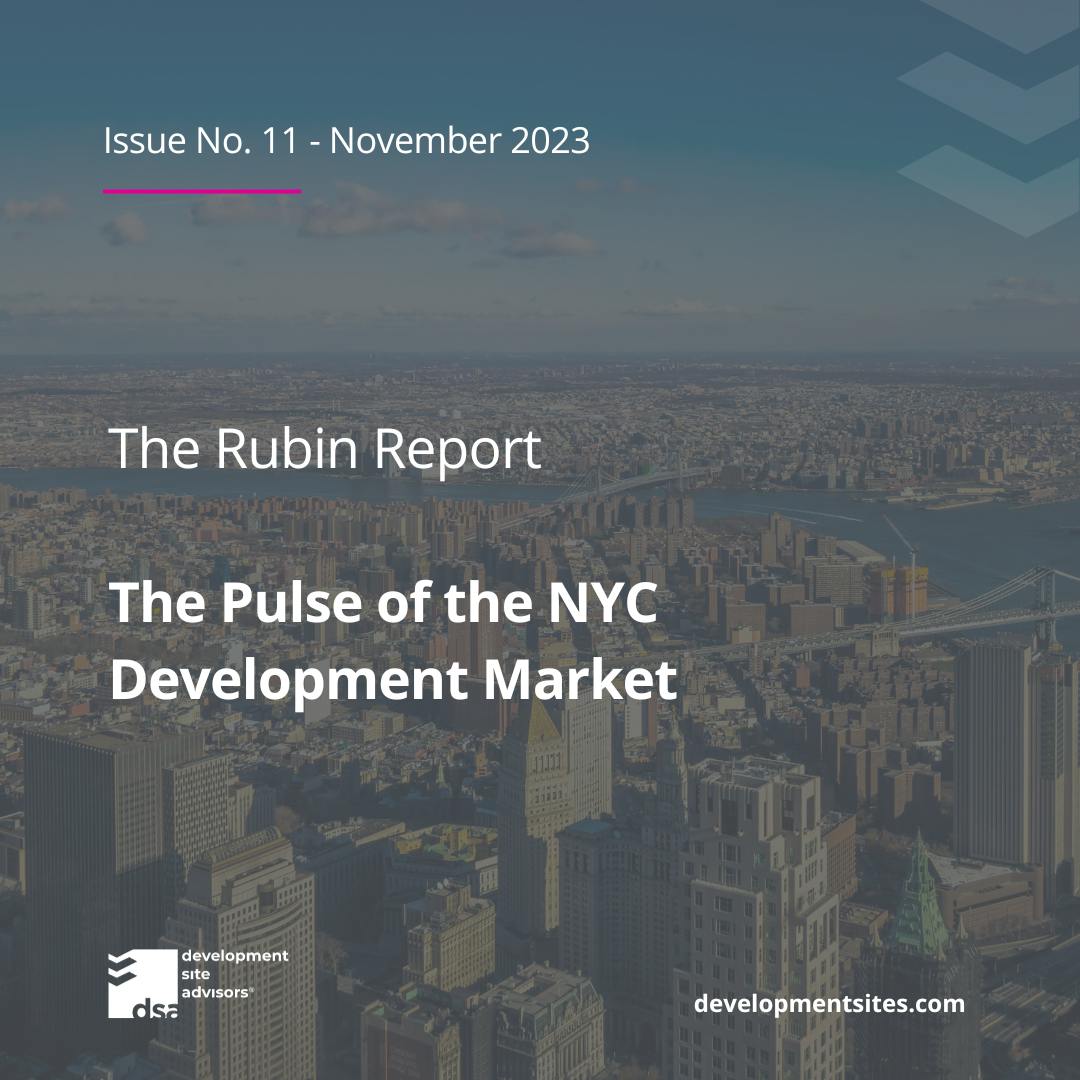
The Rubin Report - The Pulse of the NYC Development / Issue No. 11 - November 2023
In this issue we will look at 4 development site transactions above the $10m price level; showing the resiliency of the land market in NYC. We also spotlight 7 Manhattan New Building permits, over the last 2 weeks which accounted for over one-million square feet of new construction with over 800 apartments and 512 hotel rooms.
Read More
The Rubin Report - The Pulse of the NYC Development / Issue No. 10 - October 2023
In this issue I will touch on 8 recent development site transactions, 50 recent new building filings over the last 30 days in Manhattan, Brooklyn, Queens & The Bronx. (3 were in Manhattan, 8 in Queens, 12 in The Bronx and 27 in Brooklyn), a financial markets summary discussing interest, mortgage and inflation rates, a summary of Mayor Adams’, “City of Yes” zoning change proposals, a construction costs outlook and an invitation to REBNY Development Committee’s 3rd event featuring renowned developer Sergey Rybak of Rybak Development on November 2. (You won’t want to miss that.)
Read More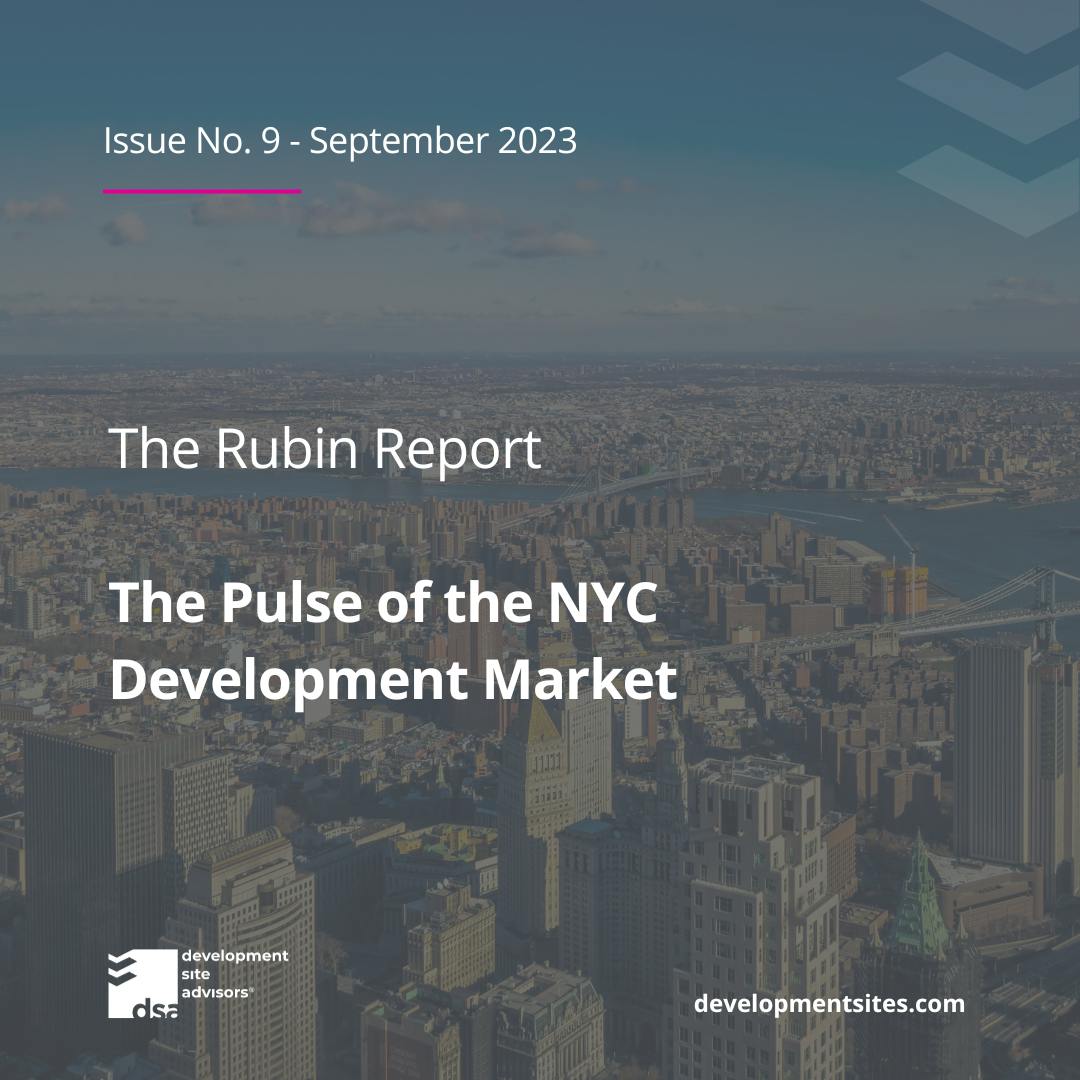
The Rubin Report - The Pulse of the NYC Development / Issue No. 9 - September 2023
In this issue of The Rubin Report: The Pulse of the NYC Development Market, I will breakdown 8 recent exciting development site transactions, a rundown of 25 of the most recent new building filings and a financial markets snapshot.
Read More
The Rubin Report - The Pulse of the NYC Development / Issue No. 8 - August 2023
In this 8th issue of The Rubin Report: The Pulse of the NYC Development Market, I will update you on Gov. Hochul’s Executive Order on a 421-a replacement for the Gowanus neighborhood of Brooklyn; A look at current Construction Cost Trends; The Feds most recent meeting result on interest rates, a snapshot look at inflation over the year and a finance markets summary and more. I will also highlight a recent $16million land sale we just completed in Flushing, Queens.
Read More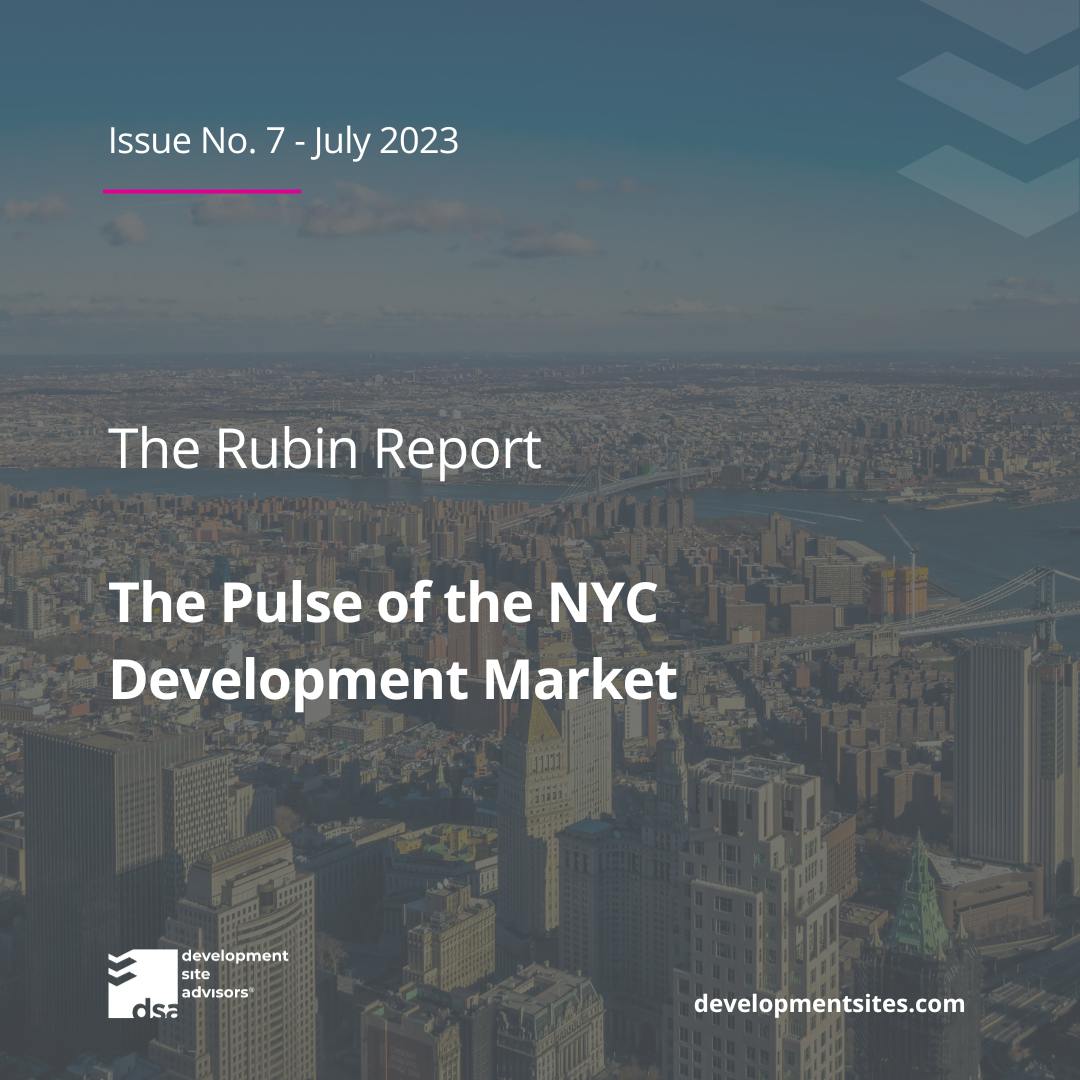
The Rubin Report - The Pulse of the NYC Development / Issue No. 7 - July 2023
In this issue you will find our 1st Half 2023 Development Report, which I trust you will find valuable. I also highlight a land sale DSA just completed in Brooklyn and a summary with some photos from last month’s REBNY Development Committee event with developer Kenneth Horn, Esq. of Alchemy Properties. Included as well is information about our next new-hire training class in the Fall; if you know anyone looking to get into commercial real estate brokerage with a sole focus on development sites and air rights, please forward it to them to apply. The training is simply best-in-class in the industry.
Read More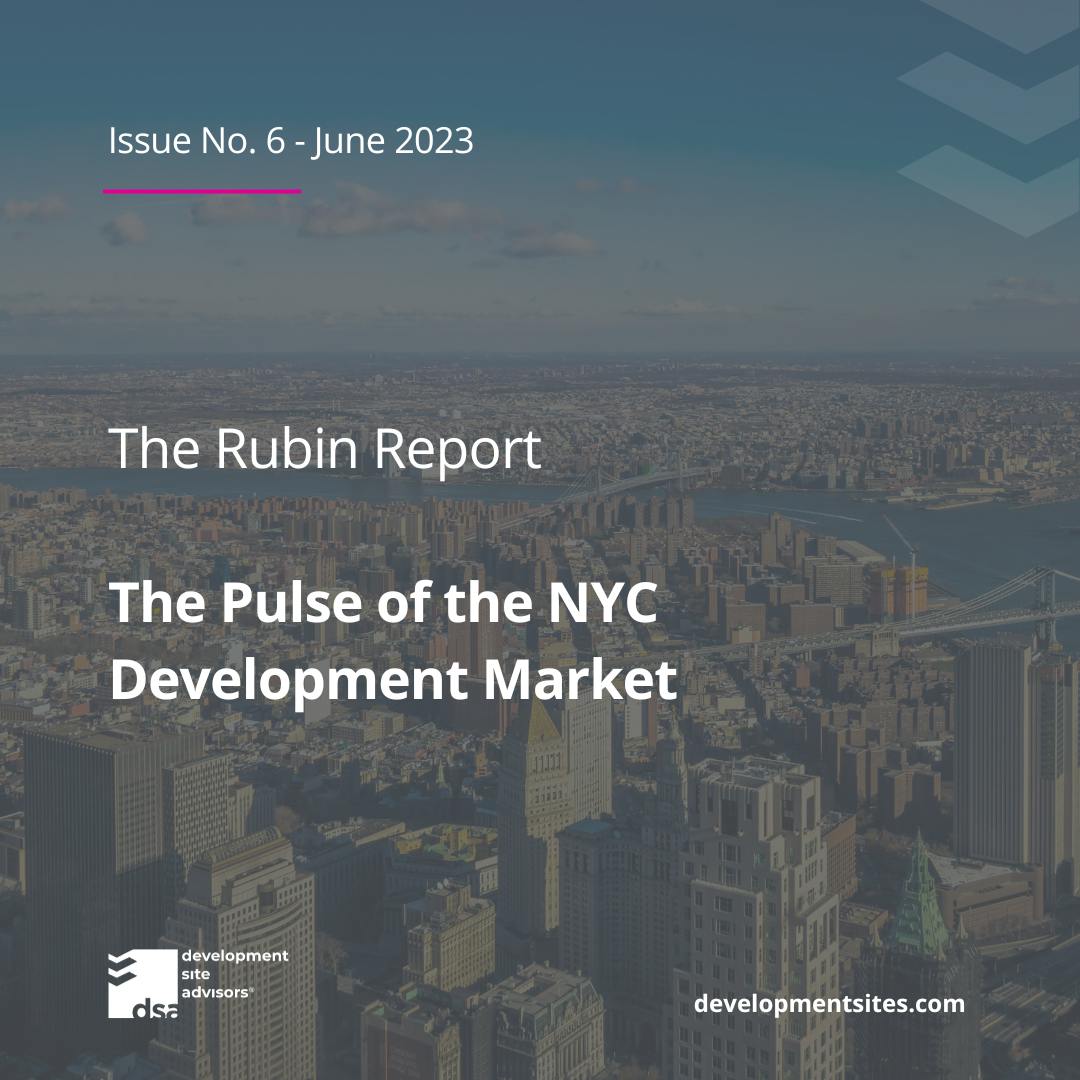
The Rubin Report - The Pulse of the NYC Development / Issue No. 6 - June 2023
In this issue we will dive into interest rates & inflation, a financial markets summary, a snapshot of the 2023 development site market, an invitation to the 2nd REBNY Development Committee event (which I hope to see you at!) and a summary of The Bridge Gala’s event where they honored my friend and co-founder Lev Kimyagarov alongside Manhattan Borough President Mark Levine. You will also find a summary of a construction pipeline report, a foundation filing report as well as an update on construction costs.
Read More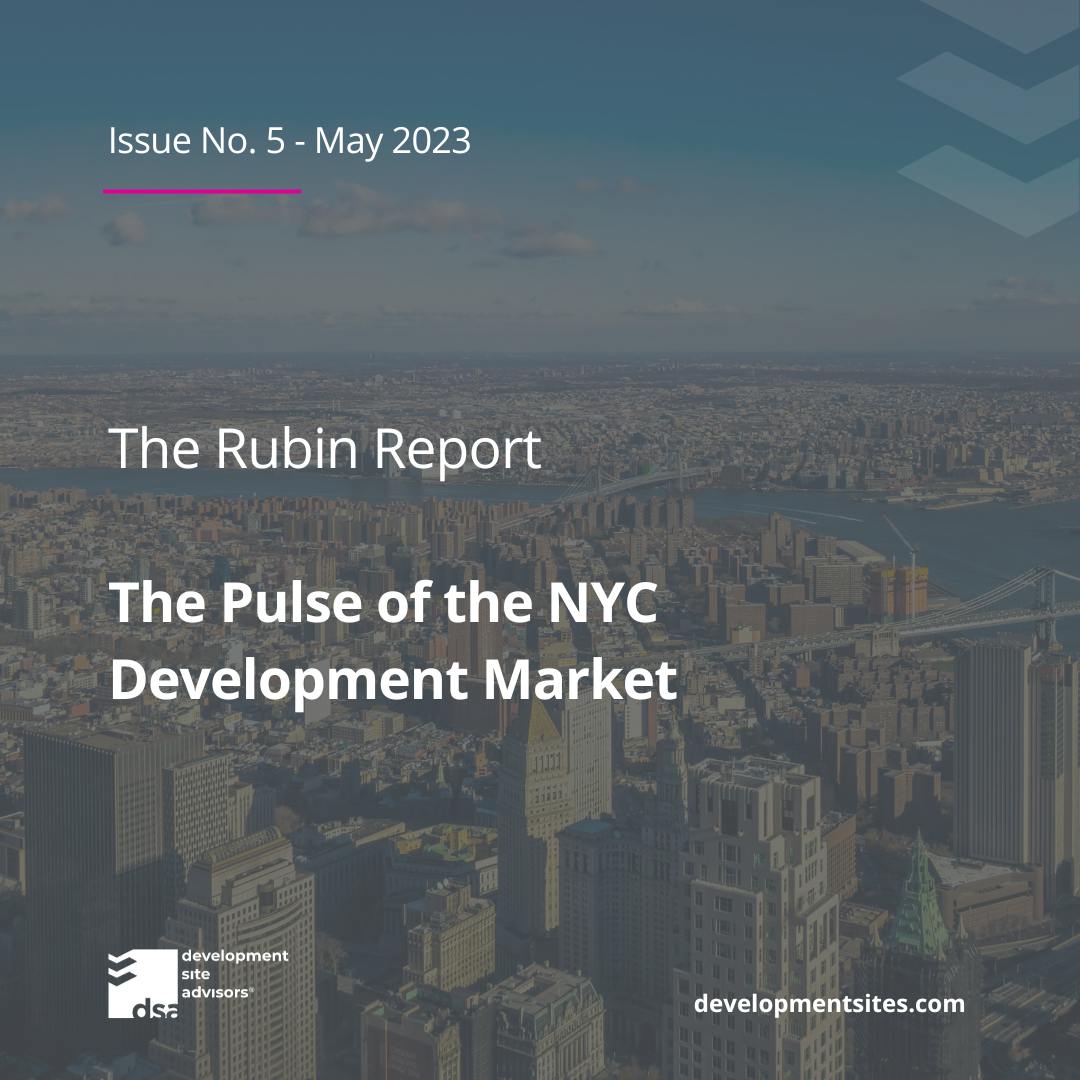
The Rubin Report - The Pulse of the NYC Development / Issue No. 5 - May 2023
As the NYC commercial real estate market continues to navigate through the current cycle, brokers, owners, investors and developers should closely monitor the latest trends and data. In this issue I want to look at the commercial real estate sales market as it relates to Q1 2023 vs. last quarter Q4 2022. I think this is a good gauge on market trends.
Read More
The Rubin Report - The Pulse of the NYC Development / Issue No. 4 - April 2023
Welcome to the fourth issue of The Rubin Report: The Pulse of the NYC Development Market. Interest Rate uncertainty? Bank failures, No 421-a and a late NYS Budget. What is going on?
Read More
The Rubin Report - The Pulse of the NYC Development / Issue No. 3 - March 2023
Issue No. 3 is packed with current financial market & development news, a 2022 year end report, a construction outlook report. More importantly this issue will get you thinking and strategizing!
Read More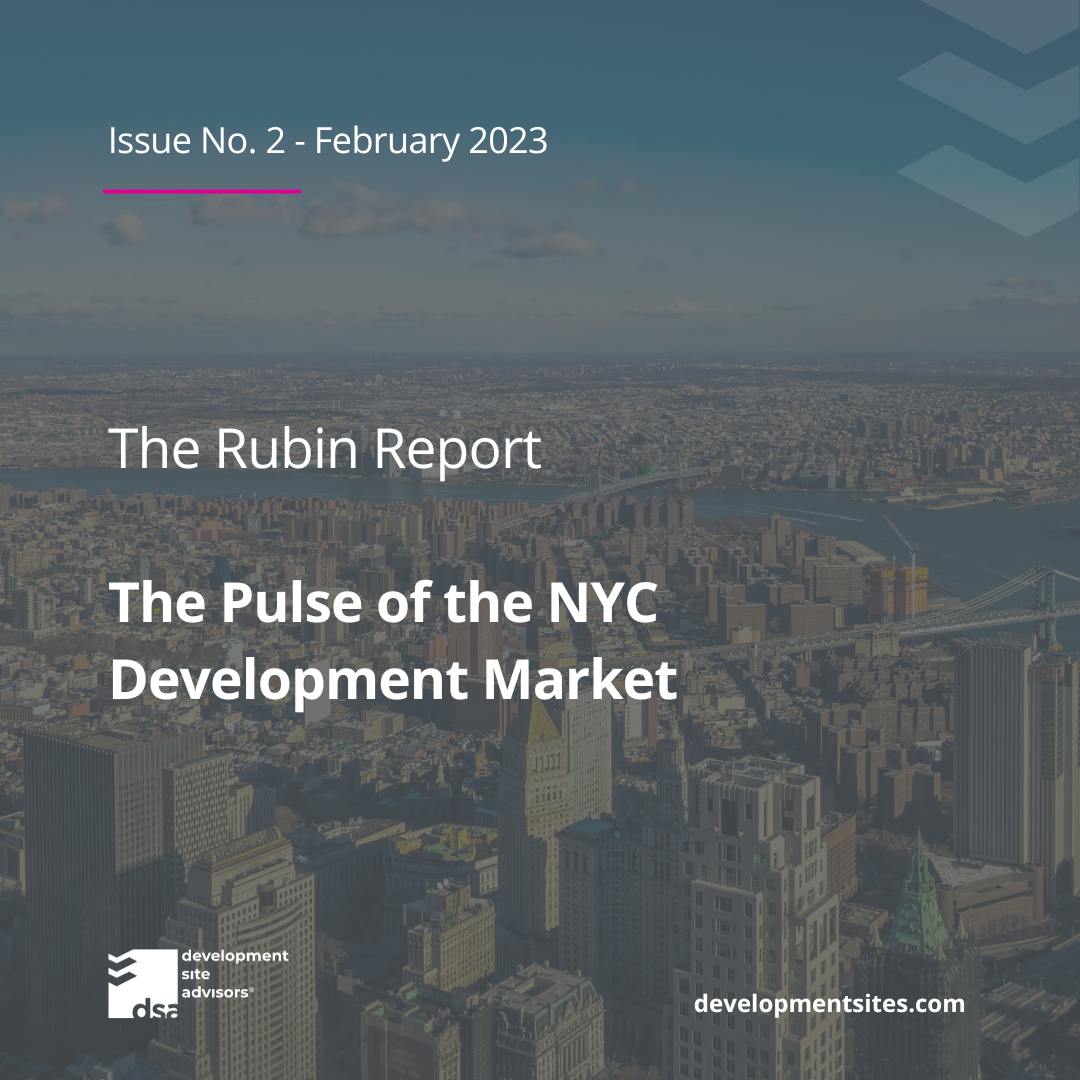
The Rubin Report - The Pulse of the NYC Development / Issue No. 2 - February 2023
In the issue we will dive into Gov. Hochul’s recent State of the State address as well as the 2024 Budget as it relates to Housing and Zoning. The New York Housing Compact, was announced which is a bold new statewide strategy to increase housing supply and combat exclusionary zoning. The goal of the Compact is to produce 800,000 new homes over the next decade, with the aim of addressing the housing crisis in New York State.
Read More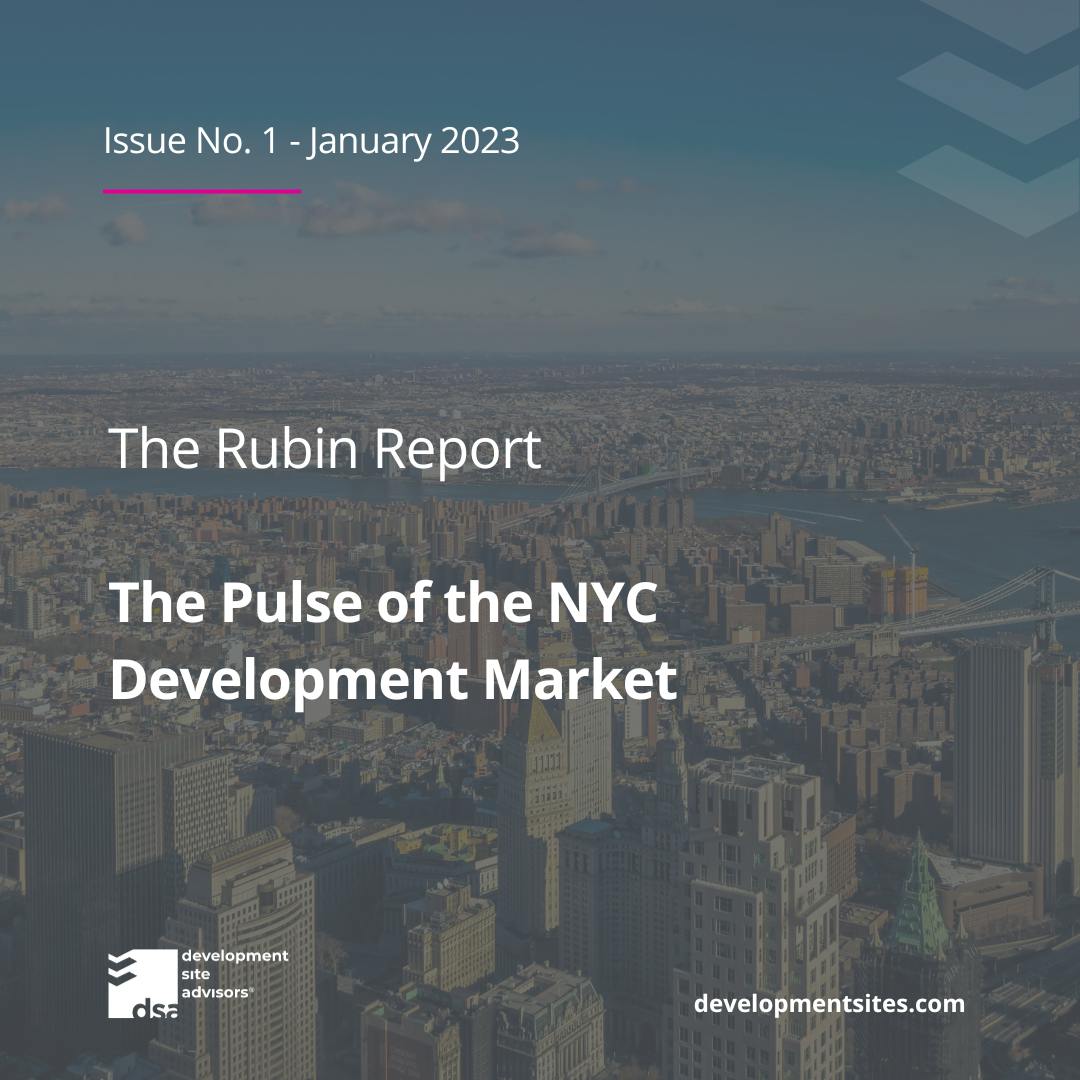
The Rubin Report - The Pulse of the NYC Development / Issue No. 1 - January 2023
In this first issue, we will delve into the 2022 land sale numbers, the current state of the NYC development market including market trends, zoning changes, and recent sales activity. We will also discuss the largest sales by borough and the current lending environment, as well as what to pay attention to this year
Read More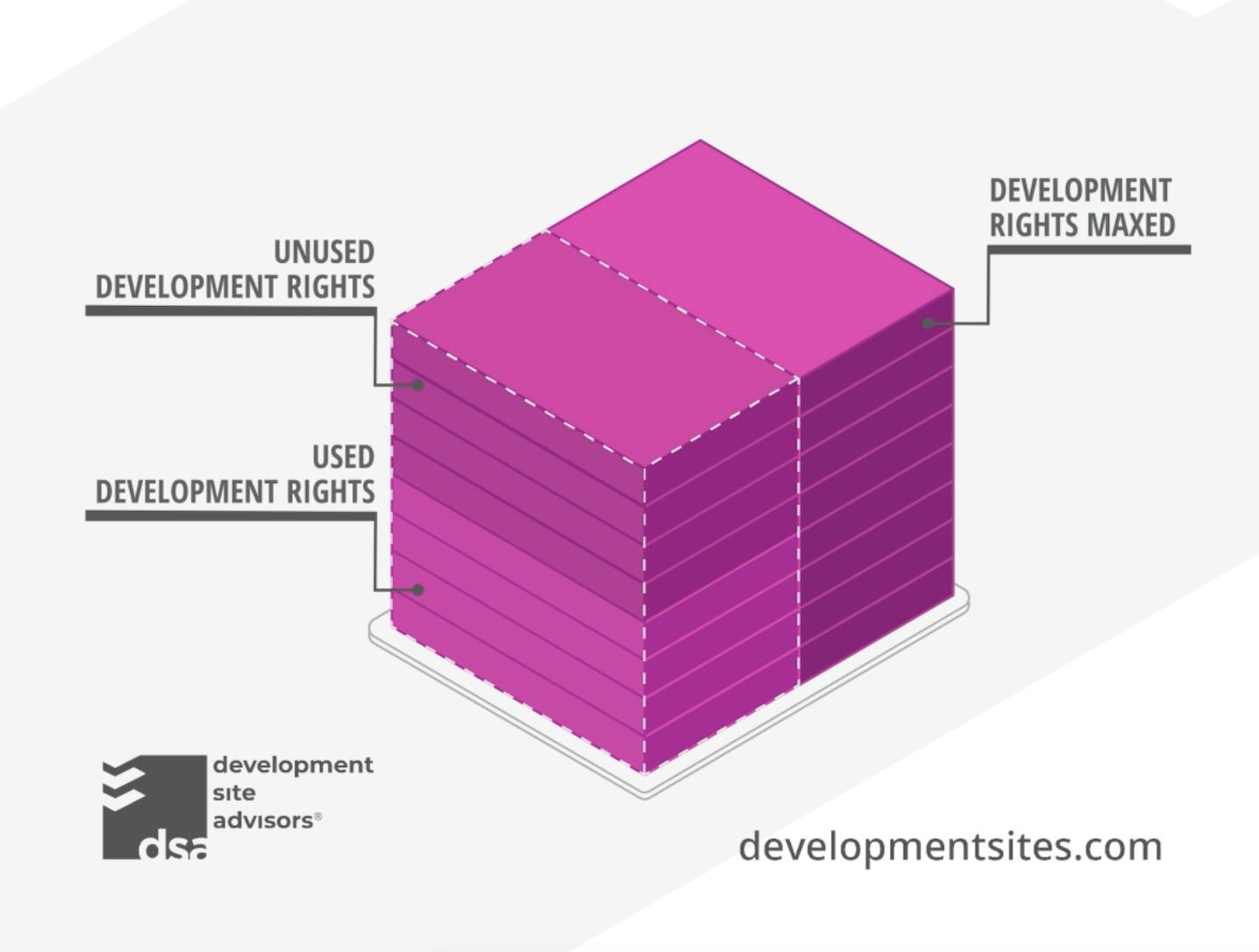
New York City Air Rights
Air rights in New York City, a concept that has shaped the city’s skyline, refer to the unoccupied airspace above a property, often termed as a building’s “unused potential”. These rights are a valuable asset due to the scarcity of land and high demand. Property owners can generate income, finance improvements, or preserve historic landmarks by transferring or selling this unused potential. This also benefits developers who can build taller and more profitable structures in desirable locations.
Read More
Developers Helping Developers: The Use of Rescue Capital in Today’s Economic Climate
Given today's current rate environment, many borrowers will be unable to fulfill their loan requirements. To survive, property owners have to come up with strategic ways to complete, recapitalize and operate their assets. While December 2022 showed its first signs that the Federal Reserve's decision to methodically increase interest rates is slowing down inflation, there is a long way to go until we see an easing policy environment.
Read More
Three New Ways To Think About Housing In The City
THE POLYFUNCTIONAL BUILDING For the most part today, multifamily housing is designed to contain almost only residences. When a mixed-use design is considered for multifamily housing, the commercial or community component is almost always confined to the ground level.
Read More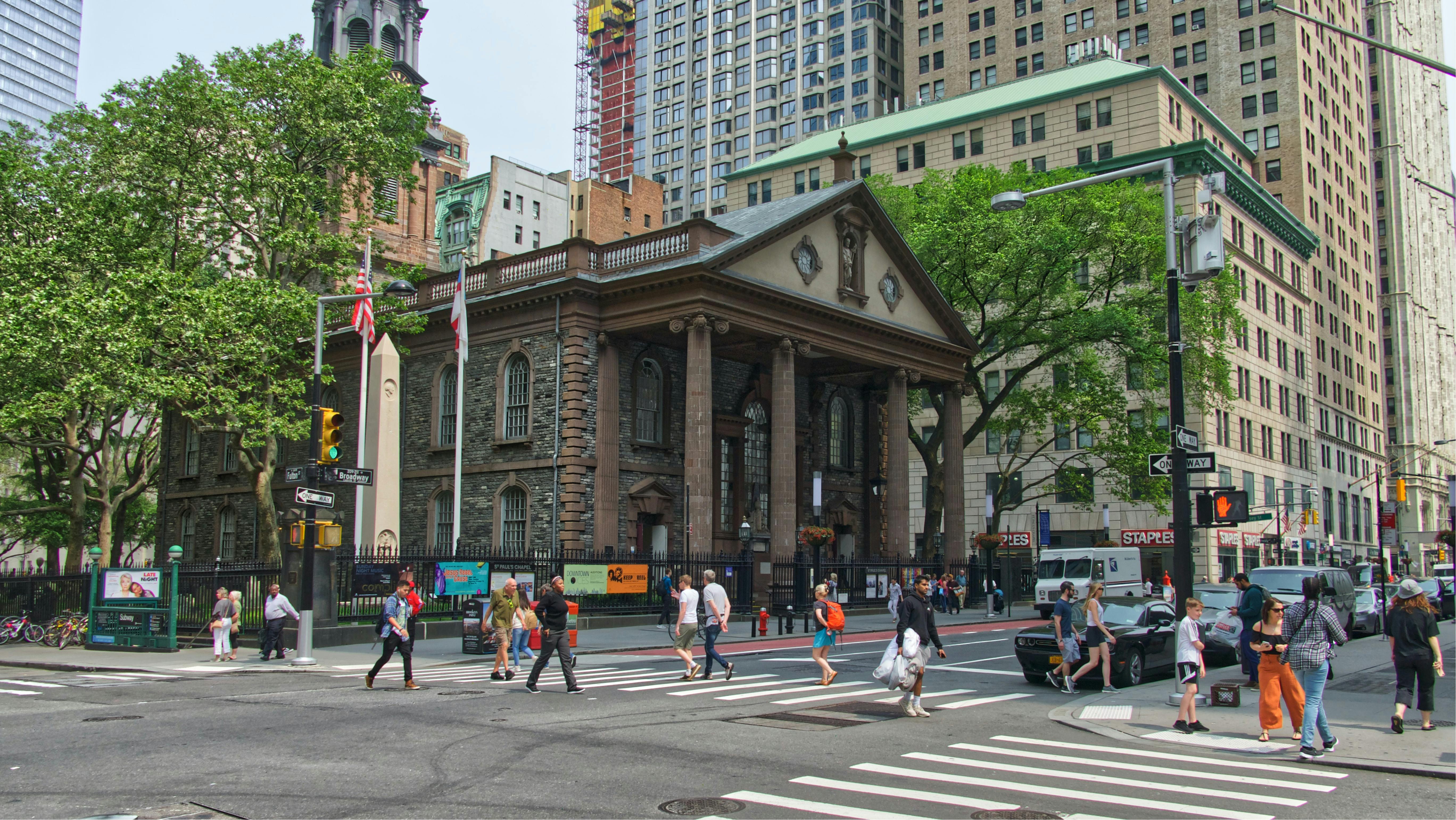
New York NPCL 511/511-a & Legal Considerations When Transferring Real Property Owned by Not-For-Profit Corporations and Religious Corporations
Not-for-profit corporations and religious corporations own a considerable amount of real property in New York City and are increasingly more active in real estate transactions. These real property transactions are likely subject to regulations which impose unique considerations.
Read More
Expanding Floor Area Ratio for Development Sites through Adverse Possession
Most developers know that the amount of FAR (Floor Area Ratio) on a potential lot is a determinative factor of the financial success of a project. As defined in the NYC Department of City Planning Glossary of Zoning Terms, “FAR is the ratio of total building floor area to the area of its zoning lot.” The size of your lot determines how much buildable floor area is permitted in your building by the building department.
Read More
Obtaining A Zoning Variance in New York City
When it comes to zoning, one size does not always fit all. The zoning districts of the city’s Zoning Resolution – within which regulations govern what and how much can be developed on a parcel of land – are often mapped broadly in the case of areawide rezonings, sometimes covering hundreds of blocks at a time.
Read More
Office-to-Residential Conversion
The office-to-residential conversion has become a hot real estate topic due to the changing economy and declining office demand resulting from the pandemic. The surplus supply of empty office buildings urges many property owners to opt for converting their buildings into residential spaces to take advantage of the ever-growing housing demand in the New York City.
Read More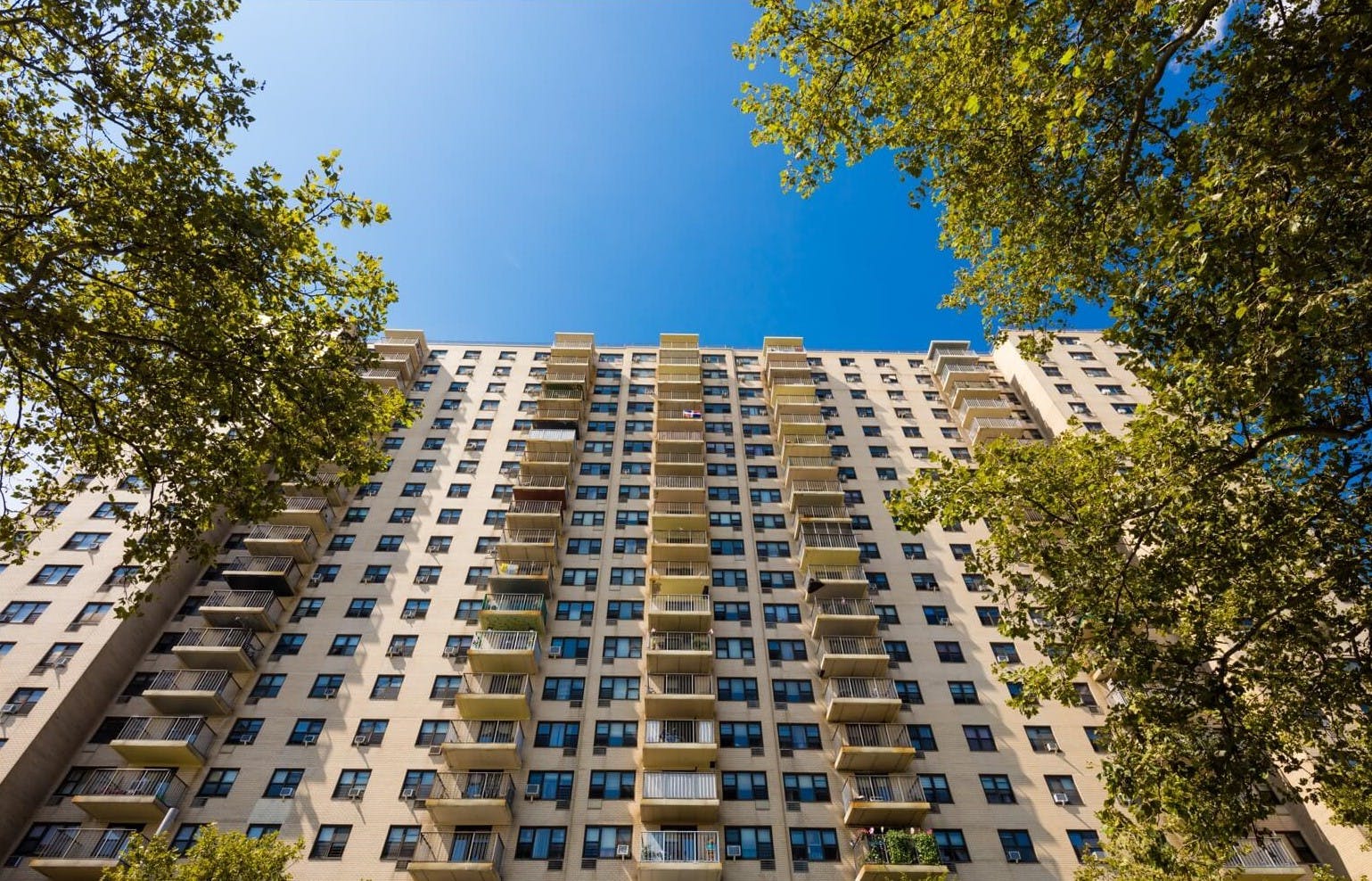
The 2022 South Bronx Development Landscape
Last June the 421A program that assigned tax breaks in exchange for affordable units in new developments expired. A replacement program has not yet been created and has left many in limbo. This happened when the real estate industry in New York was gaining momentum after the worst days of COVID seemed to be behind us.
Read More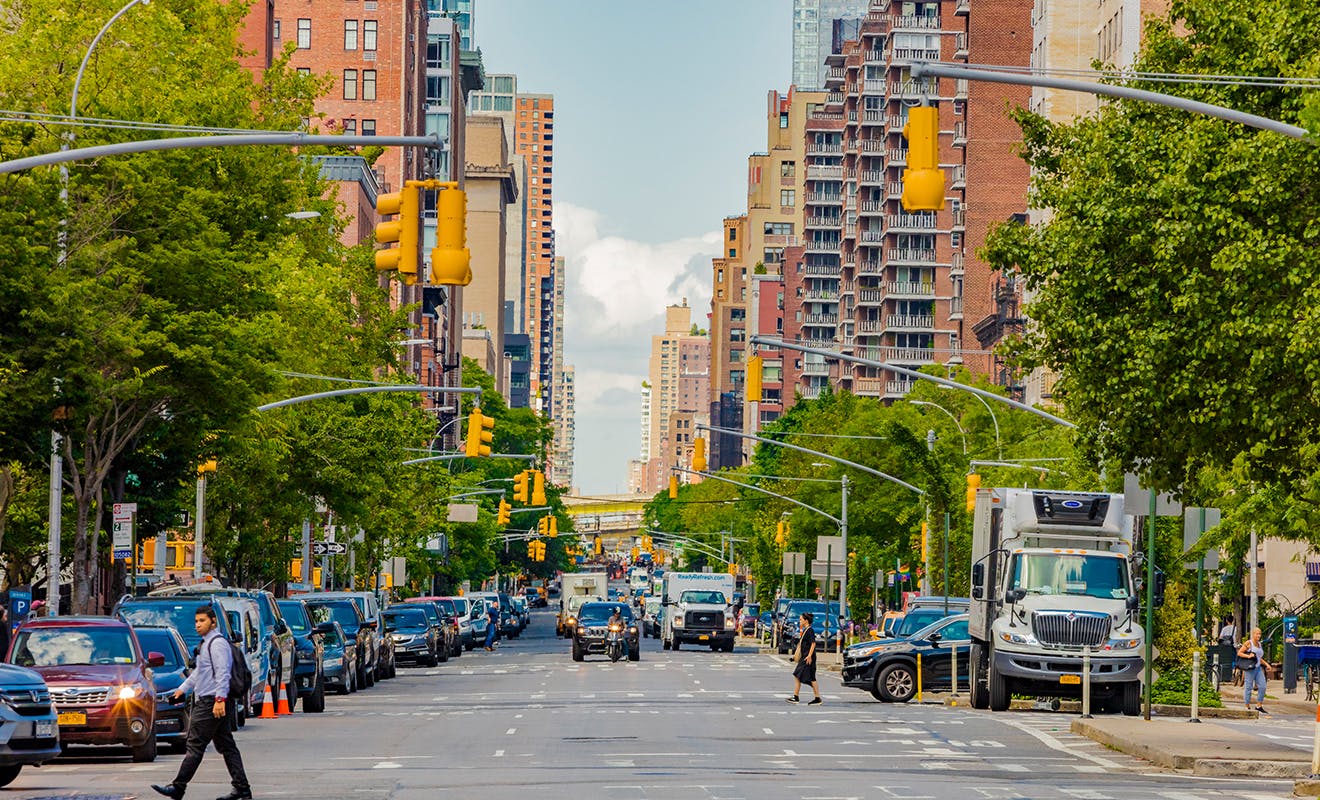
The Future of Special West Chelsea District
The Special West Chelsea District [WCH] was established to create a mixed-use community in the West 20’s between 10th and 11th Avenues, centered around the High Line Park, and embracing the arts and galleries that had already begun to proliferate in the area. The Northern limit at West 30th Street borders directly with the Hudson Yards Special District [HY], with which it starkly contrasts, and extends South to 17th Street, then follows the High Line to the East side of 10th Avenue, ending at 15th Street.
Read More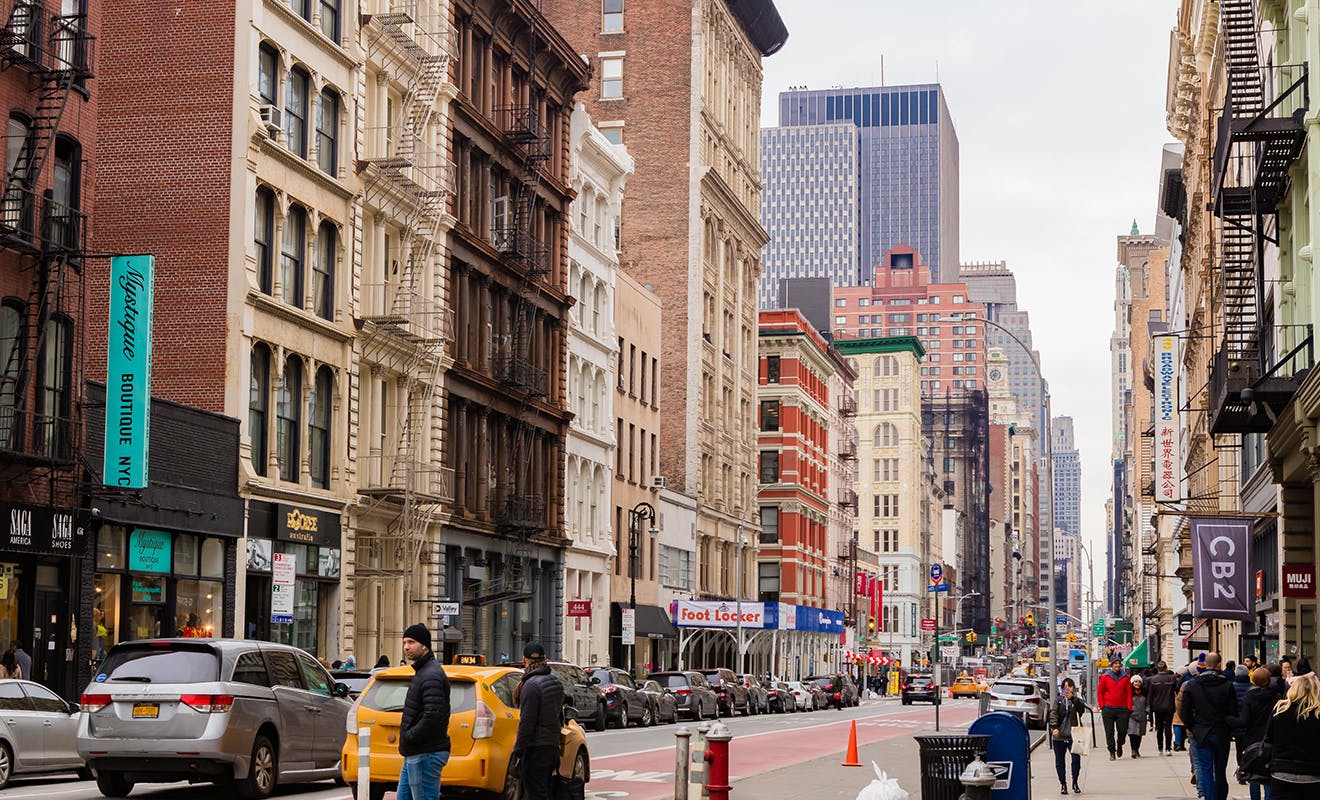
The 2020 Updates of the SoHo/NoHo Rezoning Plan
SoHo was once the artists’ enclave, a haven of opportunity and affordability for the struggling artists of the 60s. Since the widespread migration to this iconic neighborhood, it had transformed into a global hub for luxury retail and high-end fashion. For the first time in 50 years, the City of New York drafted a SoHo/NoHo rezoning plan to update the area’s antiquated zoning laws, allowing low-income New Yorkers a chance to prosper from what Soho/Noho has to offer once more.
Read More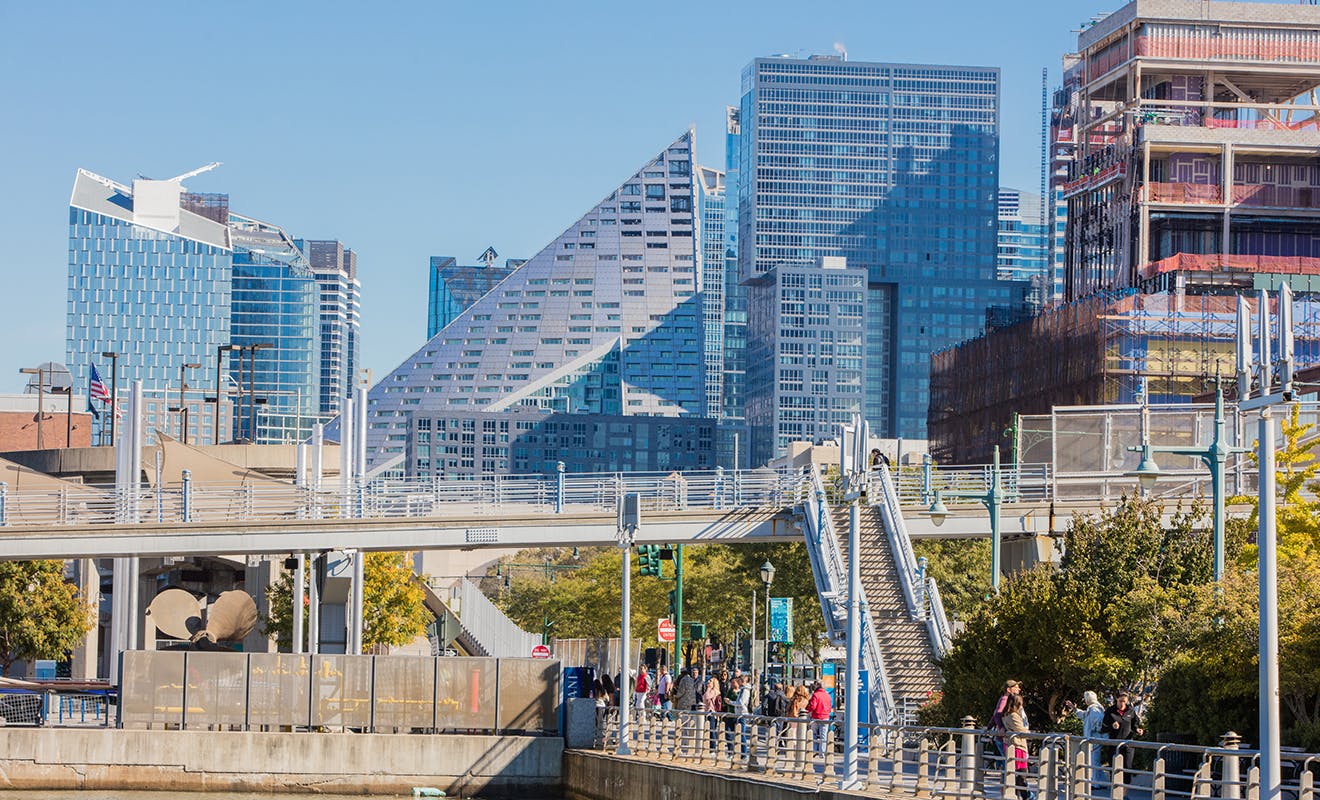
The Special Clinton District and Affordable Housing
The Special Clinton District was added to the zoning resolution in 1974, among the primary purposes was to preserve the existing low-rise residential character of the district, while incentivizing development, but in keeping with the character of the neighborhood.
Read More
A Focus on NorthWest Queens: Recent land sales for 2021
Find the highlighted details of ten recent development site transactions in Astoria and Long Island City, Queens, valued at $1 million and above.
Read More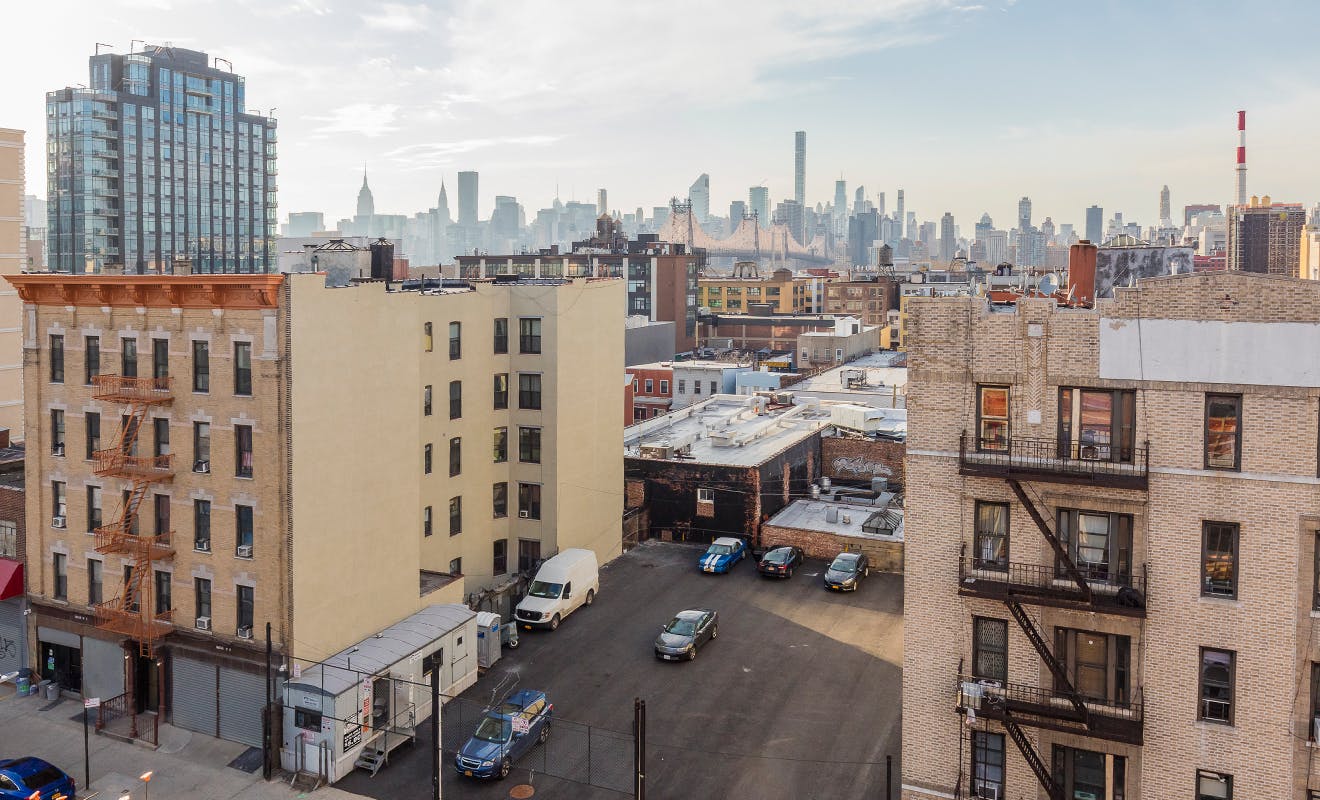
The Astoria Development Market
Astoria has had a very busy year in real estate. While there was concern regarding the direction the market would take, there has been a lot of action in development sites trading. The expiration of the 421a tax abatement and rising interest rates were a curveball but did not deter developers from acquiring and building. As of October 2022, 75 new building permits have been filed and 28 have been approved. Developers are eager to get their projects off the ground and it is evident by the numbers.
Read More
DSA Company Report On 421a
As you may or may not know, the current 421-a tax exemption, also known as Affordable New York, is set to sunset on June 15, 2022. 421-a has long been a useful tool to encourage development due to its generous property tax exemption. This exemption had an impact on the property’s value and our research will explain its effects.
Read More
The West Remains Wild
The West Side of Manhattan has not seen much in the way of stalled projects due to Covid 19’s impact and associated business interruptions and shutdowns. Many projects were planned, permitted, and funded by late 2019, or were already under construction when quarantine started. Concerns about delivery timelines and sellout prices meeting pro-formas are an ongoing concern.
Read More
The Two Bridges Project Explained
Bounded by South St to the south, Brooklyn Bridge to the west, East Broadway to the north, and Montgomery Street to the east, we enter Two Bridges. This waterfront enclave, a majority of it in an R7-2 zone, is home to a community that is predominantly in the low- and moderate-income bracket.
Read More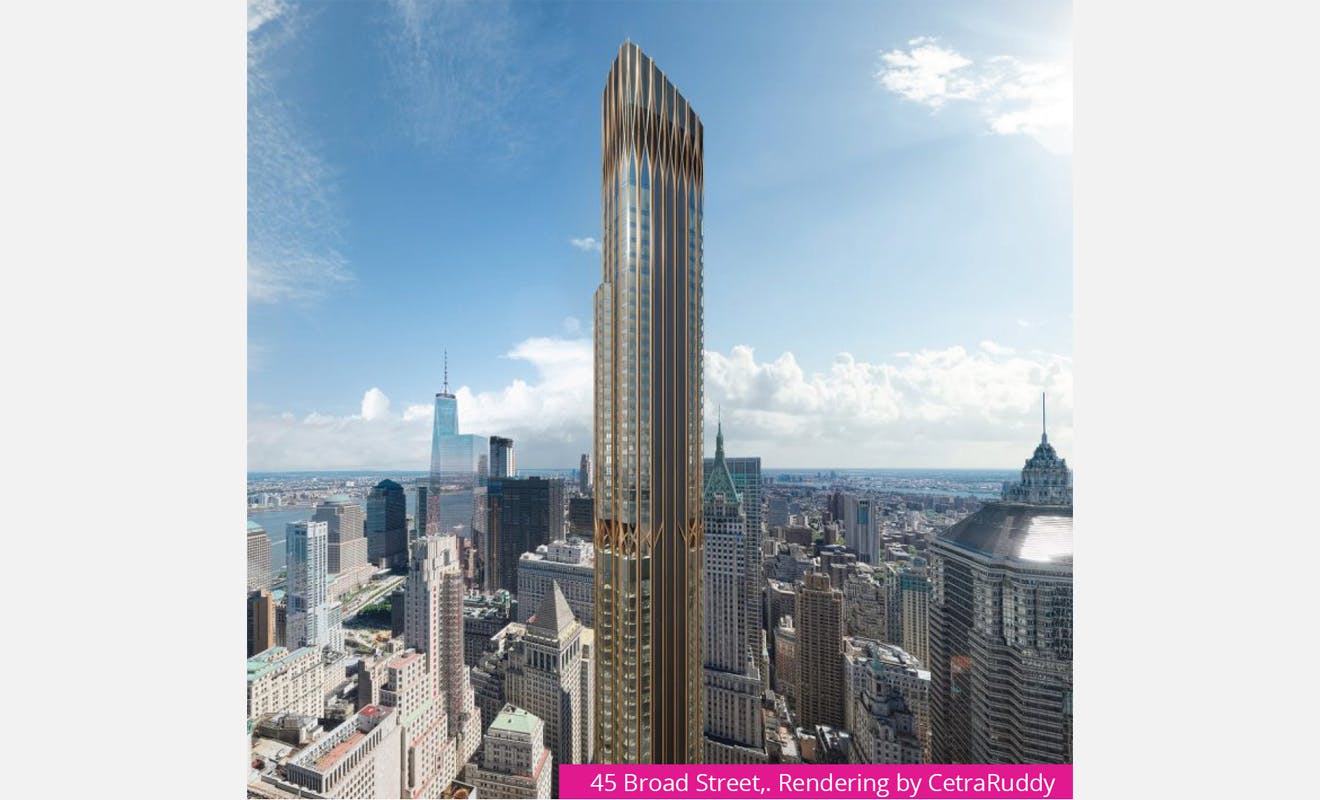
The New Towers of Lower Manhattan
New York City’s iconic skyline is changing year by year as top developers fight to be a part of the cityscape. Today we will dive into the new towers of Lower Manhattan that have yet to be built but will eventually hold their place in NYC’s skyline history.
Read More
Hudson Yards: The Catalyst for the Midtown East Rezoning
The Midtown East Rezoning, approved August of 2017, is a rare opportunity for the Plaza District to modernize and rebuild its aging buildings. There is however a substantial cost to rebuilding active product, and I would argue that Hudson Yards is a catalytic steppingstone in helping Midtown East reach its full potential.
Read More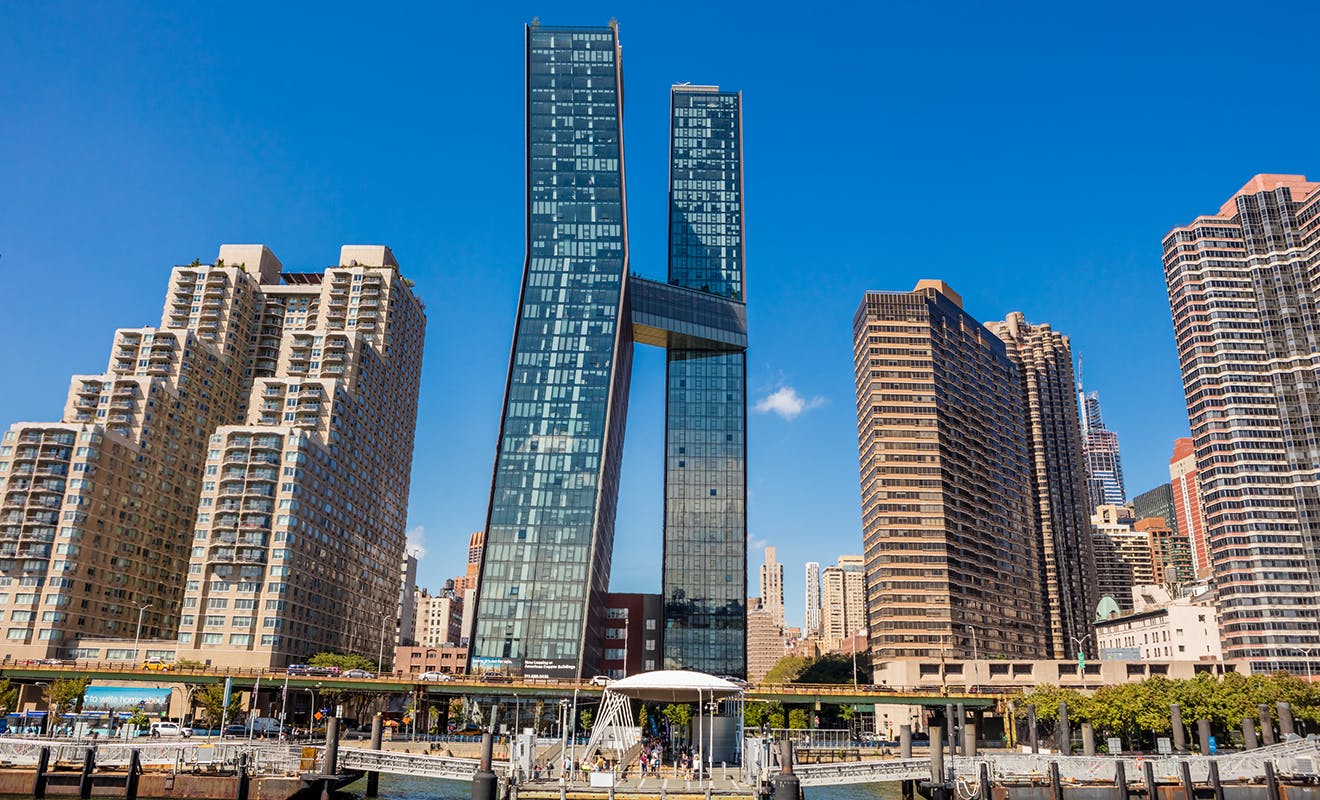
Climbing to New Heights in Midtown East
The Eastside of Manhattan is many things, but underdeveloped it is not. It’s an eclectic mix of midrise blocks and towering structures that make you believe dreams do come true, and a strong pulse of constant change, both in the people and the landscape of the buildings.
Read More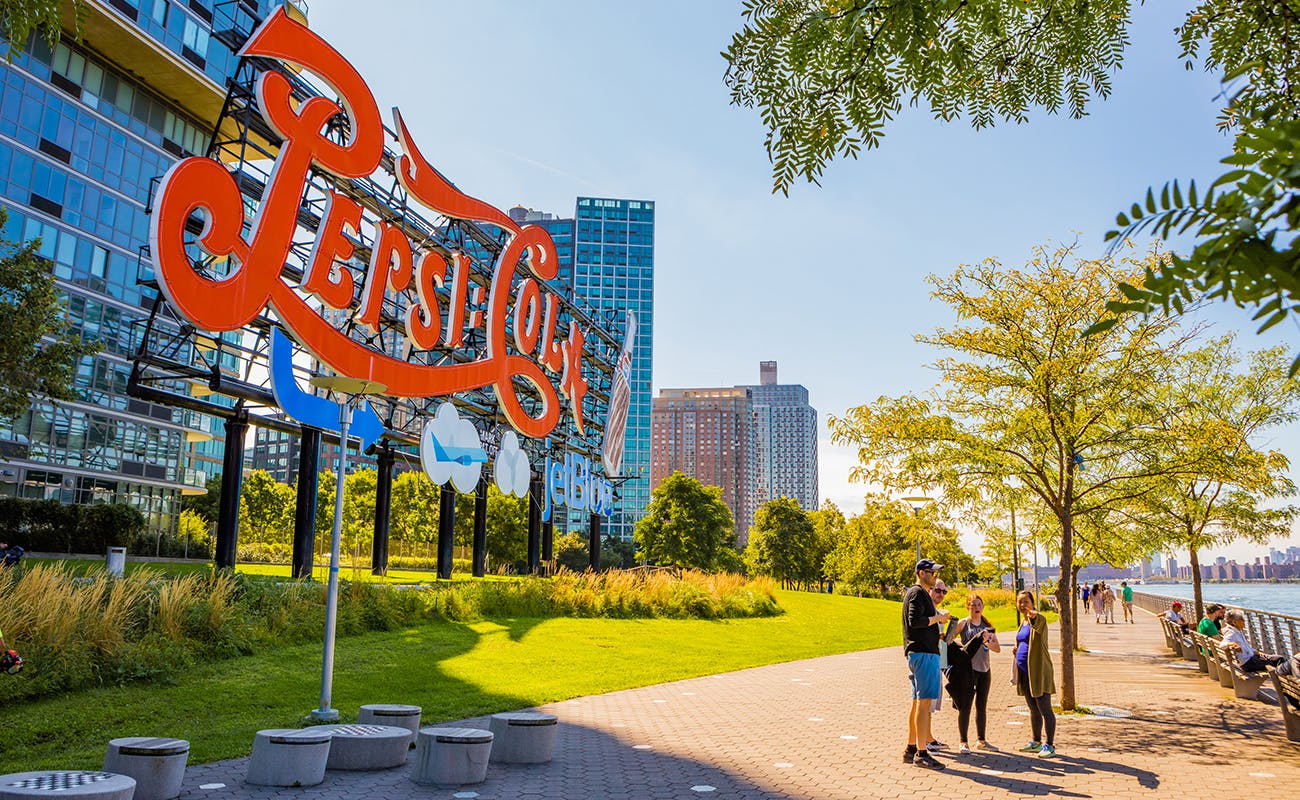
The Queens Development Market
In the development site asset class sector, 2015 was a record year for Queens with many firsts. It was the first time Queens hit 102 transactions (a 21.42% increase from 2014), a total dollar volume of $1.1billion (a 40.66% increase from 2014) and a $10.6M average sales price, the first time it reached double digits. (a 13.97% increase from 2014). 2015 was also the year with the largest amount of proposed new dwelling units at 13,014 units. Five years later, and where are we in this asset class?
Read More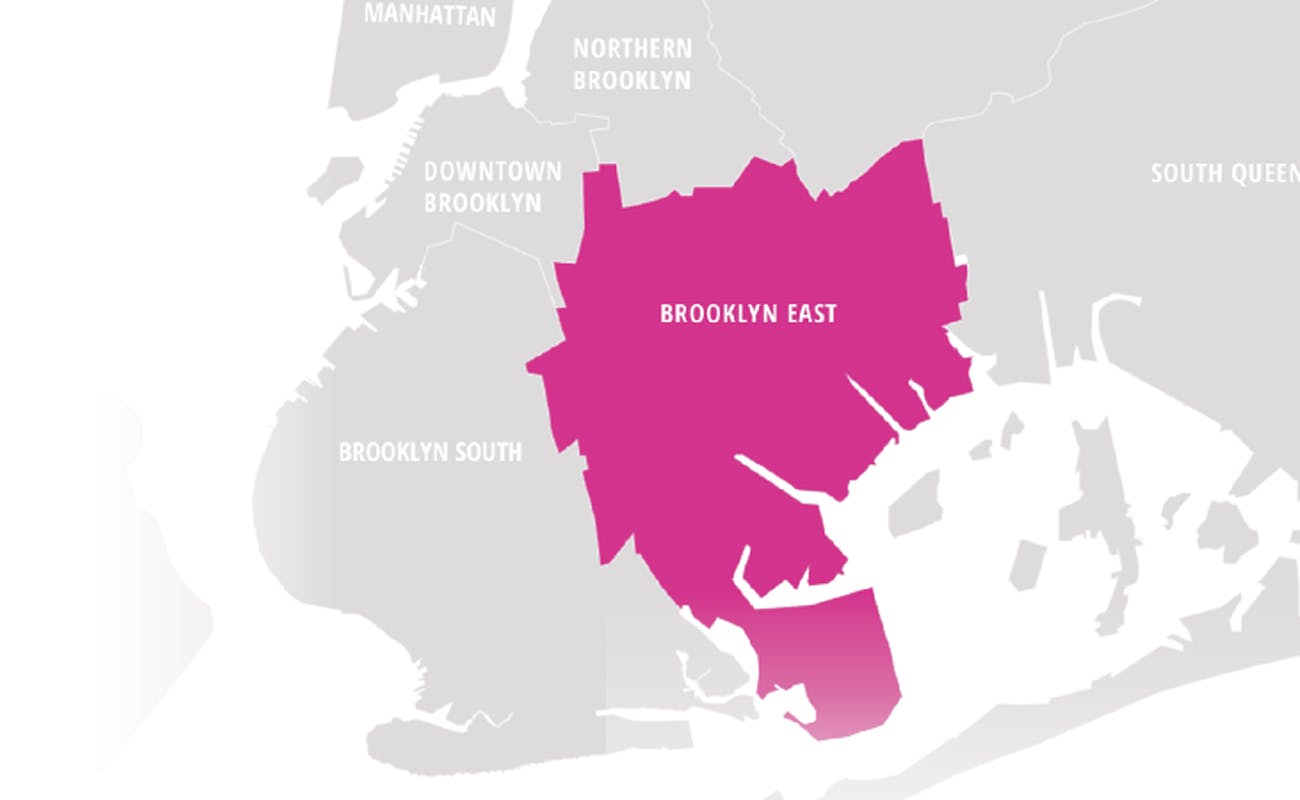
The East New York Rezoning
In 2016, the de Blasio administration targeted 10 to 15 neighborhoods to rezone in NYCs greater metro area. Among them, East New York’s plan was the most prominent, with $267 million in planned capital investment for schools, parks and infrastructure. The goal of the East New York rezoning is to spur neighborhood development and revitalize underserved areas; focusing its redevelopment efforts towards the creation and preservation of affordable housing for its economically disadvantaged communities. The East New York rezoning was a much-needed opportunity for the neighborhood’s growth and prosperity.
Read More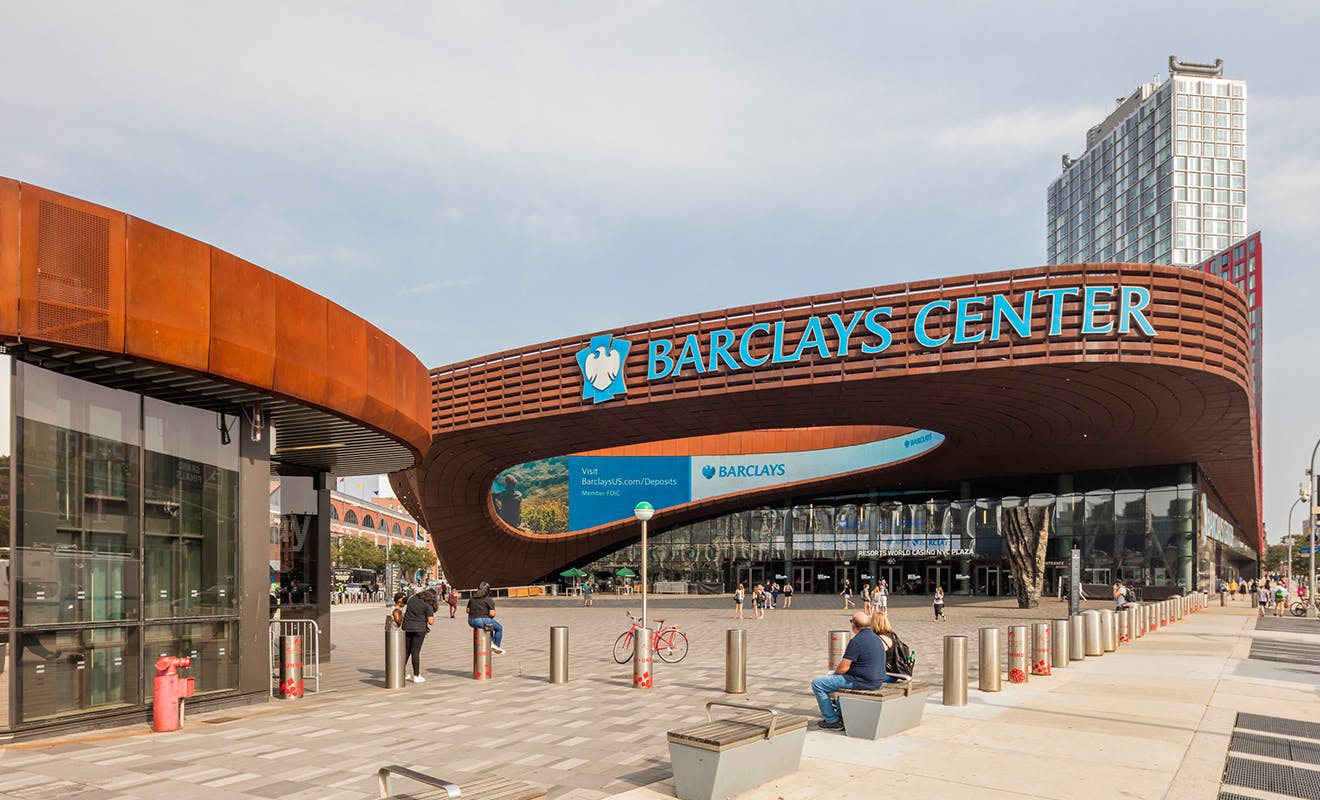
Red Hooked
Red Hook continues to be a beacon of value in the Downtown Brooklyn area. The neighborhood is surrounded by water on three sides and by the Gowanus Parkway as well as the Battery Tunnel on the fourth. Nearby neighborhoods include Columbia Street Waterfront District, Carroll Gardens, Gowanus and Sunset Park. Some compare it to Battery Park or even Hudson Yards.
Read More
The Northern Brooklyn Development Market
Despite the global pandemic effects on the NYC real estate market, the development fundamentals thus far in 2020 in Northern Brooklyn has proven to be a glimmer of hope for this city. The neighborhoods of Greenpoint, Williamsburg, Bedford Stuyvesant, and Bushwick have shown that there is still very strong demand from both NYC residents and developers to be in those neighborhoods.
Read More
White Paper - Inclusionary Air Rights
VIH, or Voluntary Inclusionary Housing, states that a development may receive a density bonus by providing affordable housing in the form of new construction, substantial rehabilitation, or preservation. Inclusionary air rights generated from the bonus can also be transacted and sold to developers. This mechanism benefits both parties as the proceeds from the sale of development rights can be used to pay for the renovation to ensure a long-term preservation of affordable housing while the air rights bought by developers can be used to unlock density bonus.
Read More
Queens, NY Development News
In this article, I will summarize some recent developer New Building filing activity in the Borough from optimistic developers, from October 2020 to December 2020. 10
Read More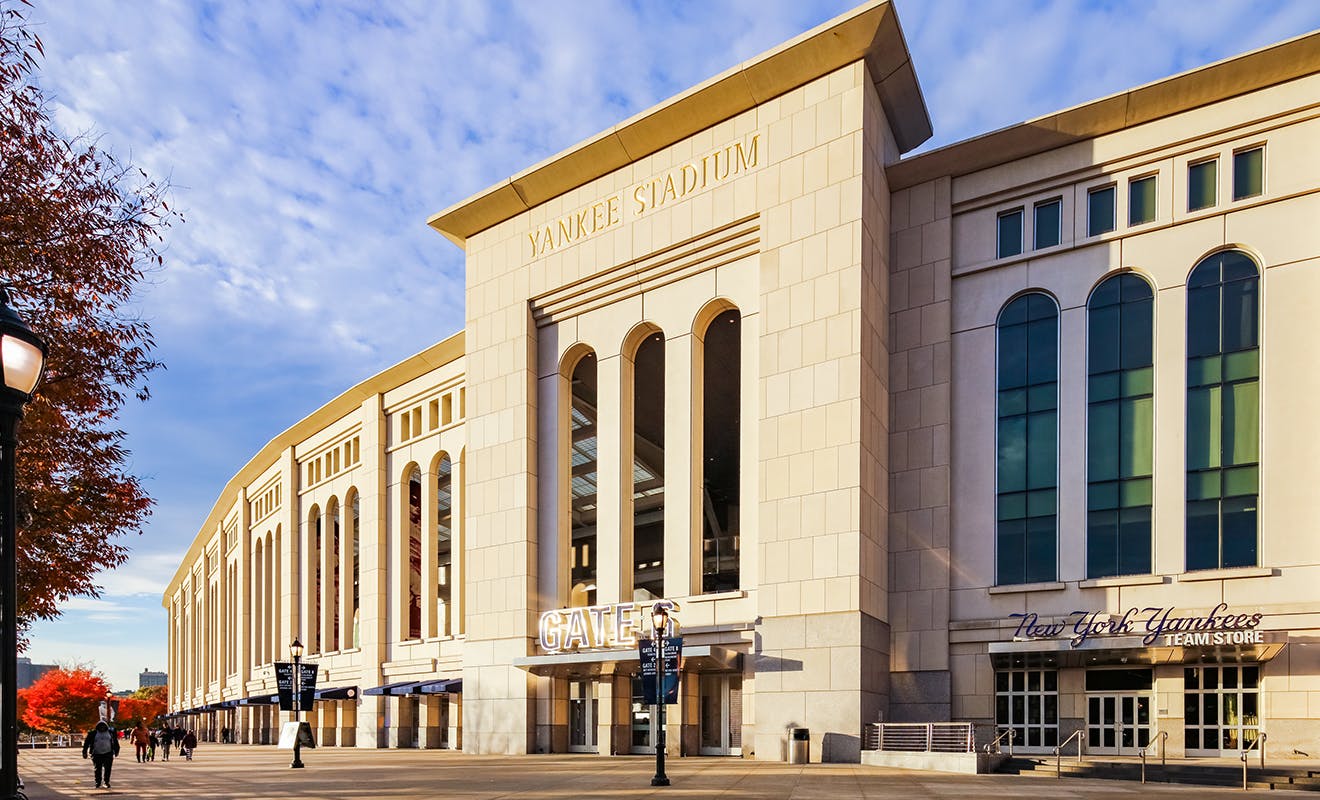
A Bronx Game Changer - MTA’s Penn Station Access Project
Although first contemplated in the 1970’s, the Bronx will finally benefit from a major public transportation project. The Penn Station Access Project is anticipated to be completed in 2024. This Project will improve the lives of thousands of Bronx residents, by providing new transit alternatives, shorter commute times, job opportunities, economic growth, quality of life and environmental benefits. It is further anticipated that Bronx property owners and developers will benefit from these major changes.
Read More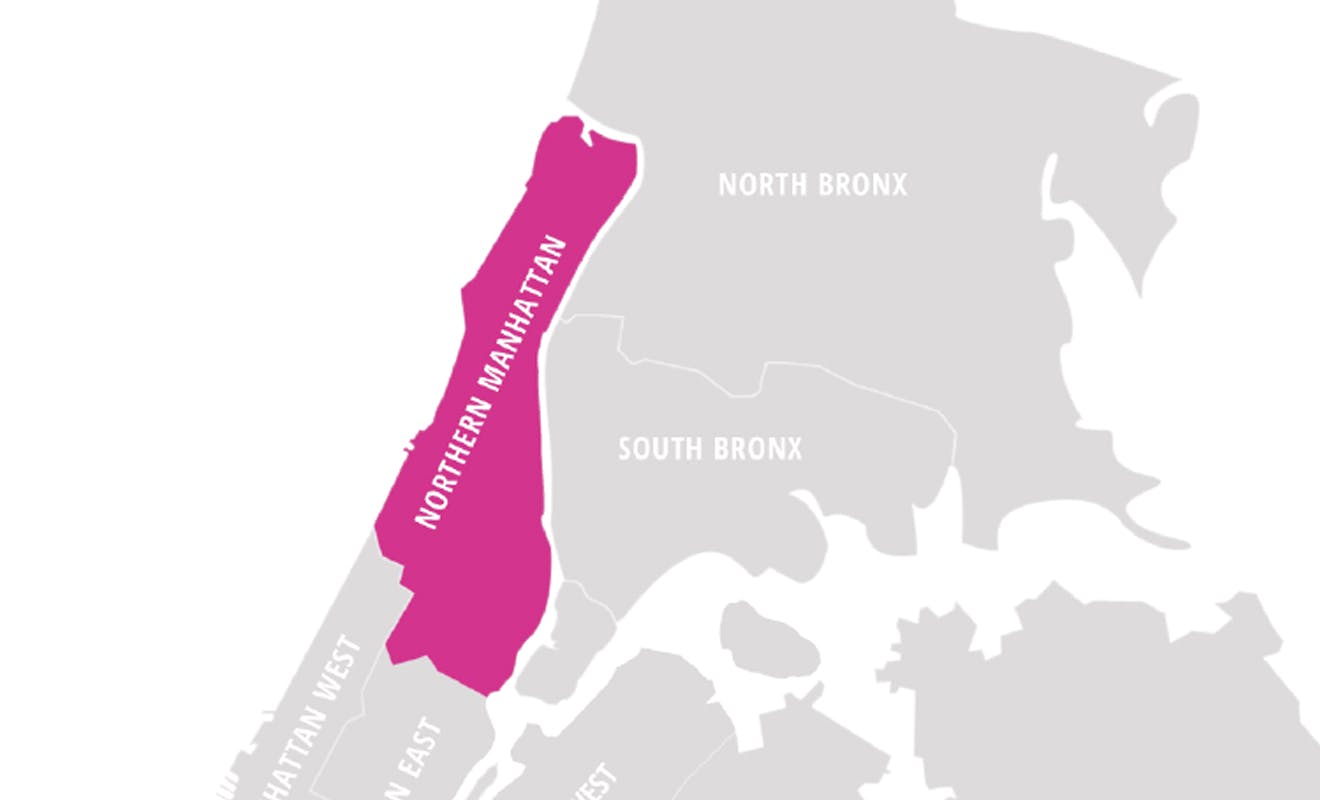
Opportune Developments: The Marriage of Rezoning and Opportunity Zones in Inwood
Upper Manhattan’s northern most point now finds itself on the verge of big changes. Inwood has been rezoned, now joining the ranks of East Harlem, Jerome Avenue in the Bronx, East New York, and the Downtown Far Rockaway Special District in Queens. The rezoning has headlined publications during its lifespan in the Uniform Land Review Process (ULURP) and even before when community discussions first began in 2015.
Read More
The Northern Bronx Development Market
Although the pandemic seriously affected the lives of so many Bronx residents, including their financial livelihood, New York City’s affordable housing policy initiatives are in place to handle the challenges that lie ahead for area residents.
Read More
A Fresh Look at FRESH (as published by the Commercial Observer)
The Food Retail Expansion to Support Health (FRESH) Program was implemented in 2009 as a zoning program through the Department of City Planning (DCP) and a tax incentive program through the New York City Economic Development Corporation (NYCEDC) to address the disparity of access to quality food in large swaths of the city.
Read More
What To Know About NYC Mandatory Inclusionary Housing
With the recent rezonings in Gowanus and SoHo, there is a renewed focus on New York City’s Inclusionary Housing Program, and Mandatory Inclusionary Housing (MIH) is of particular interest to developers seeking to develop in these newly rezoned neighborhoods.
Read More
Year-End Neighborhood Focused PlatformTM- Letter from the founders
It has been a very interesting year! During the shutdown, Development Site Advisors® grew the company by 100%, hiring 7 new brokers in addition to more back-office support (and we are now recruiting for our 2nd broker class on Q12021).
Read More
Hotel To Residential Conversion
The global COVID-19 pandemic has undeniably transformed the way people live and work. The sudden drastic decline in airplane passenger traffic in relation to tourism and businesses has slammed NYC’s hospitality sector these past years.
Read More
Inwood – “The Best-Kept Secret of Manhattan”
The best-kept secret in Manhattan, Inwood, has a profound significance to the island’s founding. The setting was Inwood Hill Park where the Dutch struck a deal with the Lenape tribe to buy the island of Manhattan for 60 Dutch Guilders, roughly $24 dollars in today’s monetary value, in May 1626.
Read More
Lights, Camera, Action: A Bright Future for Sunset Park
The current development project in Bush Terminal positions Sunset Park as a hub of creativity for all, while committing to providing more opportunities for its diverse population. Simultaneously, the controversial rezoning and expansion plans for Industry City, which garnered an 11-1 vote, showed overwhelming support from the City Planning Commission and is now in the final stages of approval, promising to bring thousands of jobs, while increasing economic activity to the immediate area. With these recent developments, Sunset Park stands out as a visionary place, and is brimming with opportunity for a very bright future.
Read More
125th Street Renaissance
Harlem has been gearing up for a new renaissance for a while now. The new developments being planned and/ or completed in and around 125th Street, exemplify that. Many of these new developments are residentialcentric but, there are also plans to build a 441,000 square foot brand new, Class A office building in East Harlem (developed by Extell Development) called HHQ as well as, the first new hotel in Harlem in 85 years with the redevelopment of Victoria Theater.
Read More
Development Ground Leases and Joint Ventures – A Primer for Owners
If you own real estate in an up-and-coming area or own property that could be redeveloped into a “higher and better use”, then you’ve come to the right place! This article will help you summarize and hopefully demystify these two methods of improving a piece of real estate while participating handsomely in the upside.
Read More
An Overview Of Rezonings In New York City
The Zoning Resolution of the City of New York (the “ZR”), which includes hundreds of pages of text and zoning maps governing what uses and bulk are permitted on every block in the City, was formally adopted on December 15, 1960 – over 60 years ago. In a city characterized by constant, dynamic growth, the ZR was practically outdated almost from the moment of its inception.
Read More
Founders Letter Fall 2022
Friends, We are so pleased to present you with our Fall 2022 Development Whitepaper: The Neighborhood Focused Platform® (NFP) Experts Issue. In this issue we will hear from our Neighborhood Focused Area experts on development within their respective territories along with a special report from our in-house architect team.
Read More
Live here, play here - Revitalizing Coney Island
It takes a vision and tremendous resources to create the momentum for the Coney Island development landscape.
Read More
Completion Guarantees In Ground Leases: What Are They Good For?
There is no shortage of discussion among lawyers about the utility of completion guarantees. In a typical development ground lease, the landlord selects a developer to construct new or substantially refurbish property and then operate that property for the production of income.
Read More
The Architect’s Take: Sliver Law NYC
Sliver law affects dense residential districts including R7-2, R7D, R7X, R8, R9 and R10 according to ZR 23-692. In those residential districts, portions of buildings with street walls less than 45 feet in width shall not be permitted above certain heights depending on the width of the street.
Read More
What Lies Below
Most owners and developers that have developed sites in New York City realize the importance of understanding the potential impact of subsurface conditions on the site potentials.
Read More
Transferring Development Rights by Zoning Lot Merger
The most successful marriages are combinations that benefit both individuals. So it goes in a zoning lot merger, which is like a marriage between New York City properties. In a zoning lot merger, owners combine adjacent lots into a shared zoning lot, and pool together their development rights.
Read More
Zoning for Accessibility
A major amendment to the NYC Zoning Resolution is being proposed that would have far-reaching impact on timing and cost of construction for most developers whose properties are close to a subway or rail station.
Read More
Gowanus Rezoning Update
There seems to be light at the end of the tunnel for a new Brooklyn project, the Gowanus Rezoning Plan. This venture is the city’s effort to revitalize the mainly-industrial neighborhood of Gowanus by adding more affordable housing, along with modern new developments. Several City Council Members, as well as Mayor Bill de Blasio, are pushing for the project as they hope to certify the rezoning plan by January.
Read More
Forever Resilient Brooklyn
One might assume that an expansive metropolis like New York City would buckle under the pressure of a global pandemic. But the resiliency of New Yorkers is mirrored in the strength of the development community. The future of the development sector and the real estate industry as a whole, is bright and thriving.
Read More
The Northern Manhattan Development Landscape
Northern Manhattan has seen a modest amount of development and redevelopment site transactions in the past 12 months. This is a breath of fresh air in NYC where seemingly everything was put on hold in. Northern Manhattan was especially quiet in the first half of 2020. Since then, we have seen some life again with significant transactions that demonstrate where development is going in Upper Manhattan. There are more charter schools, spec office assemblages and storage development being proposed for the area as opposed to residential buildings, according to sales data since September 2020.
Read More
Neighborhood Focused PlatformTM- Letter from the founders
In our first whitepaper, our Neighborhood Focused Platform™ brokers shine and demonstrate their expertise. If you are a developer, use this paper to help decide where your next project should be. If you are an owner in one of these areas, get smart on the current events of your neighborhood; knowledge is power. We hope the entire marketplace uses this valuable whitepaper as a go-to resource.
Read More
Founders Letter for Development Whitepaper 2021 Summer- Experts Edition
Wow. What an amazing whitepaper we have for you in this issue. We have compiled some of the brightest minds in the development space and asked for their take on specific topics relating to this sector; the result is an invaluable whitepaper that will serve as a tremendous resource for owners, developers, brokers, architects, and anyone in the development site sector.
Read More
Founders Letter Fall 2021
On March 13, 2020, President Trump announced a National Emergency due to COVID-19. On March 28, 2020 Governor Cuomo halted all nonessential construction sites in NYS. On the business front, retail establishments were closing, offices were closing their doors with non-essential workers ordered to stay home. It was a time of great uncertainty and tragedies.
Read More
Securing 421-a(16) Tax Exemption Eligibility
As a part of the proposed 2023 FY budget, New York State Governor Kathy Hochul released the details about the new program called Affordable Neighborhoods for New Yorkers (“ANNY”). The program is proposed to replace the existing 421-a(16) Tax Exemption that is approaching a sunset date on June 15, 2022. Although the deadline is only a few months away there is still time for new projects to secure eligibility for the program.
Read More
A New Landscape For Gowanus
One might assume that an expansive metropolis like New York City would buckle under the pressure of a global pandemic. But the resiliency of New Yorkers is mirrored in the strength of the development community. Despite all the challenges, and there are many of them, New York came back very strong.
Read More
What Lies Below, Part 2: City Infrastructure
Most owners and developers that have developed sites in New York City realize the importance of understanding potential impacts of adjacent buildings, other structures and city infrastructure on their developments plans. These impacts may have significant influence on what can be reasonably designed and constructed on any site.
Read More
Founders Letter Spring 2022
In this invaluable and crucial issue of our Development Whitepaper, you will read and learn about the complexities of Completion guarantees on Ground-leases, potential construction impacts of adjacent buildings and city infrastructure, Hotel to Residential conversions, a detailed look at Mandatory Inclusionary Housing in NYC, and how to secure the 421-a abatement for your project before the mid-June 2022 deadline.
Read More
421-a: Past, Present and Future
New York City’s highly sought-after tax exemption program for new multi-family developments called 421-a has expired as of June 15, 2022. Developers needed to set aside 25-30% of their market rate units as affordable to qualify for the “up to 100% tax exemptions for 25 years”. The programs’ goal was to increase affordable housing across the 5 boroughs. Low-income workers could benefit as a lot of 421-a developments are in more affluent communities. According to city data, 421-a costs the city more than $1billion yearly to maintain the program and about 90% of new residential construction has received 421-a or other tax breaks in the last decade. Developers who completed the project’s foundation before the deadline and finish construction before June 15, 2026, may still qualify for the tax break. Tax breaks like 421-a is important to developers because real estate tax for multi-family buildings can make up to 25 to 30% of gross revenue – much higher than most apartments in the country. As such, this becomes a popular solution which makes new construction and operating it financially feasible.
Read More
The Upper Manhattan Development Landscape
The need for affordable housing has never been greater. Which begs the question, why would New York State, and by extension New York City, let the 421a tax abatement lapse?
Read More